Many wine-drinkers, especially newbies, may see Bordeaux as overly expensive and traditional. They may think about Bordeaux as a place with only two styles of wine: one from the Right Bank, one from the Left Bank. But this is far from the truth.
Bordeaux serves up a rich diversity of terroir, styles, and affordability. Wine lovers everywhere savor these exceptional wines, from sweet dessert wines to the most powerful, complex, and long-lived red wines.
Let’s take a look at the top appellations to see how they differ and what they offer.
Bordeaux
The name, Bordeaux, conjures images of luxury, opulence, excellence, and style - it is the ultimate height of sophistication. Bordeaux itself has a wonderful community of growers and winemakers – real people doing their best to create a joyful product.
Bordeaux is the largest appellation in France and the world. Its importance and fame are so great it houses France’s international wine museum, Cité du Vin.
The unique geography and climate in this part of coastal western France allow for the many different wine styles. Most wines are inexpensive and approachable. Only a small part drives the top of the fine wine market.
Wines are blended from combinations of the grape varieties listed below, but Cabernet Sauvignon and Merlot dominate. Each variety adds a different character to the blend, elevating the final wine, similar to Champagne.
Red (Rouge) Varieties – over 80% of production
- Cabernet Sauvignon – second most planted
- Merlot – most planted
- Cabernet Franc
- Malbec
- Petit Verdot
- Carmenere
White (Blanc) Varieties
- Sauvignon Blanc
- Semillon
- Muscadelle
- Ugni Blanc
- Colombard
- Merlot Blanc
Water plays a crucial role in Bordeaux’s terroir. The Gironde Estuary empties into the Atlantic Ocean and separates into two rivers, the Dordogne and the Garonne, as it moves southeast. These water features plus the surrounding forests moderate the temperature extremes.
Even so, the climate is highly variable, so understanding vintage variation is crucial in evaluating the wine.
Soils vary by area but are generally poor, well-draining, consisting of gravel, stones, and limestone. These are perfect conditions for Cabernet Sauvignon. Sites with more clay content are ideal for Merlot.
Note: In Bordeaux, the word “château” refers to an estate. The plural is “châteaux.”
Bordeaux’s Second Wines
In addition to a producer’s flagship wine or grand vin, many producers make a “second” wine. Because only the best grapes are for the top wine, others go into a second wine.
These wines tend to be lower priced than the top tier, but the quality has risen dramatically over the years, with many wines receiving accolades. Buyers can drink a top producer’s wines at more affordable prices and drink them earlier.
Bordeaux and Bordeaux Supérieur
Seen as the entry-level appellations, Bordeaux and Bordeaux Supérieur provide wine lovers with good value. Grapes come from anywhere within the wider Bordeaux AOC, so savvy winemakers have access to some very good grapes.
Bordeaux and Bordeaux Supérieur represent over half of the Bordeaux AOC vineyards. With so much wine produced here, it can be difficult to find the best values.
Most Bordeaux Supérieur wines come from the Right Bank vineyards north of St. Emilion. Regulations require these vineyards to be planted to higher density, have lower yields, and higher alcohol. Wines show more complexity than those from Bordeaux AOC.
Sub-appellations
The Bordeaux and Bordeaux Supérieur sub-appellations offer something for everyone.
- Bordeaux Rouge/Bordeaux Blanc
- Bordeaux Supérieur Rouge/Bordeaux Supérieur Blanc
- Bordeaux Rosé & Bordeaux Clairet; Merlot is used for Clairet, which is a darker wine made from red grapes somewhere between rosé and red
- Crémant de Bordeaux (sparkling)
- Fine Bordeaux – recently approved for oak-aged brandy
Right Bank
Famously known for Saint-Émilion and Pomerol, the Right Bank encompasses two larger regions.
- Blaye & Bourg sit on the right bank of the Gironde Estuary closer to the Atlantic.
- The Libournais lies on the right bank of the Dordogne River, further south from where the estuary branches.
Saint-Émilion and Pomerol are red wine sub-appellations planted to Merlot and Cabernet Franc, with some Cabernet Sauvignon.
Saint-Émilion
The small, charming town of Saint-Émilion was named a UNESCO World Heritage Site due to its ancient history, dating back to Roman times when grapevines were introduced. While the Left Bank is home to large estates, most producers here are smaller, family-owned operations.

Terroir varies widely among hills, terraces, plateaus, and other geologic formations. The town sits on a high limestone plateau, home to several top châteaux. Clay and chalk make up the soils, but at châteaux Cheval Blanc and Figeac, gravel soils allow Cabernet Sauvignon to ripen well, exceptions in this region.
The Saint-Émilion classification system was ratified by the French National Institute of Appellations (INAO) in 1955. The system is updated every 10 years, though it was challenged in 2006.
- Saint-Émilion
- Saint-Émilion Grande Cru
- Saint-Émilion Grande Cru Classé (64 châteaux)
- Saint-Émilion Premier Grande Cru Classé (18 châteaux)
Saint-Émilion Grande Premier Cru Classé has an additional “A” designation for four châteaux: Angélus, Ausone, Cheval Blanc and Pavie.
Note: Saint-Émilion, planted to 13,000 acres with about a thousand châteaux, produces more wine than the Médoc on the Left Bank.
The Satellites
The remaining four sub-appellations are called “Satellites,” which lie north of Saint-Émilion:
- Puisseguin Saint-Émilion
- Montagne Saint-Émilion – largest, some Cabernet Sauvignon
- Saint-Georges- Saint-Émilion - smallest
- Lussac Saint-Émilion
Montane enjoys similar soils to Saint-Émilion, making its wines favored over its neighbors. Saint-Georges can label its wine with the Montagne appellation. Regulations are more stringent in Puisseguin. Lussac, the most northerly, has more alluvial clay soils.
Note: The Barbanne river boundary between Saint-Émilion and the satellites delineates the "Langue d'oil", or northern France, from the "Langue d'oc", or southern France. Langue d'oc (Languedoc) became the name of the famed southern wine appellation.
Pomerol
Tiny Pomerol, one of the smallest appellations in Bordeaux, has an outsized reputation. People around the world love its elegant wines. In fact, Pomerol is home to the beloved, expensive Pétrus, yet this region has no classification system.
Like Saint-Émilion, these Merlot and Cabernet Franc based wines can be drunk relatively younger than wines from the Left Bank.
Located northwest of Saint-Émilion, the most highly regarded châteaux lie close to the eastern edge of the appellation. The sand and gravel soils have more clay, specifically, an iron-rich clay called “crasse de fer”. This clay imparts the wines with a distinctive character.
Pomerol also has a "satellite" appellation called Lalande-de-Pomerol. Wines are similar in style, though less expensive, providing a good entry point to the style.
Left Bank
The Left Bank comprises two large appellations, much like the Right Bank:
- The Médoc/Haut Médoc on the left bank of the Gironde Estuary in the northern part closer to the Atlantic
- Graves and Sauternes, on the left bank of the Garonne River, further south from where the Gironde Estuary branches
Cabernet Sauvignon and Merlot dominate, supplemented by Petit Verdot and Cabernet Franc. The white and sweet wines of Graves and Sauternes are made from Sémillon, Sauvignon Blanc, and Muscadelle.
The Médoc
The Médoc makes up 15% of Bordeaux vineyards. It produces over 100 million bottles per year, exporting about half. Bordeaux’s four most well-known appellations live in the Haut-Médoc, a sub-appellation.
Many châteaux, from small to large, offer different styles and levels of affordability.
Cabernet Sauvignon, Cabernet Franc, and Petit Verdot thrive in the warm gravel soils. Pockets of clay are planted to Merlot.
The Classification of 1855 recognized 60 Classified Grand Crus spread throughout the Haut-Médoc. The Crus Bourgeois classification represents other quality producers but is less well-known. Crus Artisans are small family vineyards producing their own wines. The Médoc also has branded wines from large estates and wine cooperatives.
Saint-Estèphe
The most northerly of the four main sub-appellations, Saint-Estèphe seems isolated as it borders Pauillac in an area with low, marshy land. Soils are gravel and limestone interspersed with clay pockets where Merlot is planted.
Winegrowers produce wines of exceptionally long aging due to their tannic structure.
Most wines carry the Cru Bourgeois classification but there are five 1855 classified châteaux: Cos d'Estournel, Montrose, Calon-Ségur, Lafon-Rochet, and Cos Labory.
The Cru Bourgeois wines show excellent quality. Some notable producers include Phélan Ségur, Les Ormes de Pez, and Haut-Marbuzet.
Pauillac
Pauillac, Bordeaux’s powerhouse, is home to some of the world's most famous and expensive red wines made predominantly from Cabernet Sauvignon. These wines are well-known in international fine wine markets.
Paullic claims three of the top five châteaux from the 1855 Classification; Mouton Rothschild, Lafite Rothschild, and Château Latour, plus another 15 of the 61 classified wines.
Complex and dark, each wine is distinctive depending on the terroir and the winemaker’s blending choices. There is no more quintessential Bordeaux wine than those from Pauillac.
Note: Some vineyard plots in Saint-Julien and Saint-Estèphe can claim Paulliac on the labels.
Saint-Julien
Relatively small, Saint-Julien produces elegant wines which age well. No first growth château is located in this appellation, but the vast majority of production comes from 11 classified growths.
Top châteaux include: Léoville-Las Cases, Léoville Poyferré, Léoville Barton, Gruaud-Larose and Ducru-Beaucaillou. The wines are structured yet refined, lying in style between those of Margaux and Paulliac.
Estates bordering Pauillac produce similar wines while those bordering Margaux produce wines closer to Margaux in style.
Deep gravel plateaus with complex subsoils provide ideal conditions for wines with finesse and structure.
Margaux
The Margaux appellation currently claims 20 of the Cru Classé designated châteaux from the 1855 Classification, the most in any Left Bank appellation. Located further south just north of Bordeaux city, its five communes make it the largest in the Médoc.
Notable châteaux include first growth Château Margaux and third growth Château Palmer. Wines from Margaux are known for power and elegance.
Vineyards lie across a long ancient gravel plateau lined with scattered pebbles. Diverse subsoils of limestone, marl, and clay contribute to the creation of the top crus.
Note: Vineyards are not contiguous in Margaux, so ownership can be scattered throughout the AOC. Both grapes and terroir are blended in these wines.
Pessac-Leognan
A sub-appellation of Graves, Pessac-Leognan was approved in 1987 for high quality red and white wines made from 10 communes.
Cabernet Sauvignon and Merlot grow on well-draining soils with ancient gravel deposits, stones and pebbles mixed with clay, chalk, and sand.
White wine grapes Sauvignon Blanc and Semillon thrive on sandy soils. These long-lived wines are often aged in oak barrels to increase complexity.
The 1959 Classification of Graves honored individual wines, not the château. At that time, 23 wines representing 16 châteaux received the Grand Cru Classe de Graves designation. These wines now belong to the Pessac-Leognan appellation.
Red Pessac is powerful, complex, and supple with firm tannins. These are elegant wines with long aging potential. The most famous are Haut-Brion and La Mission Haut-Brion.
The best white wines in Bordeaux come from Pessac-Leognan. Most top producers create white wine, unlike most other appellations.
Big Hammer Wines and Bordeaux
Bordeaux will always be in high demand around the world: its prestige and quality unsurpassed.
The experts at Big Hammer Wines know Bordeaux intimately. They taste thousands of wines each year searching for quality and value you can depend on.
For more information about Big Hammer Wines’ Bordeaux selections or to order: Click HERE.
If you are interested in investing in Bordeaux Futures, please see our highly sought after selections here: https://www.bighammerwines.com/collections/red-wines
Big Hammer Wines
The wine experts at Big Hammer Wines taste thousands of wines every year from around the globe, looking for quality and value. This special offer reflects the passion we have for our clients.
Discover the world through its wines, Click Here! Visit Bighammerwines.com and become a wine expert!
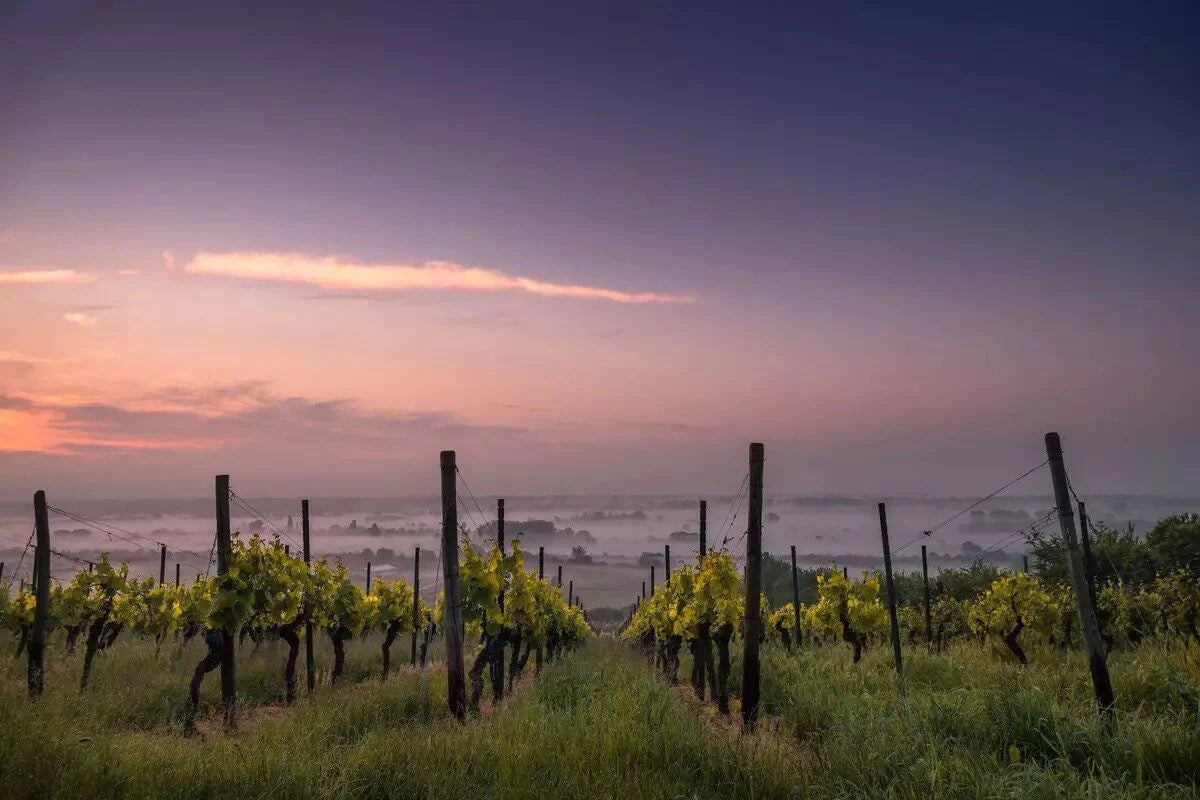
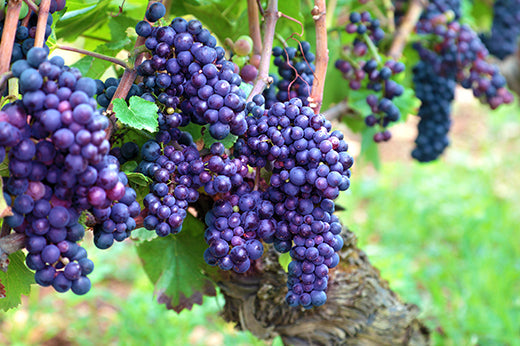


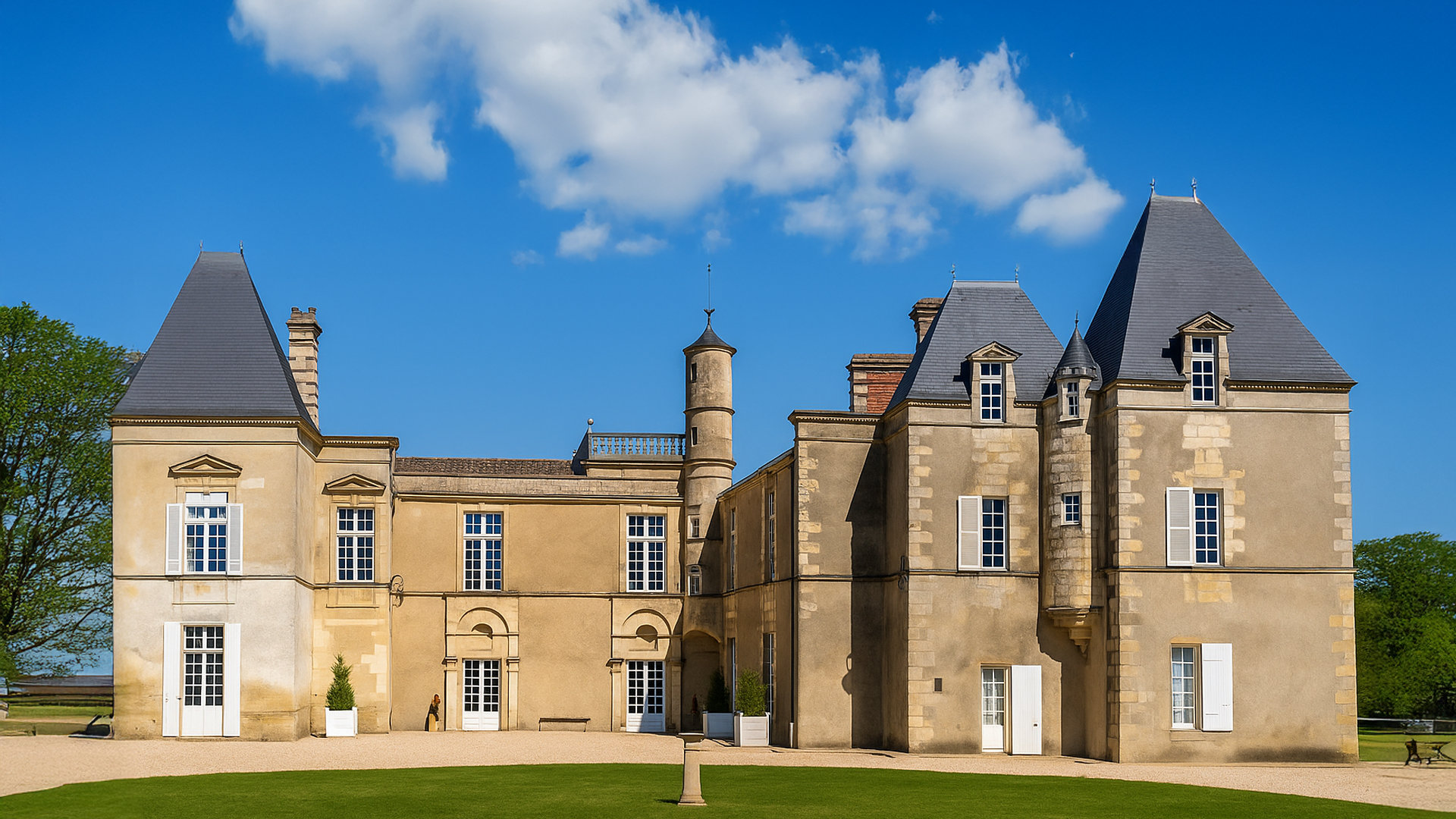
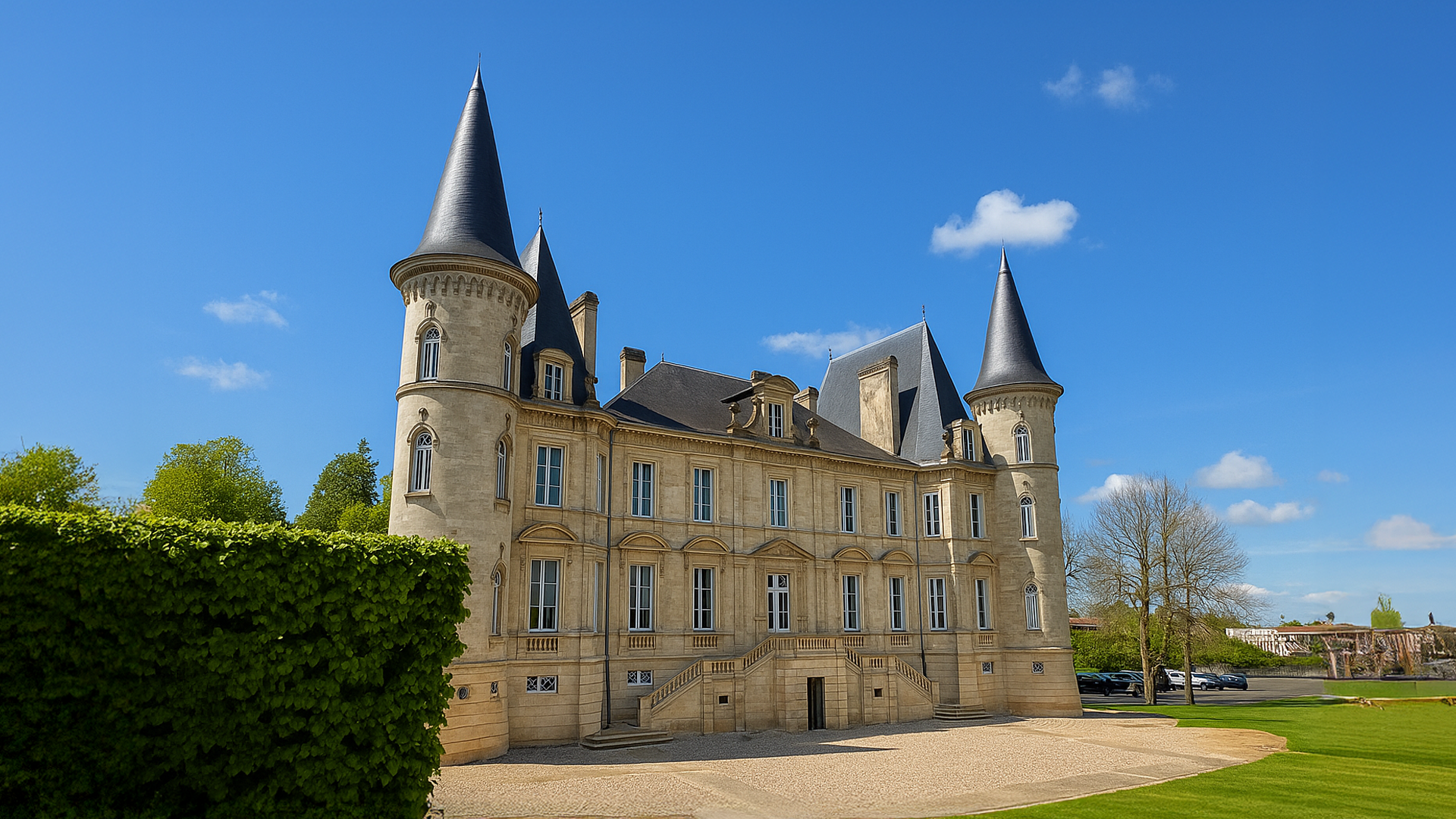
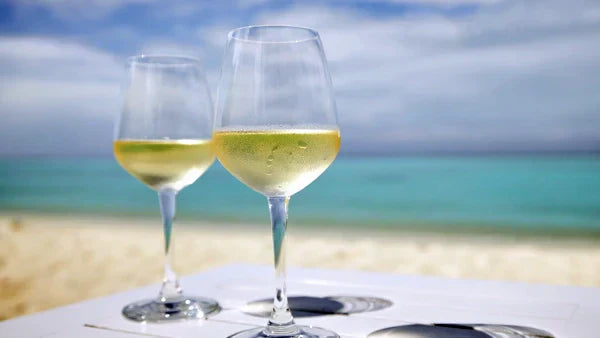
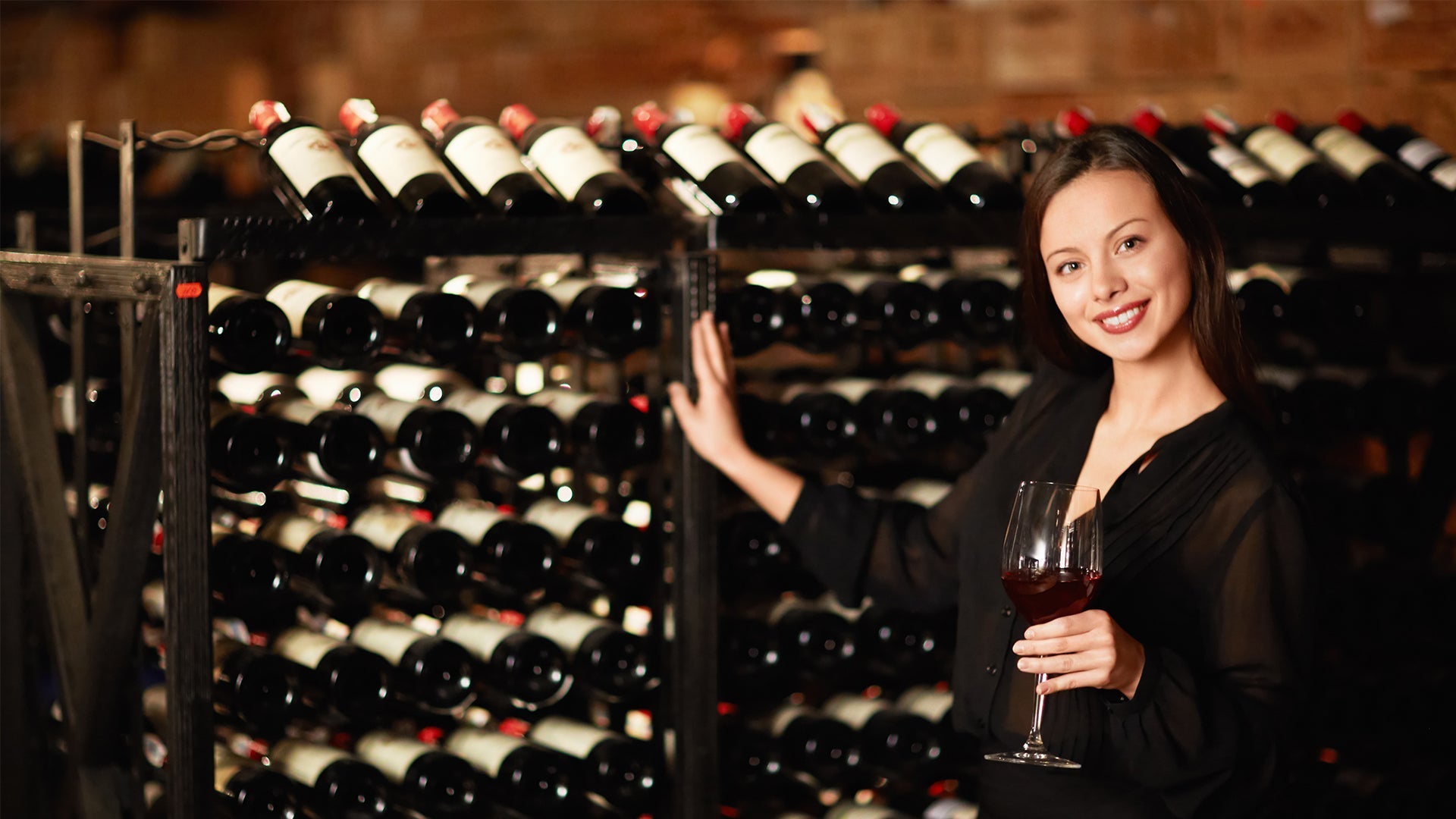

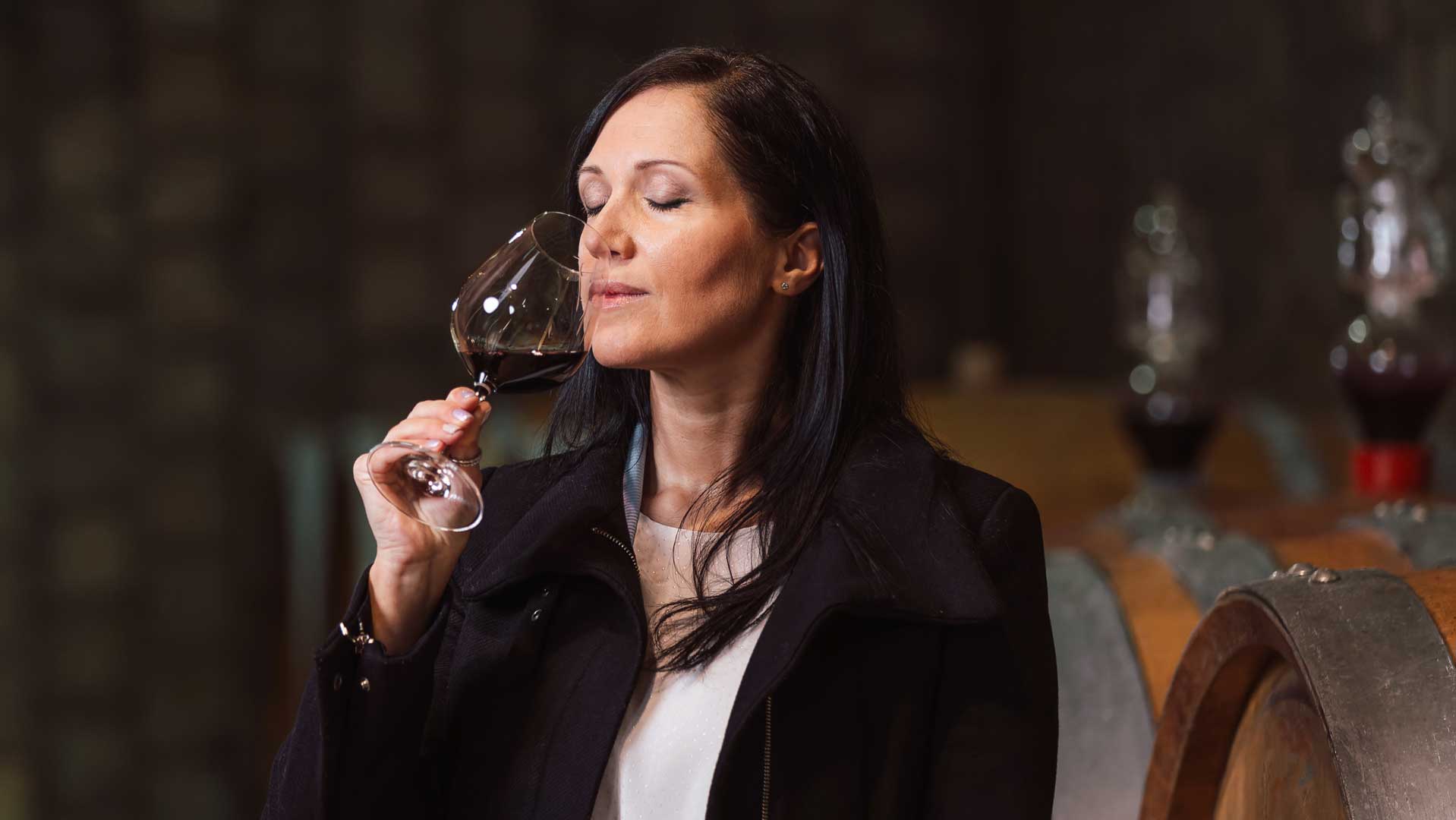
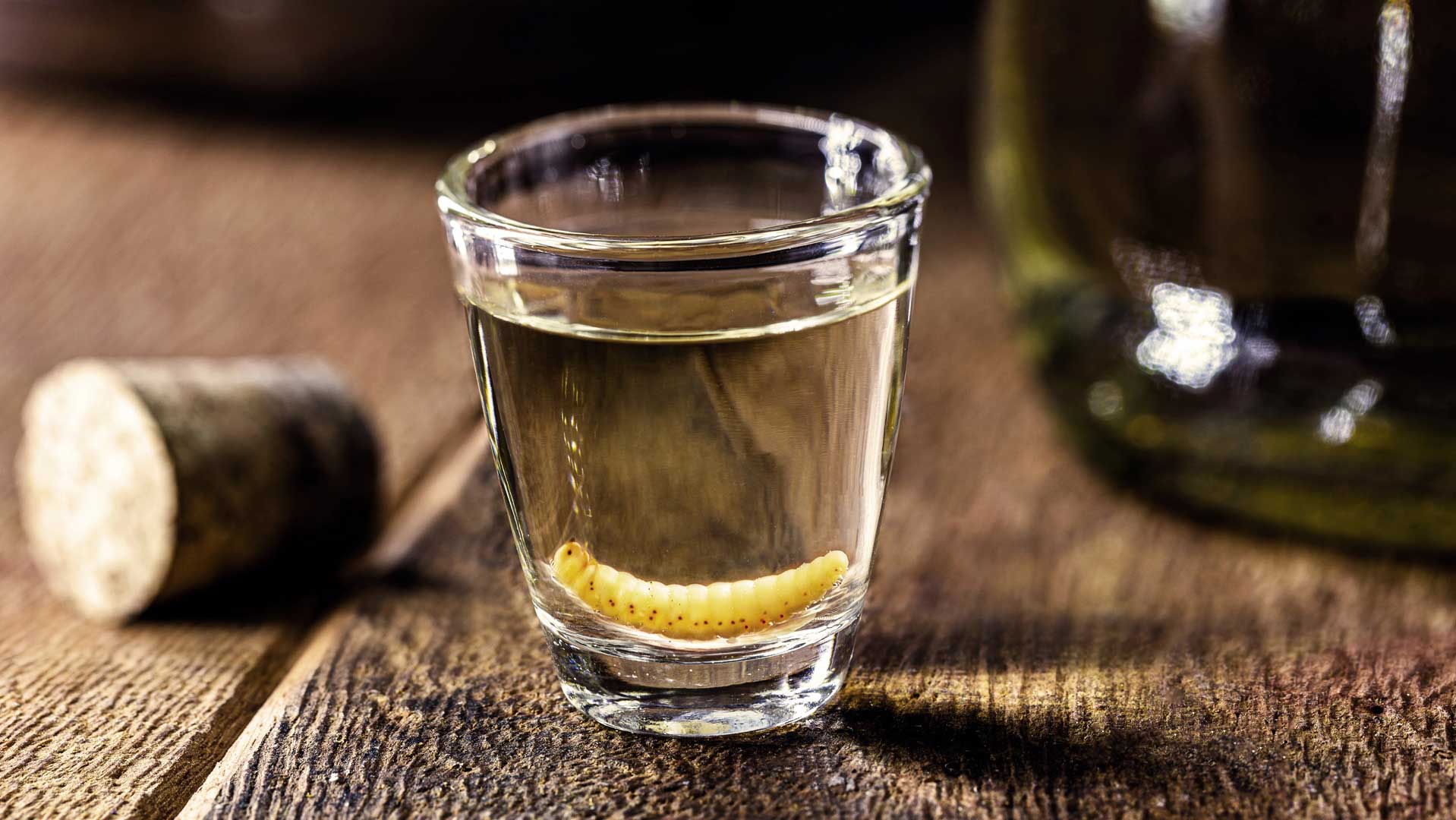
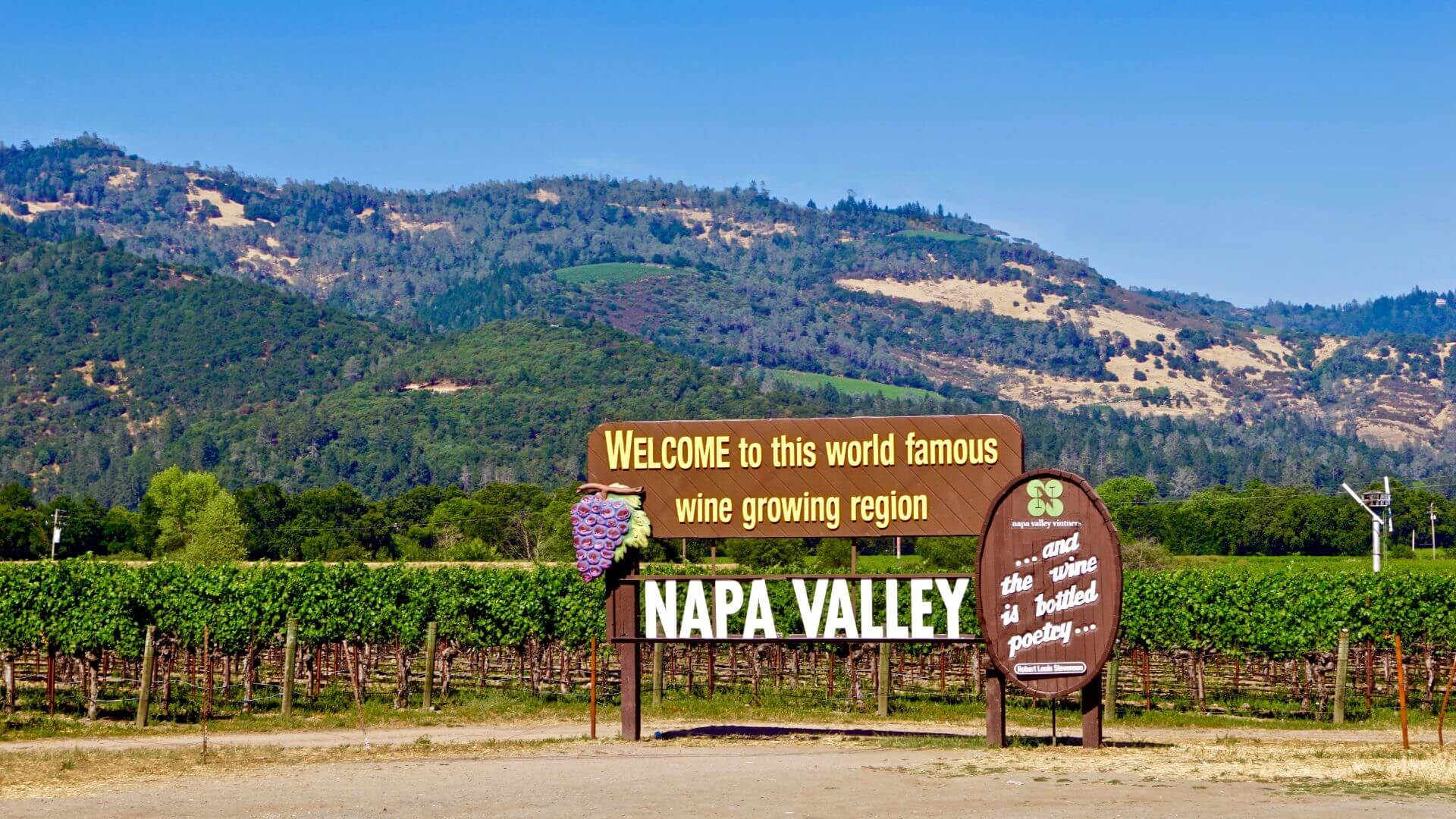
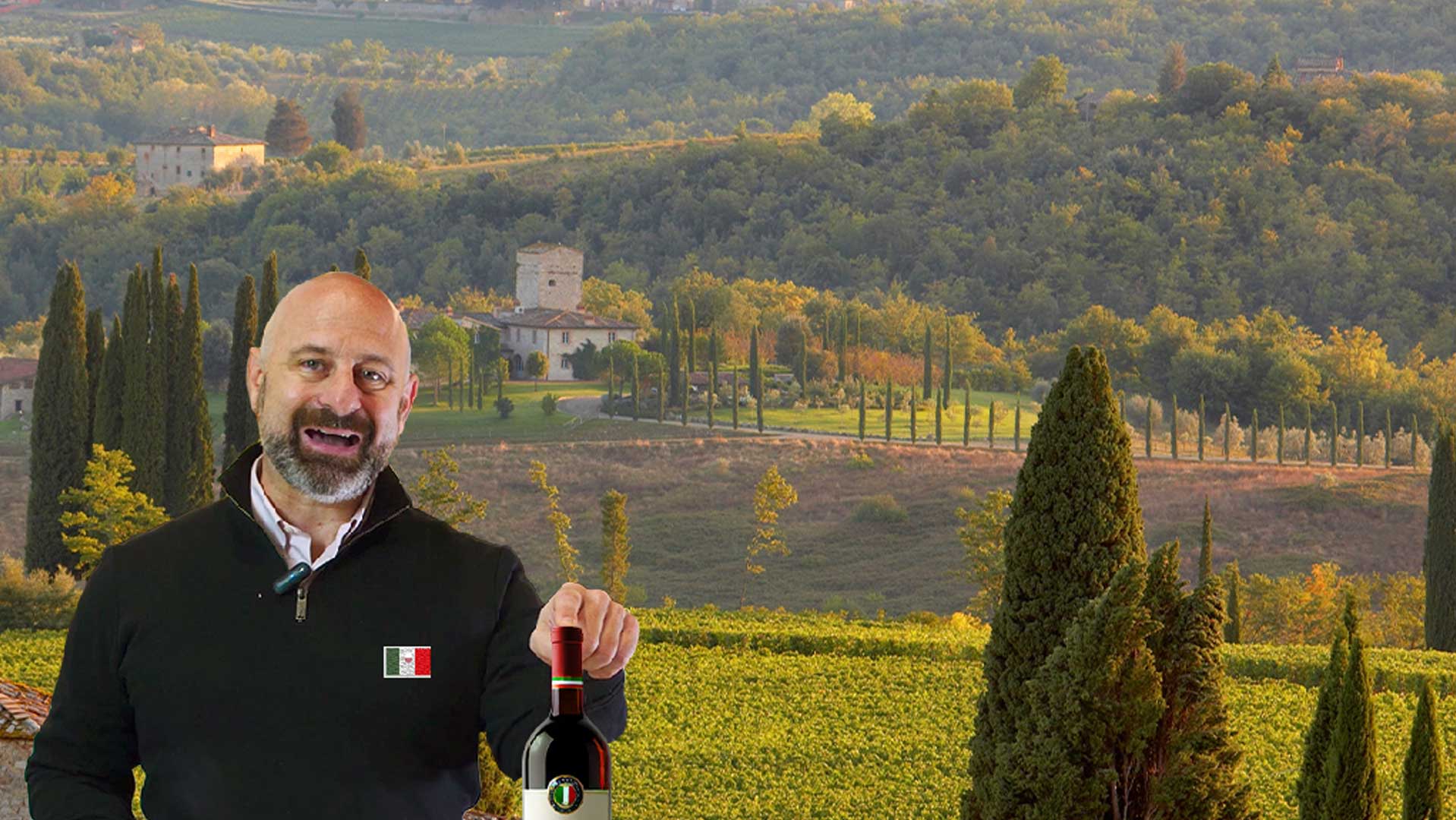
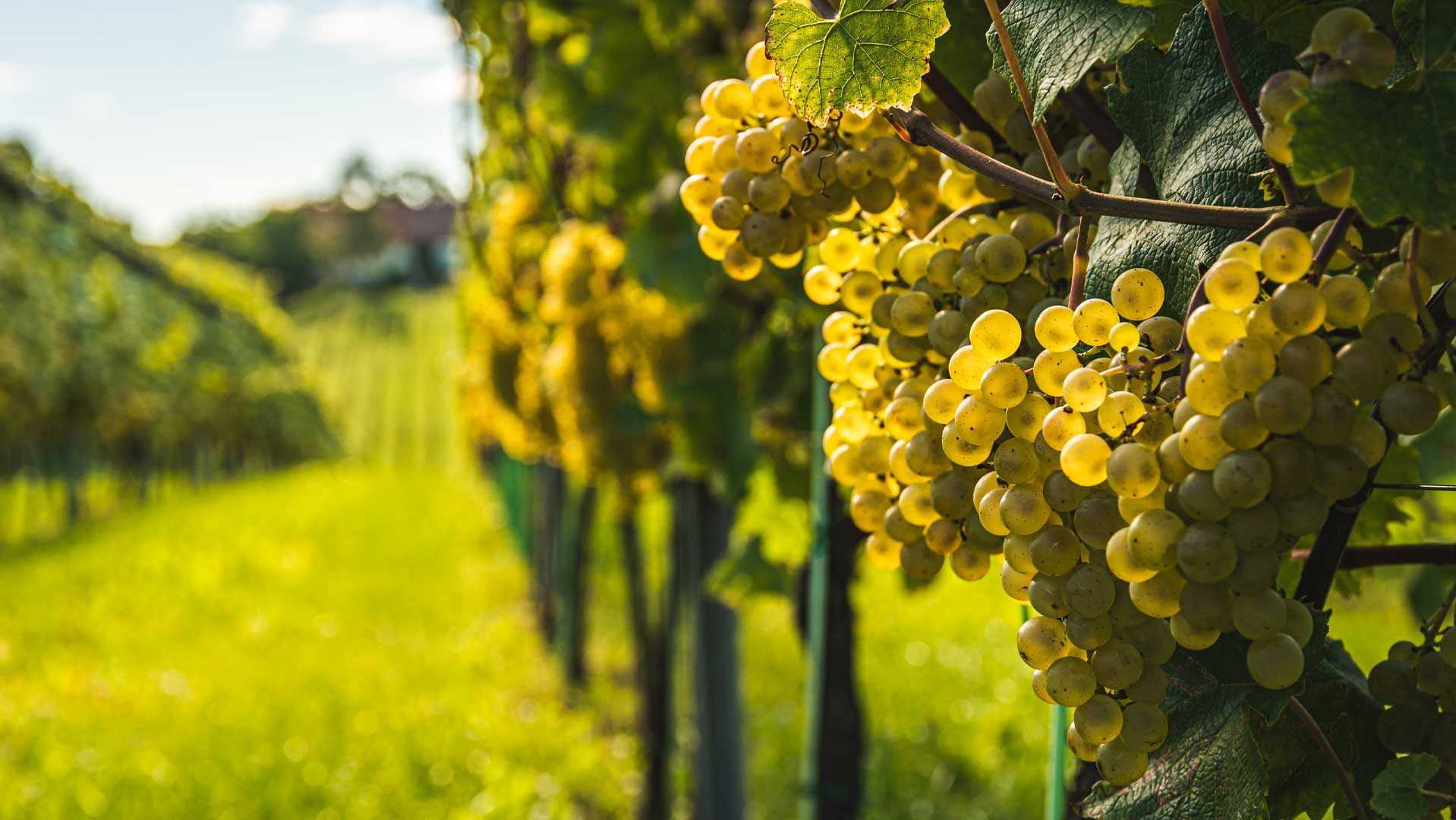
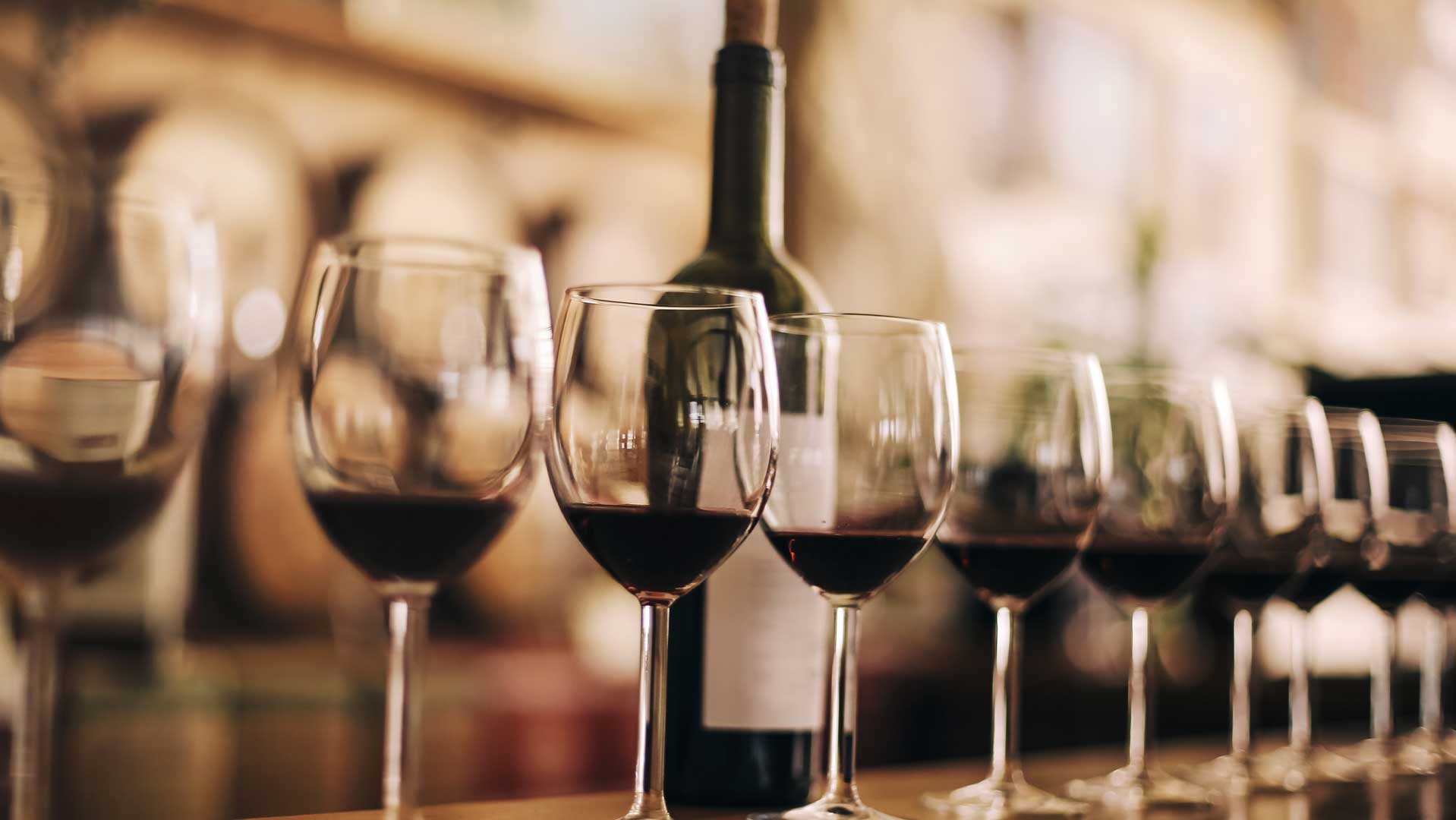
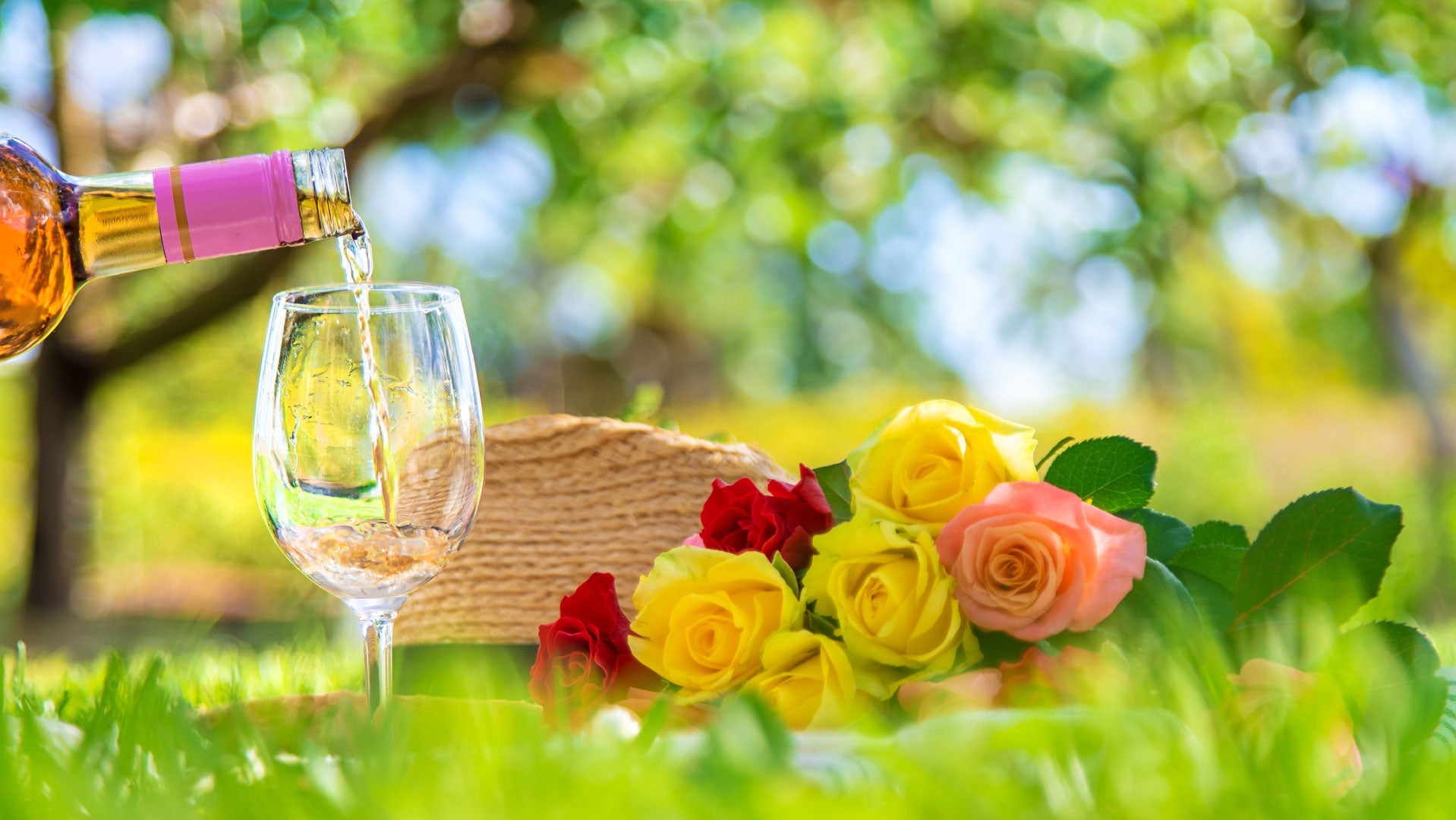
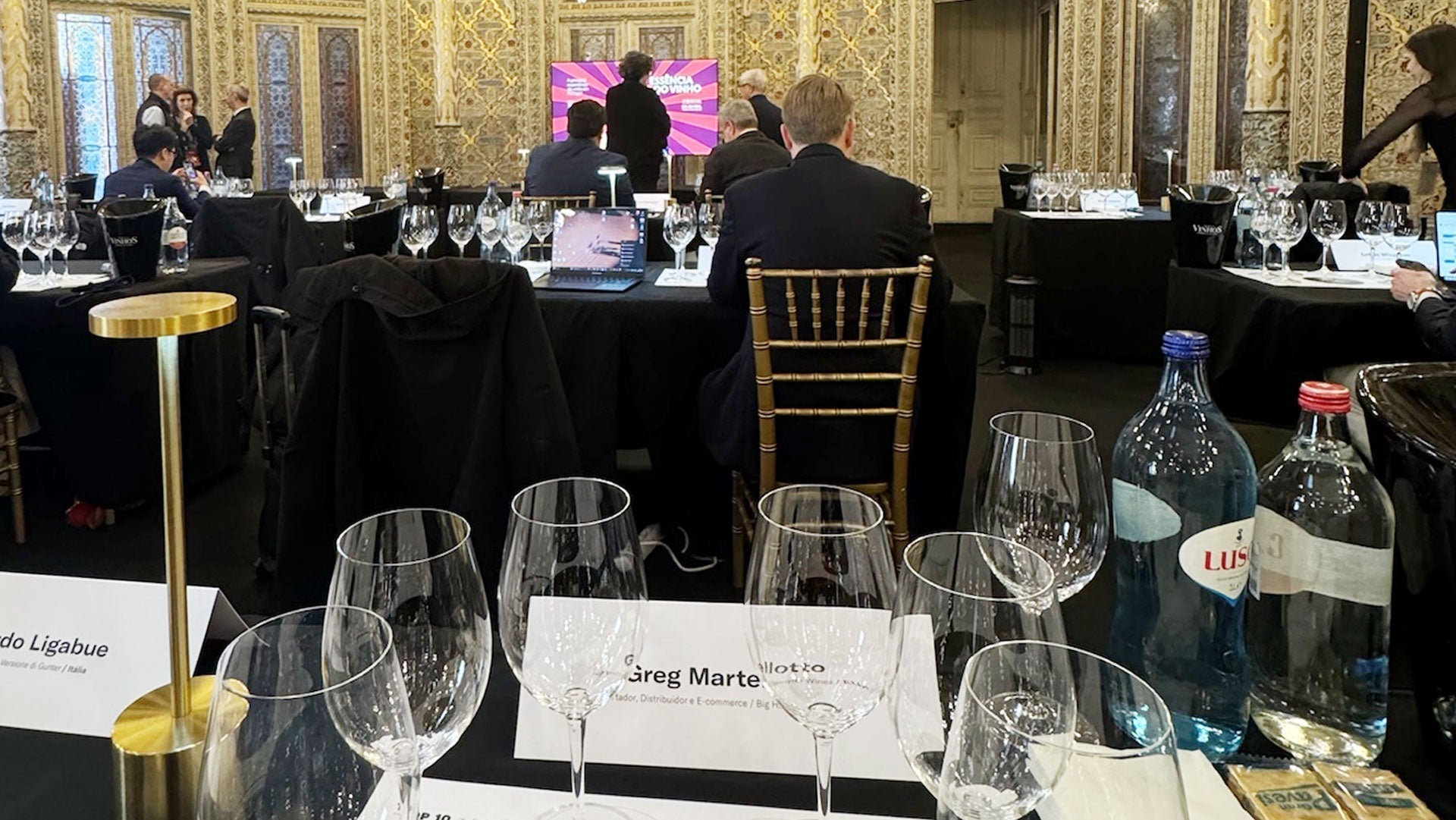
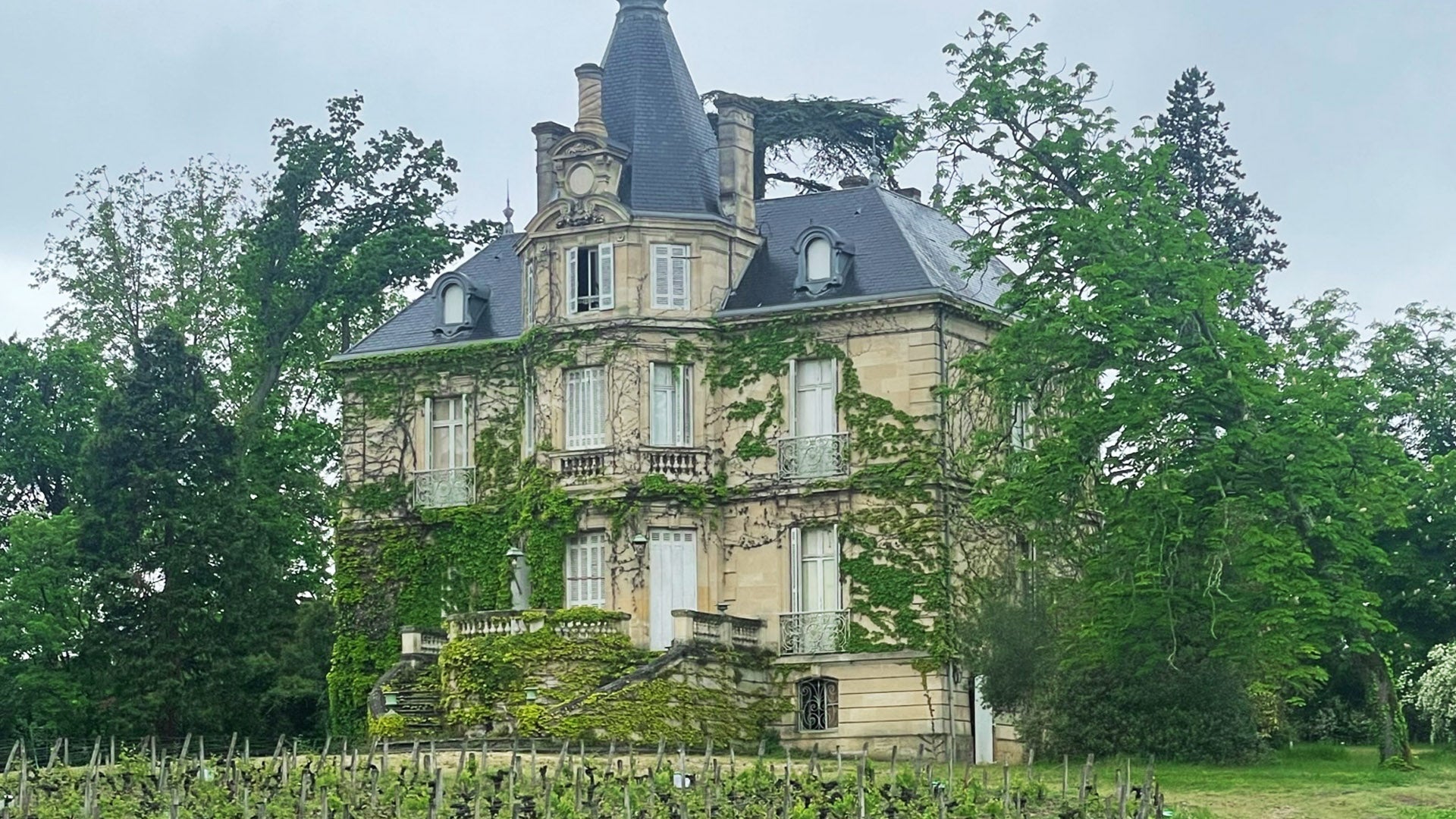
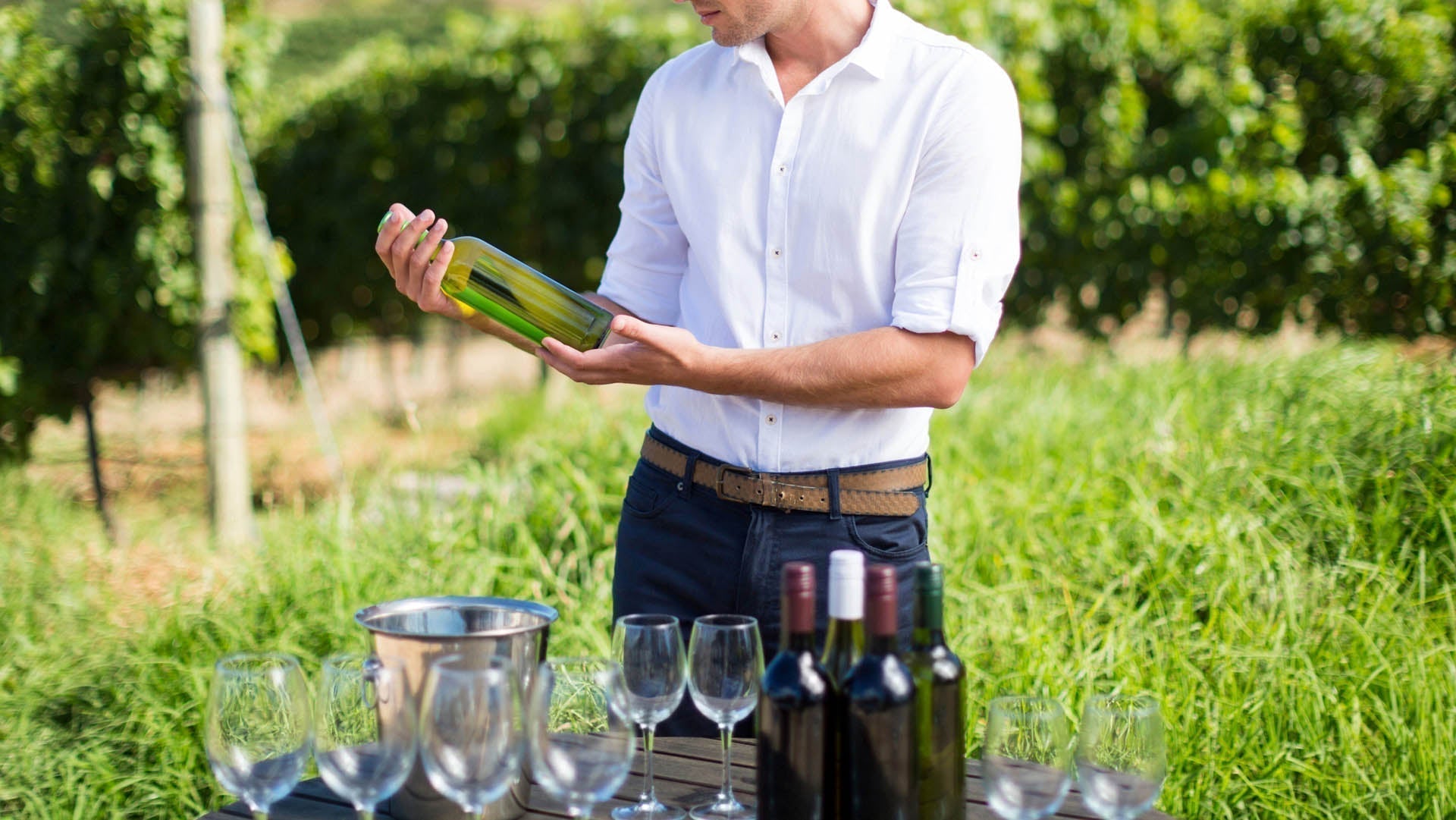
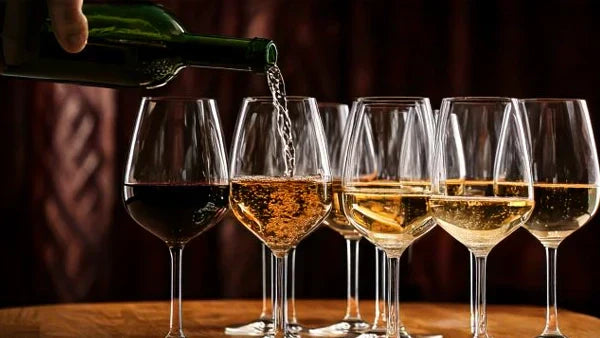
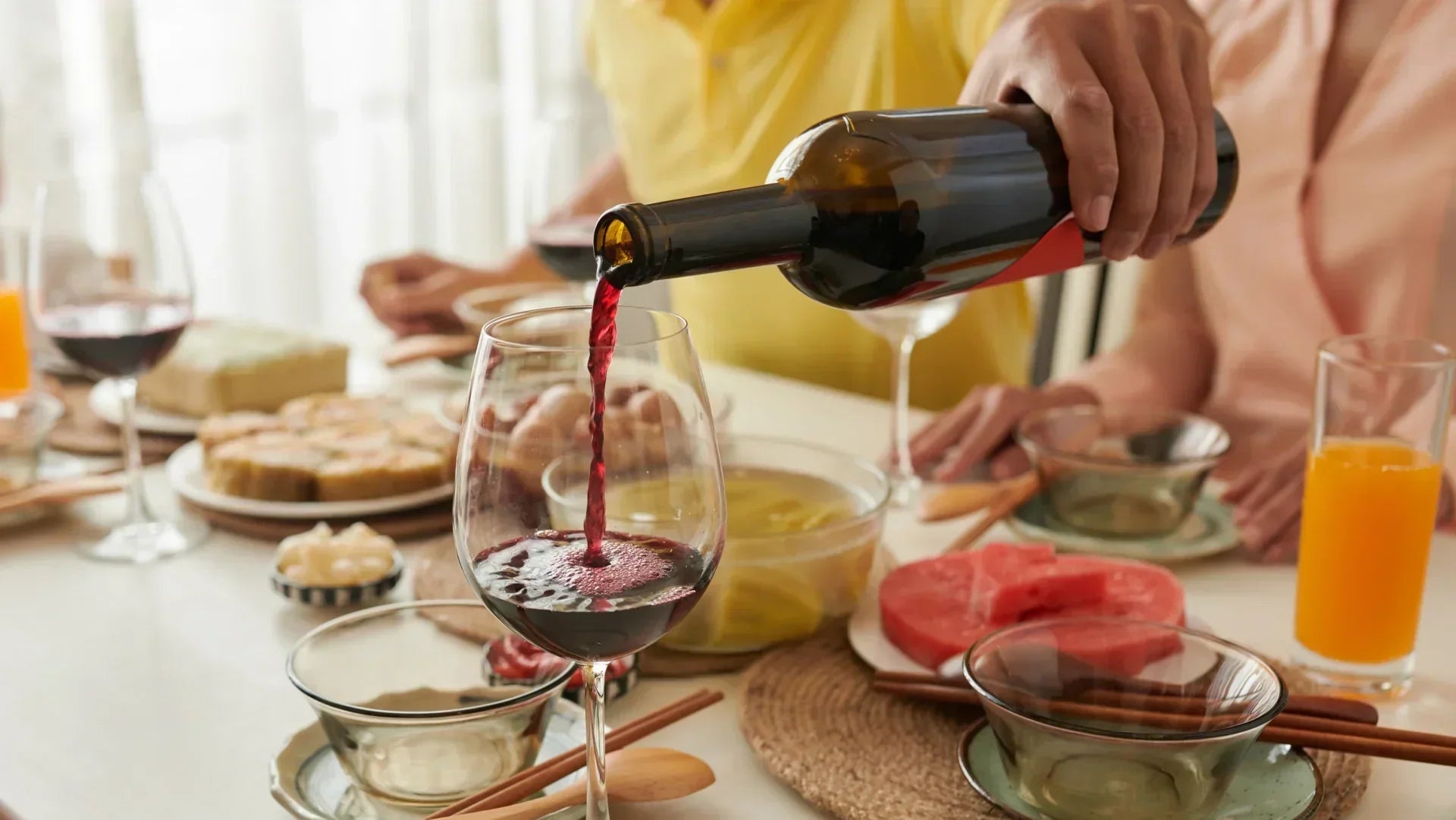
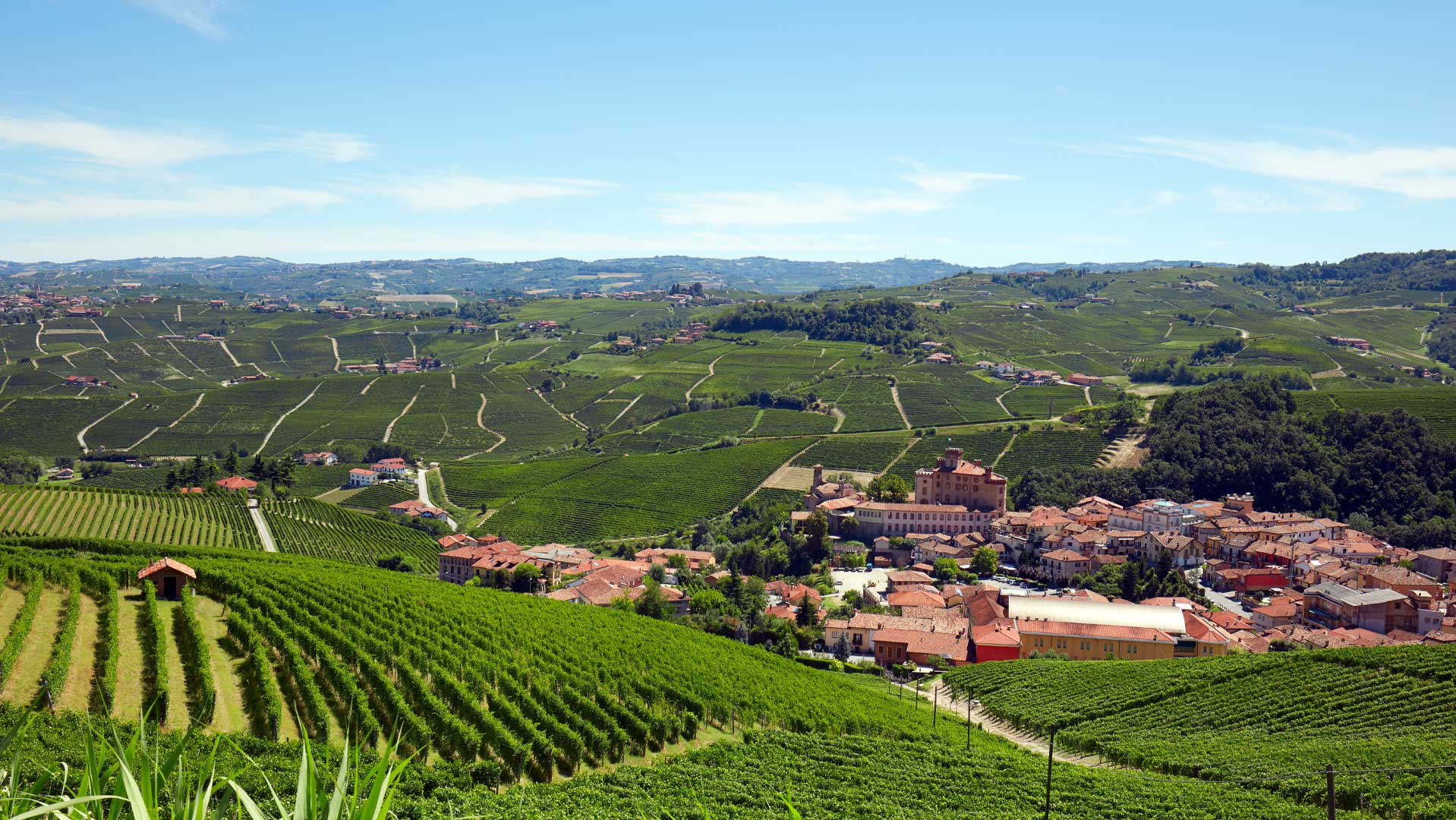
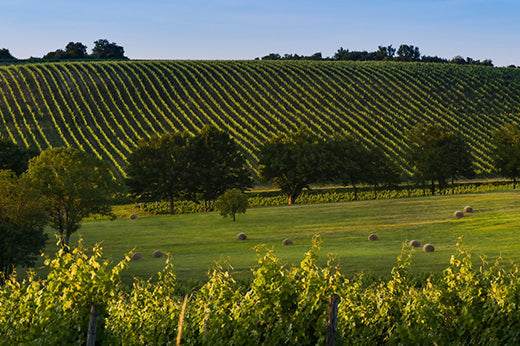

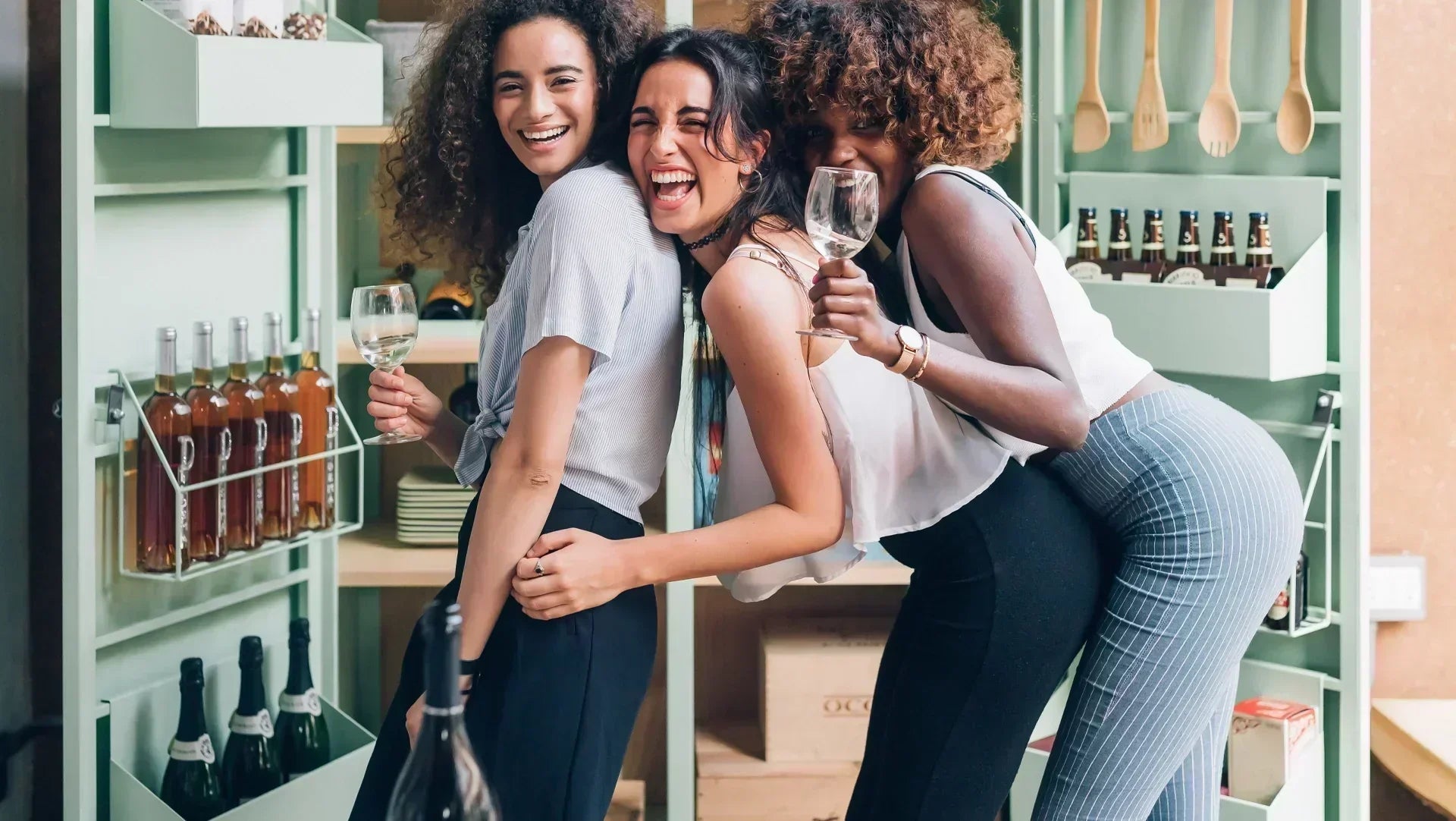

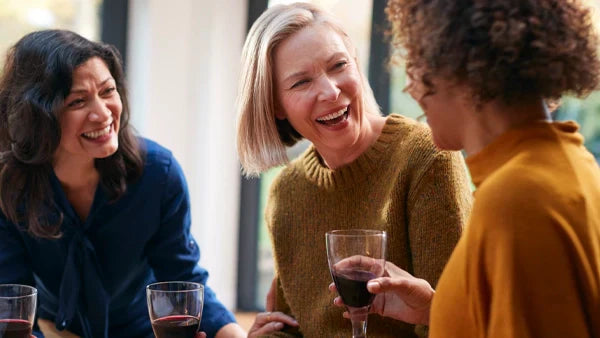

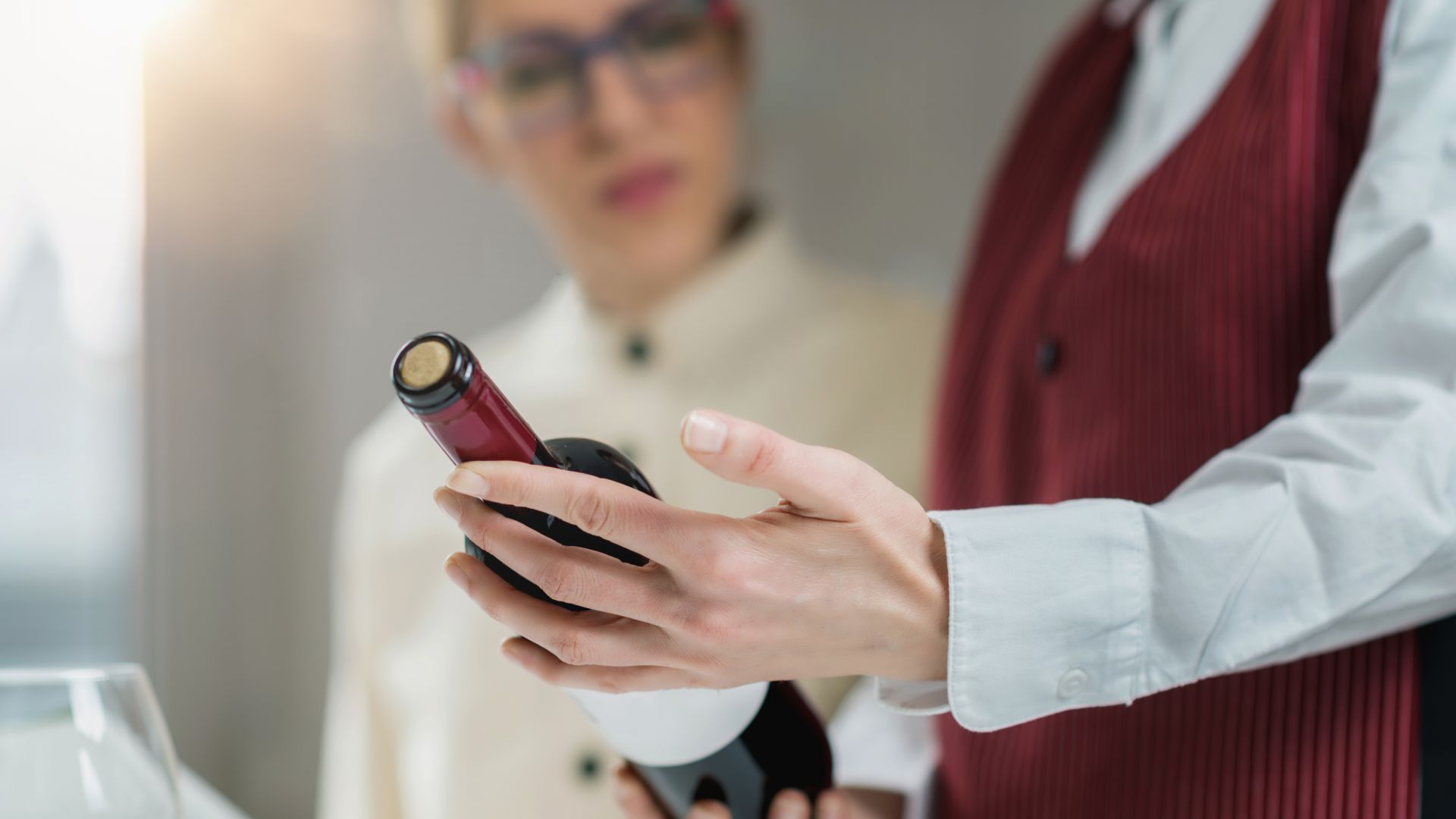
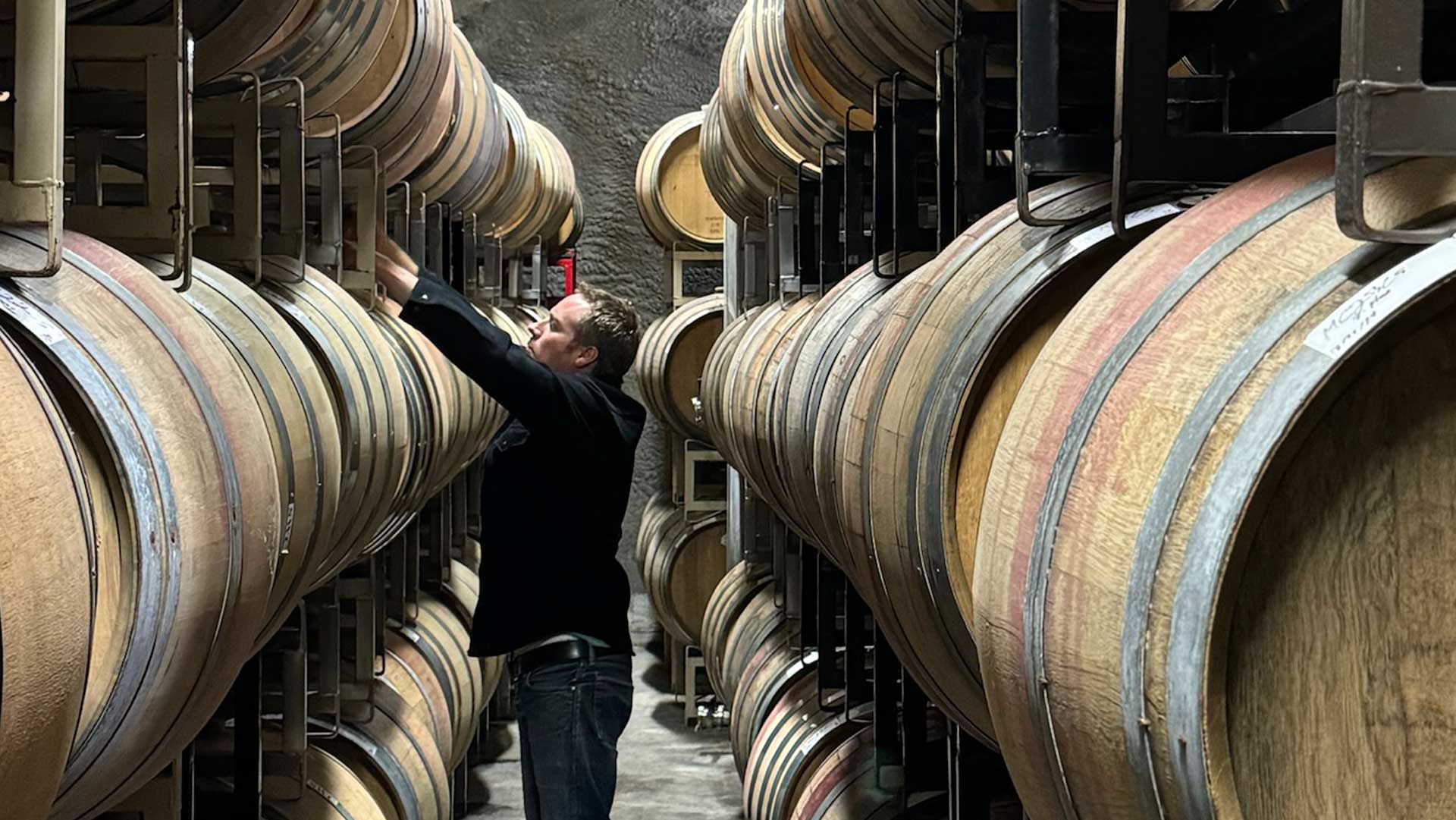
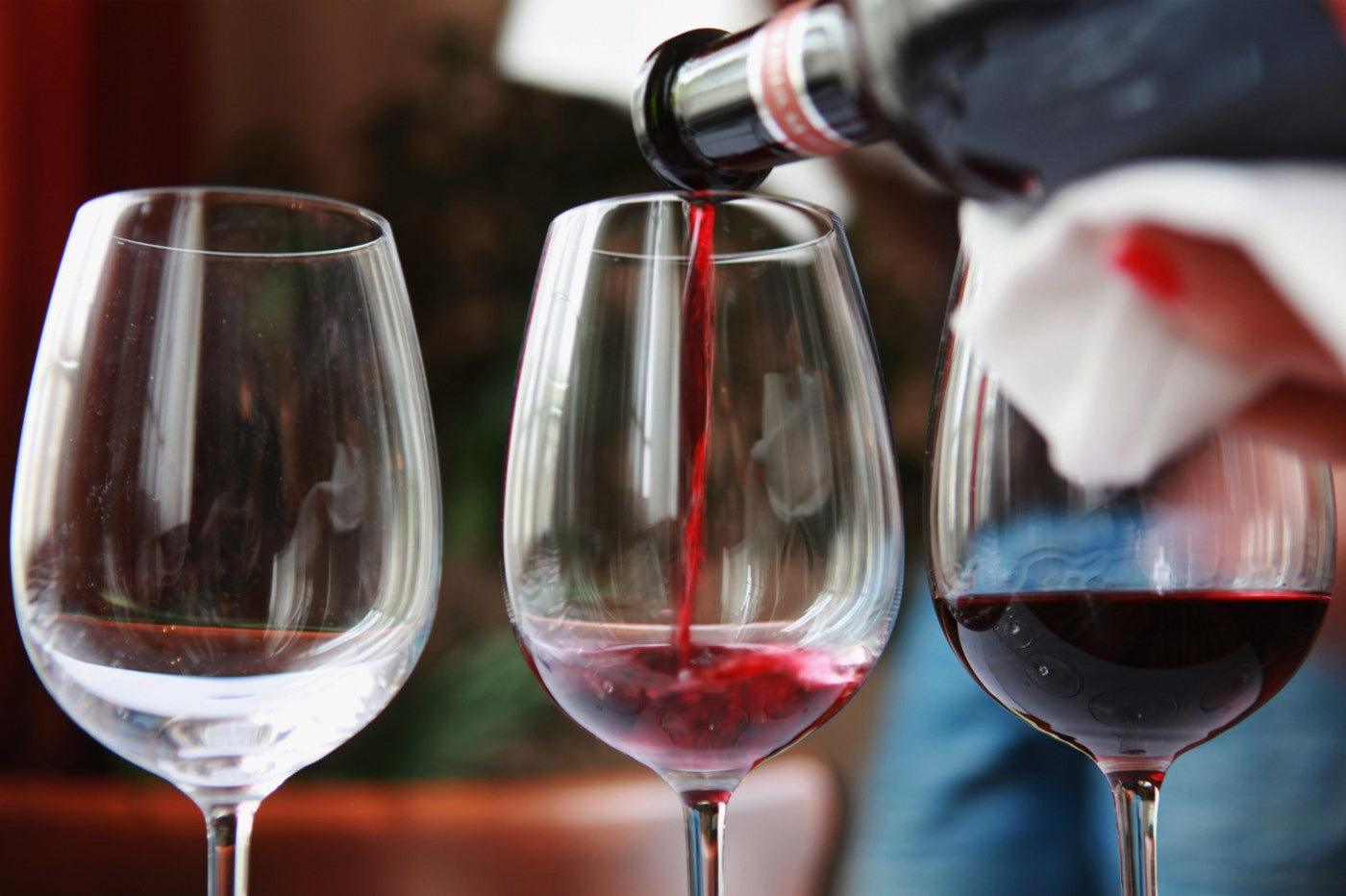
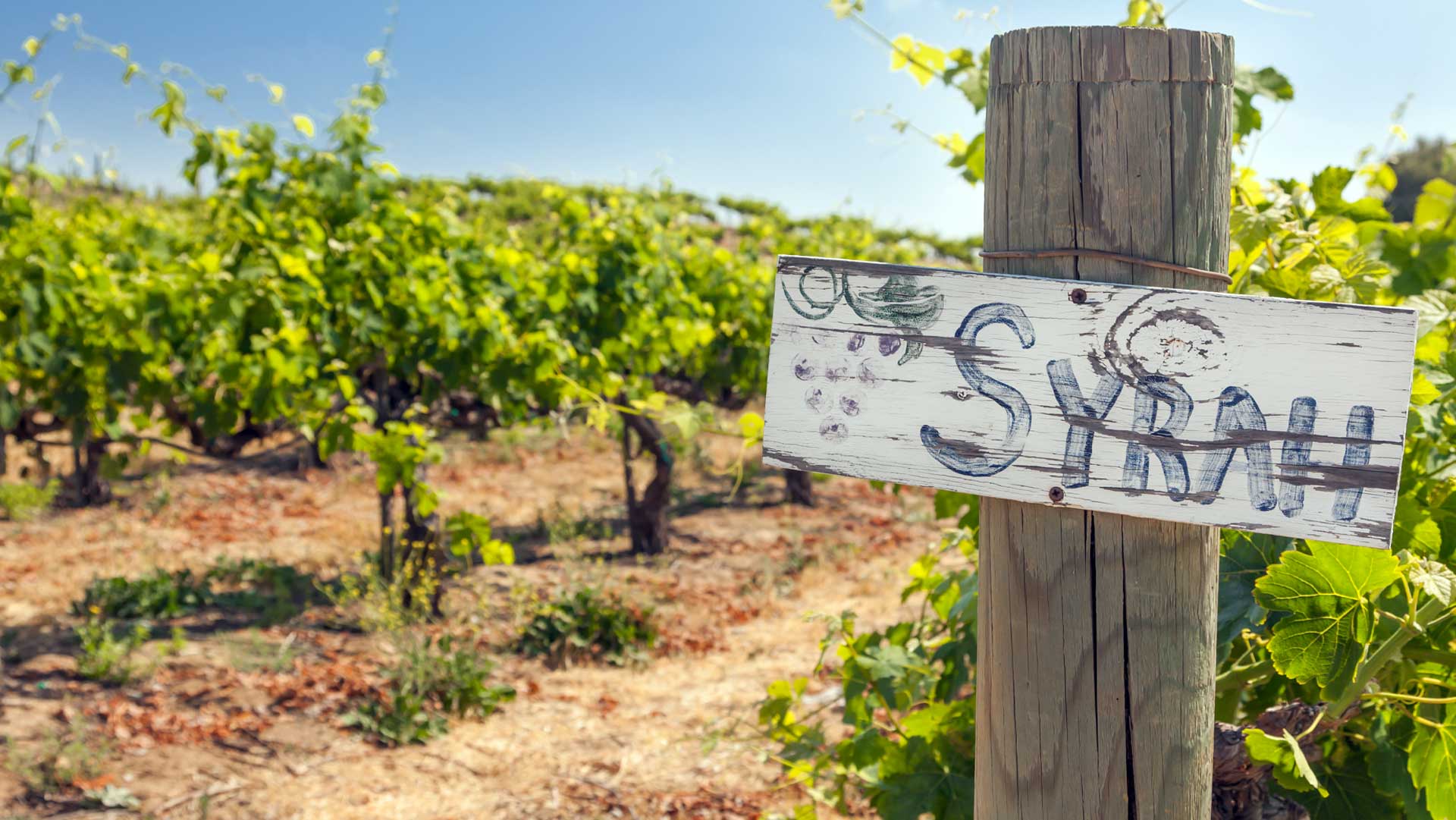
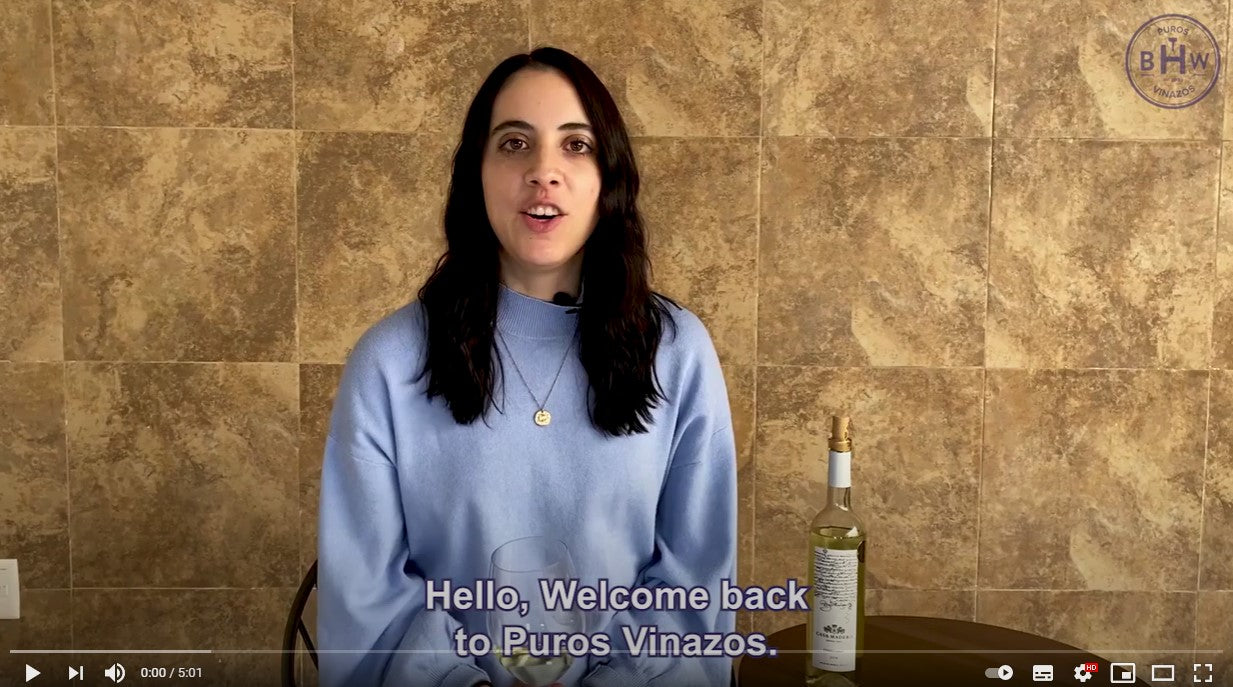
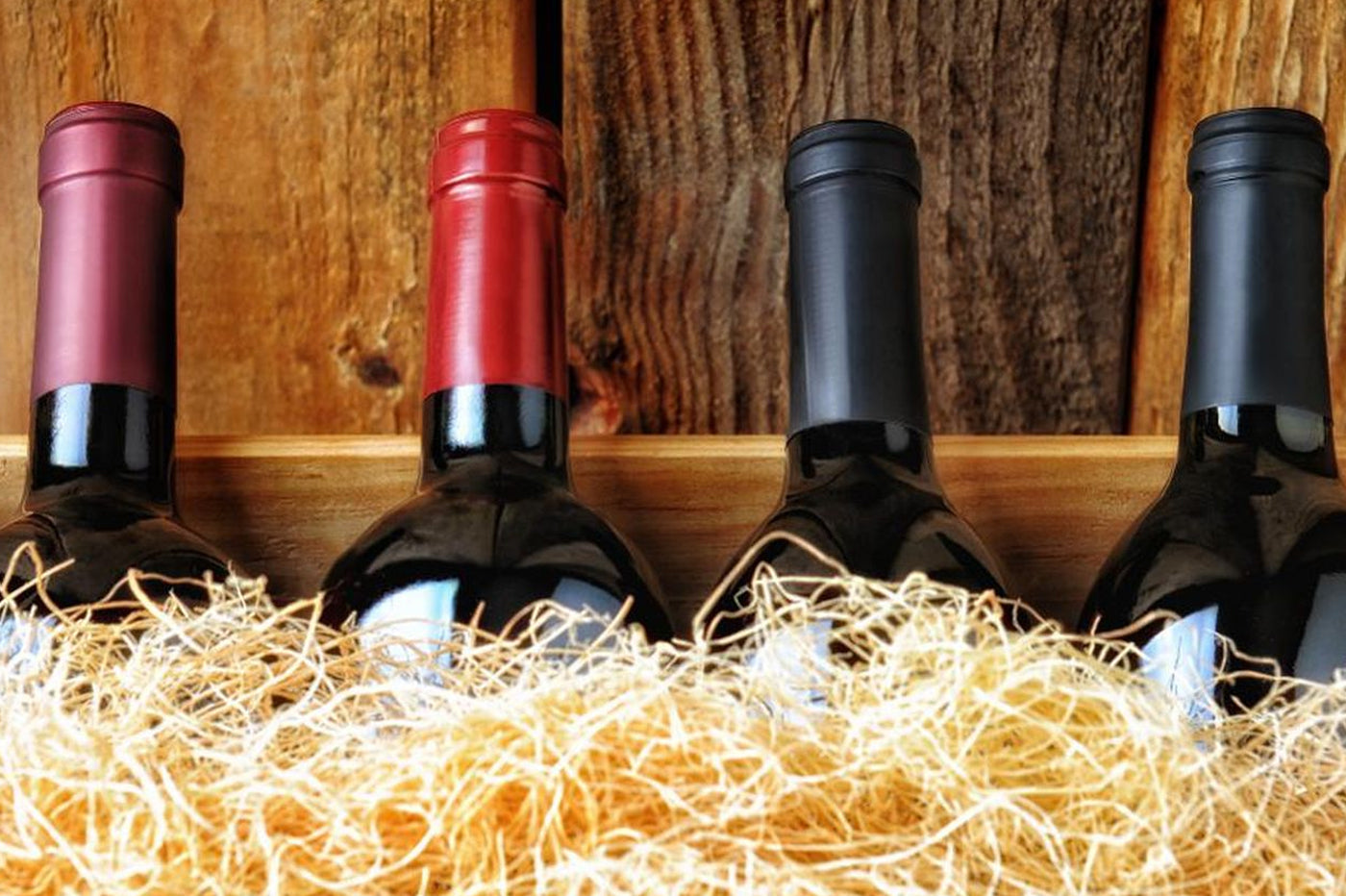
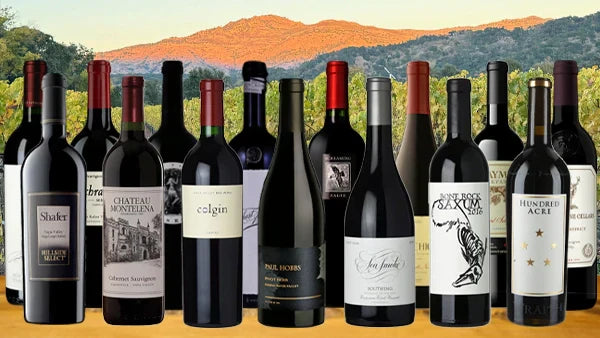
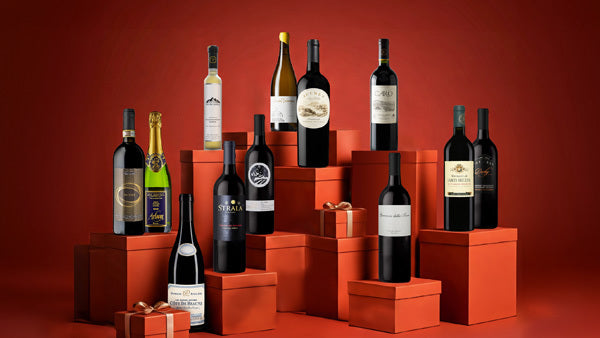
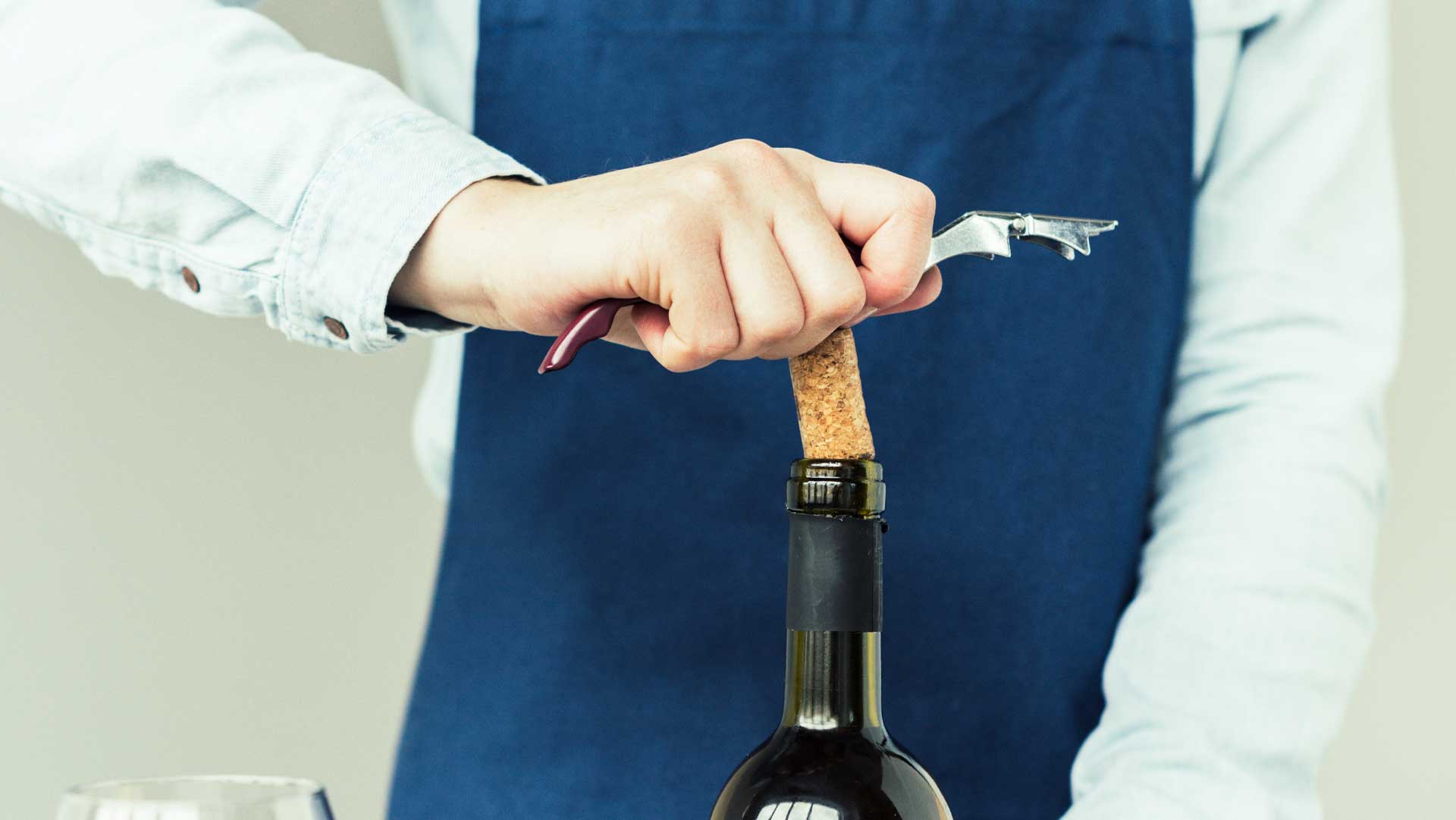
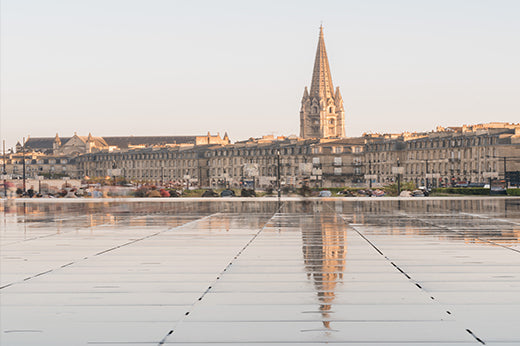
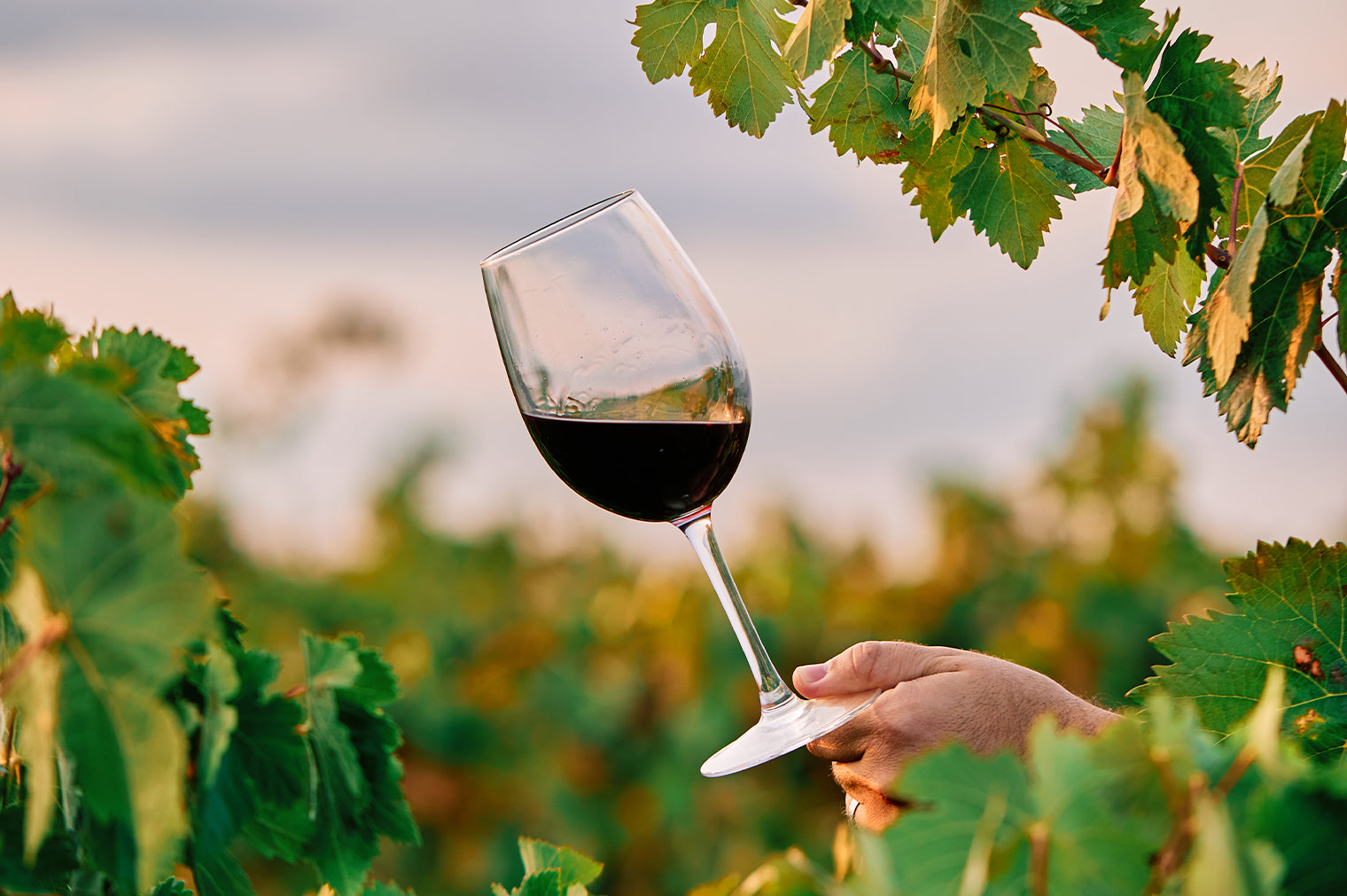
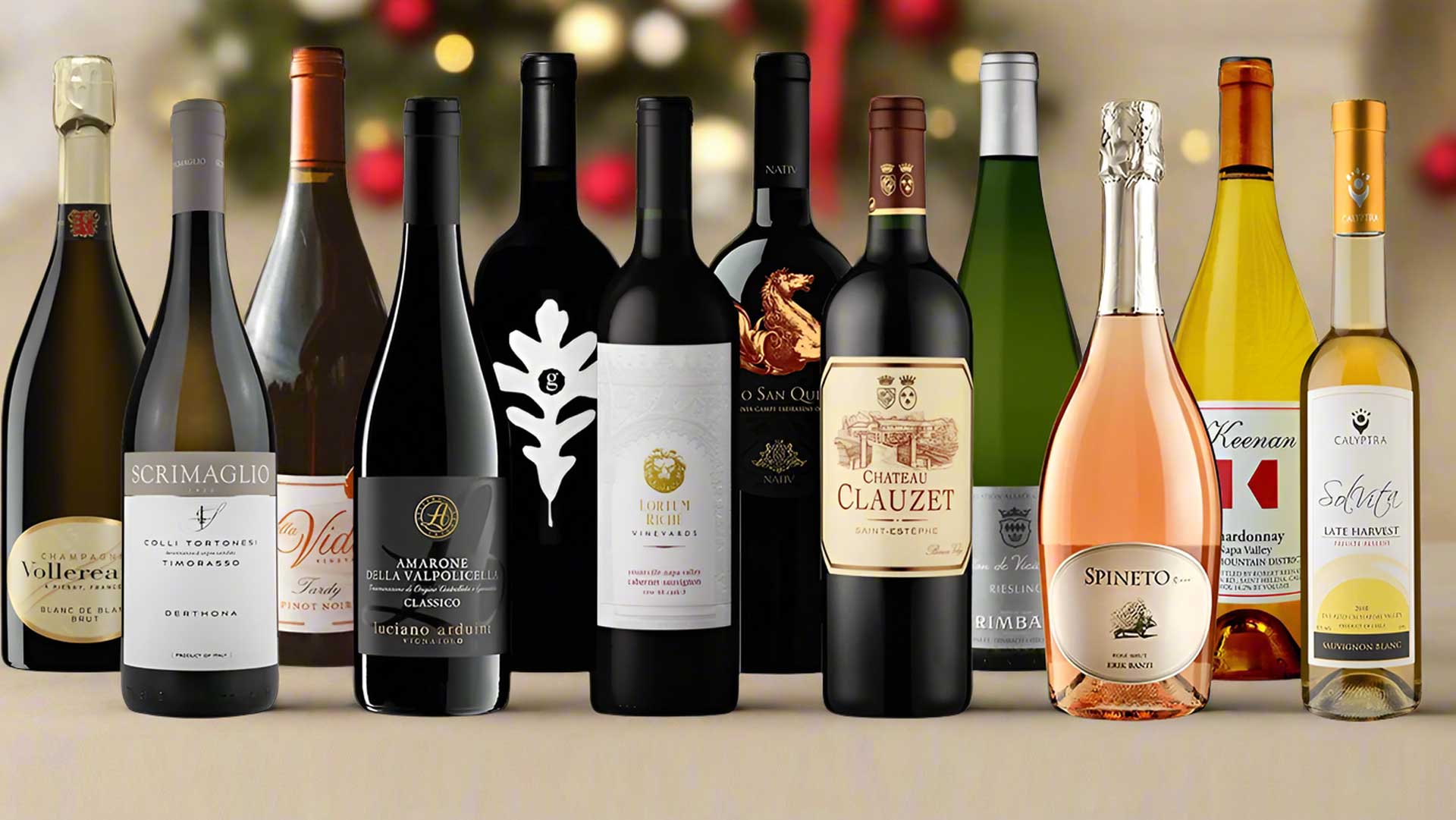
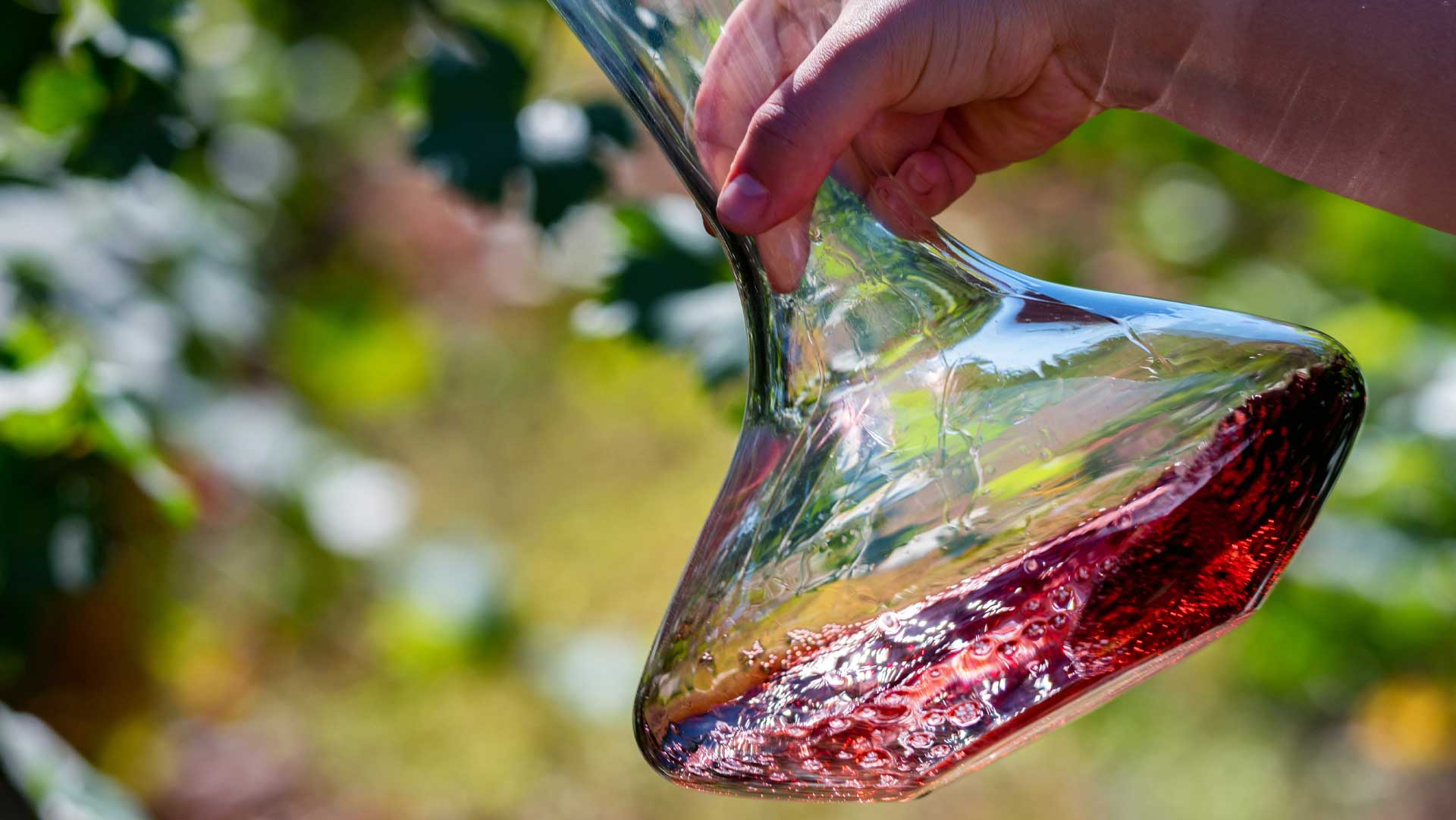
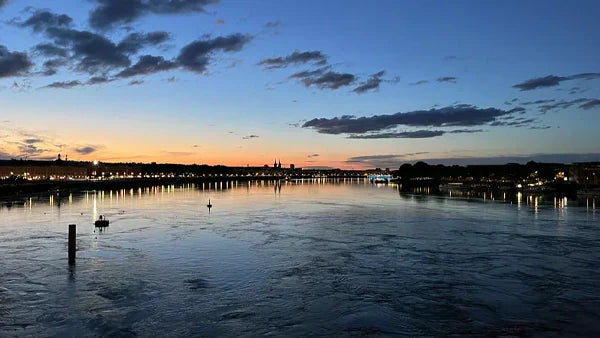
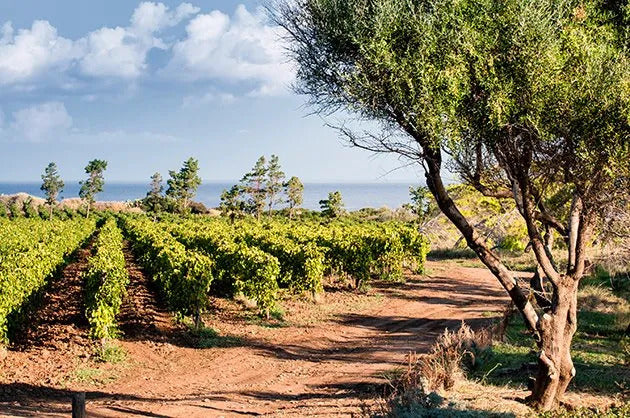
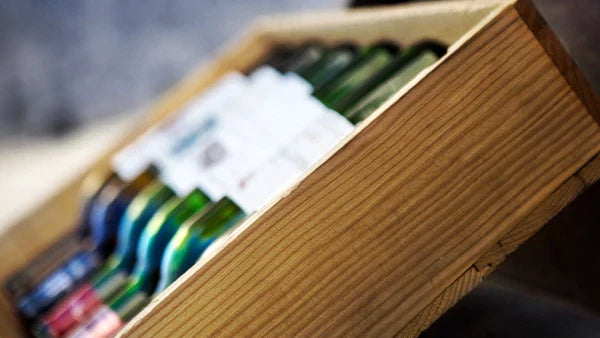
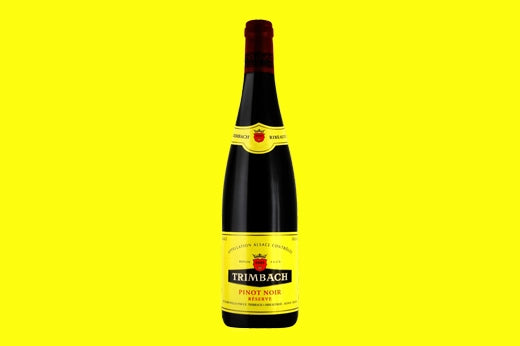
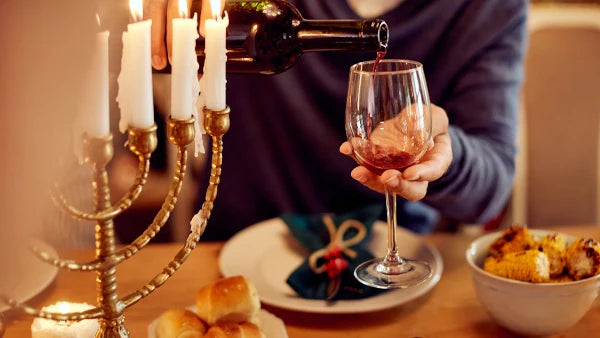
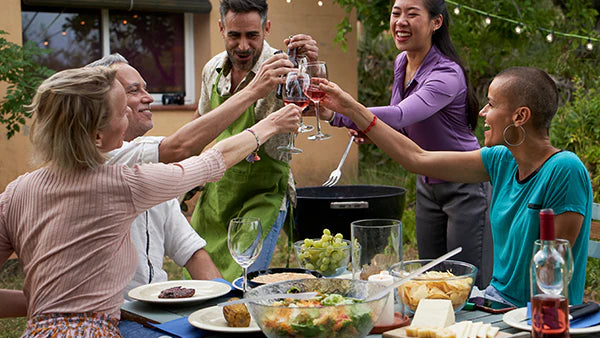
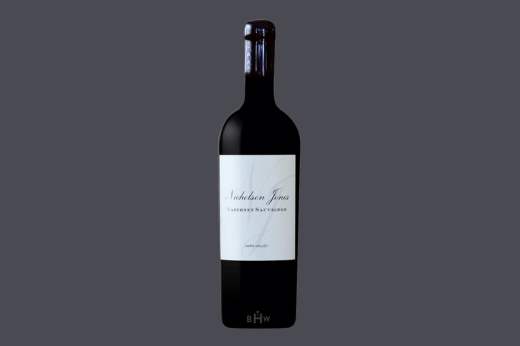

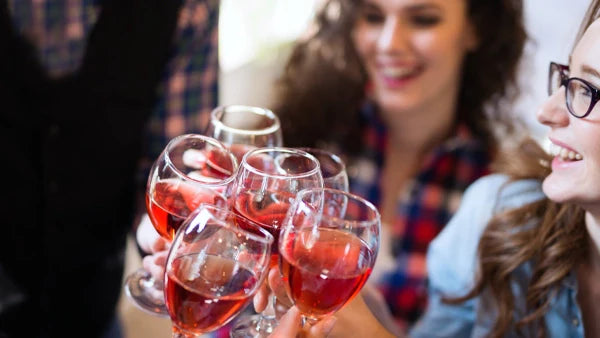
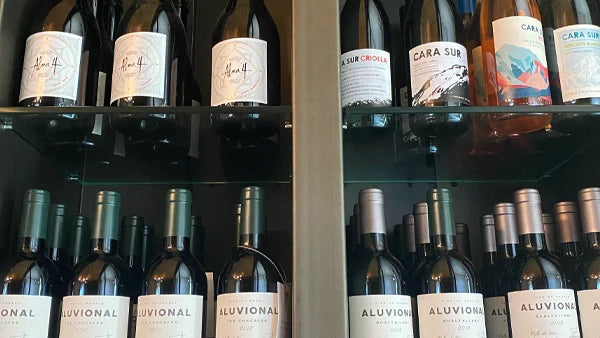

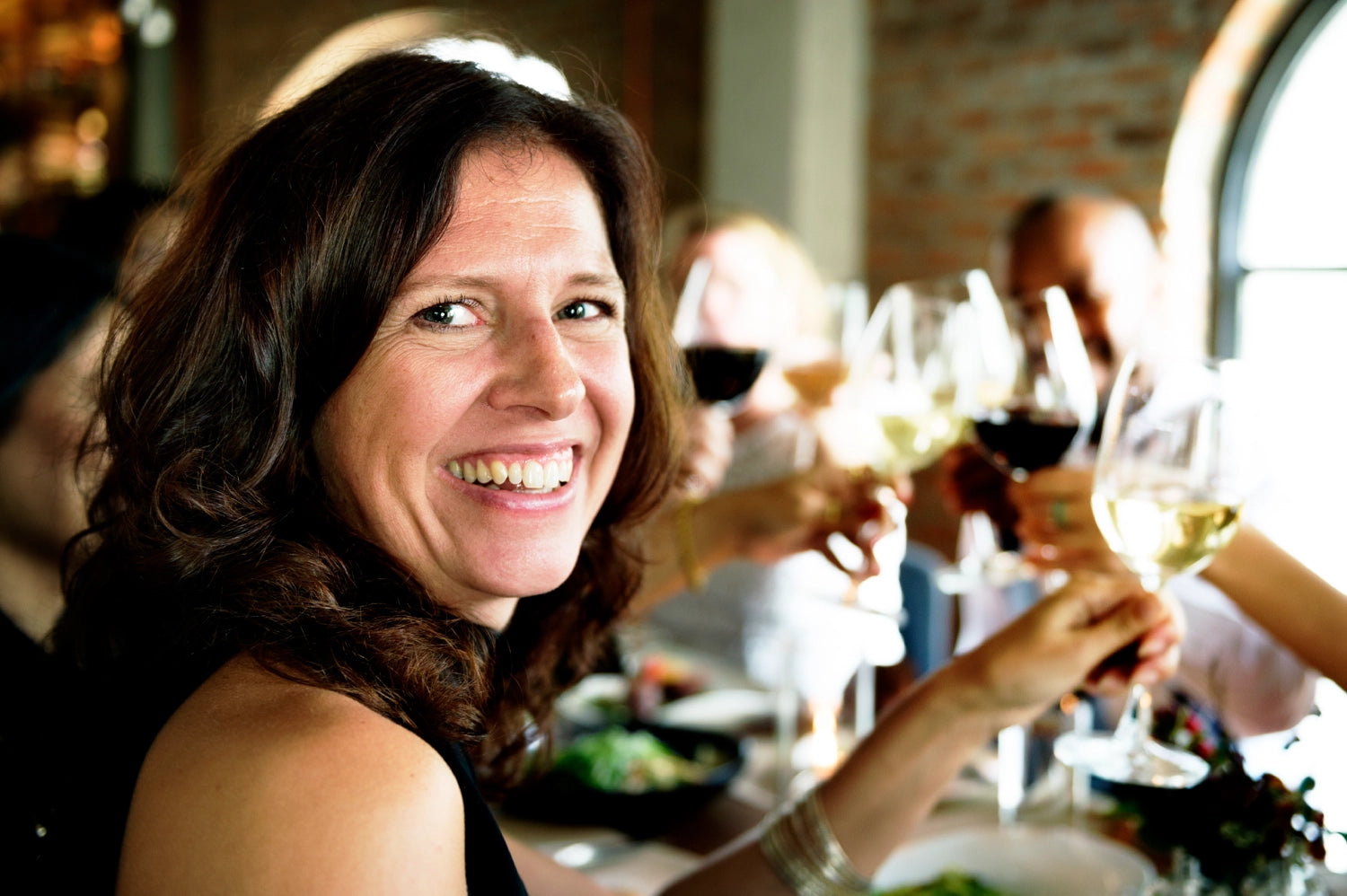
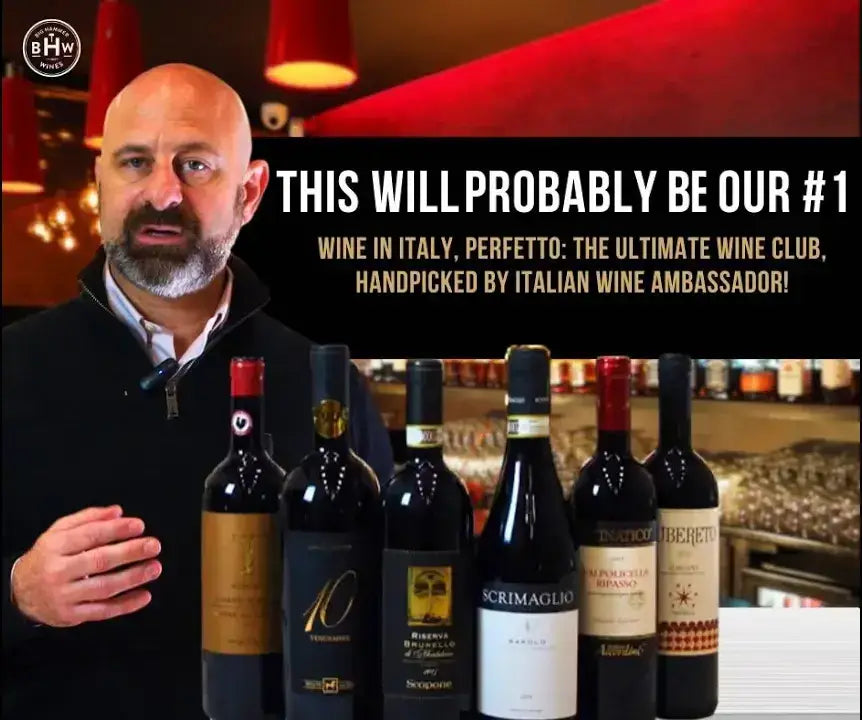
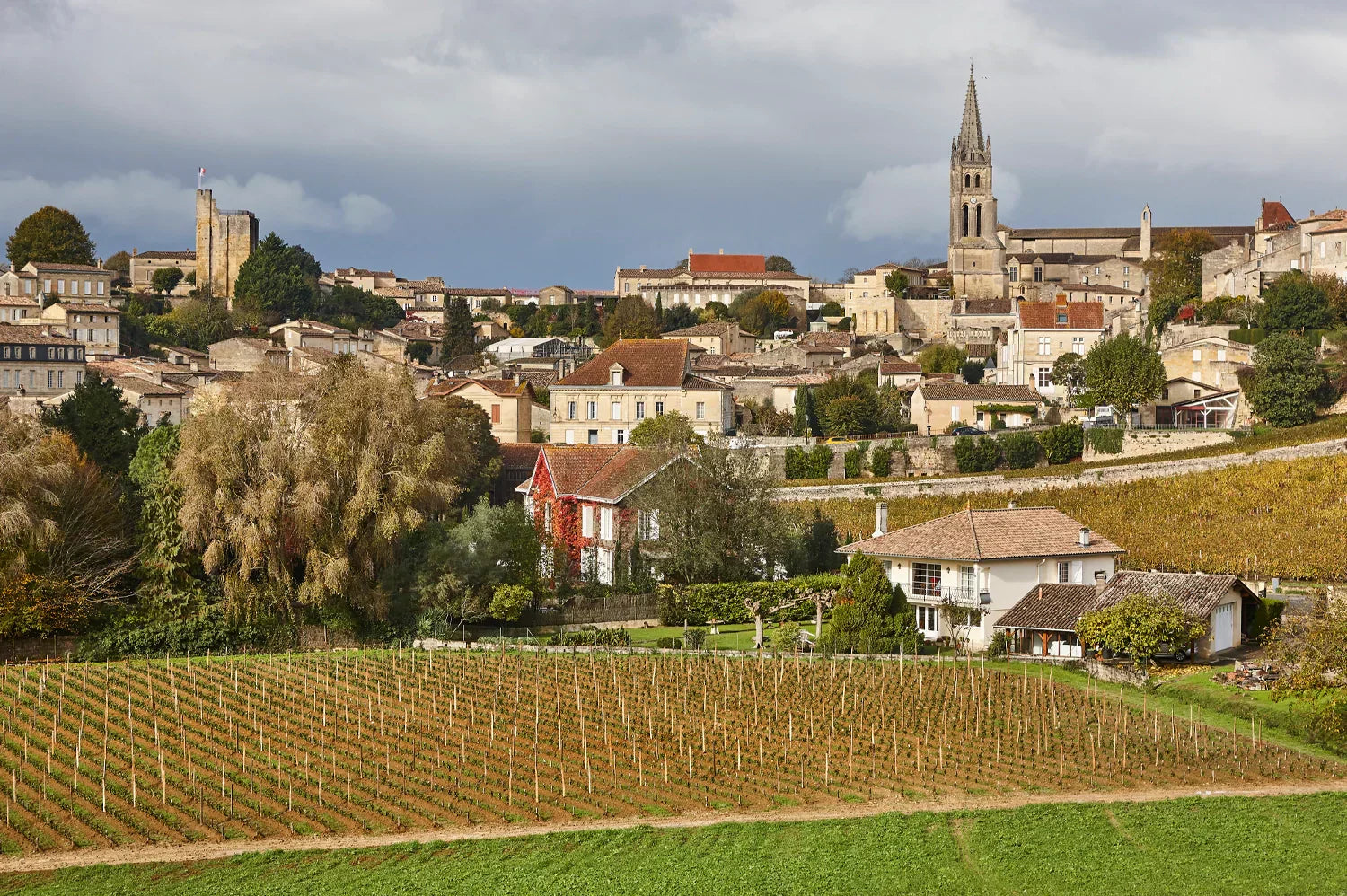
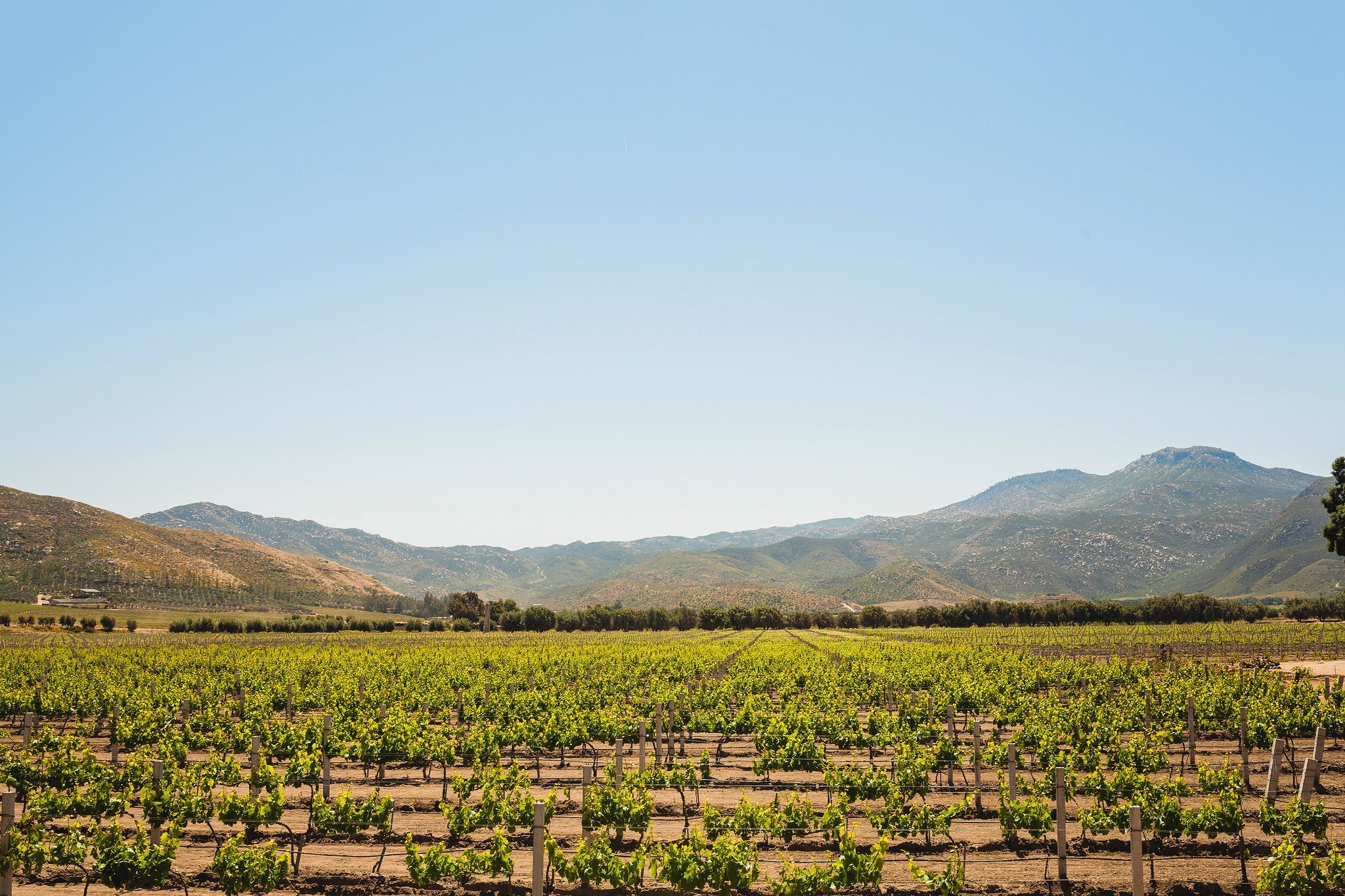
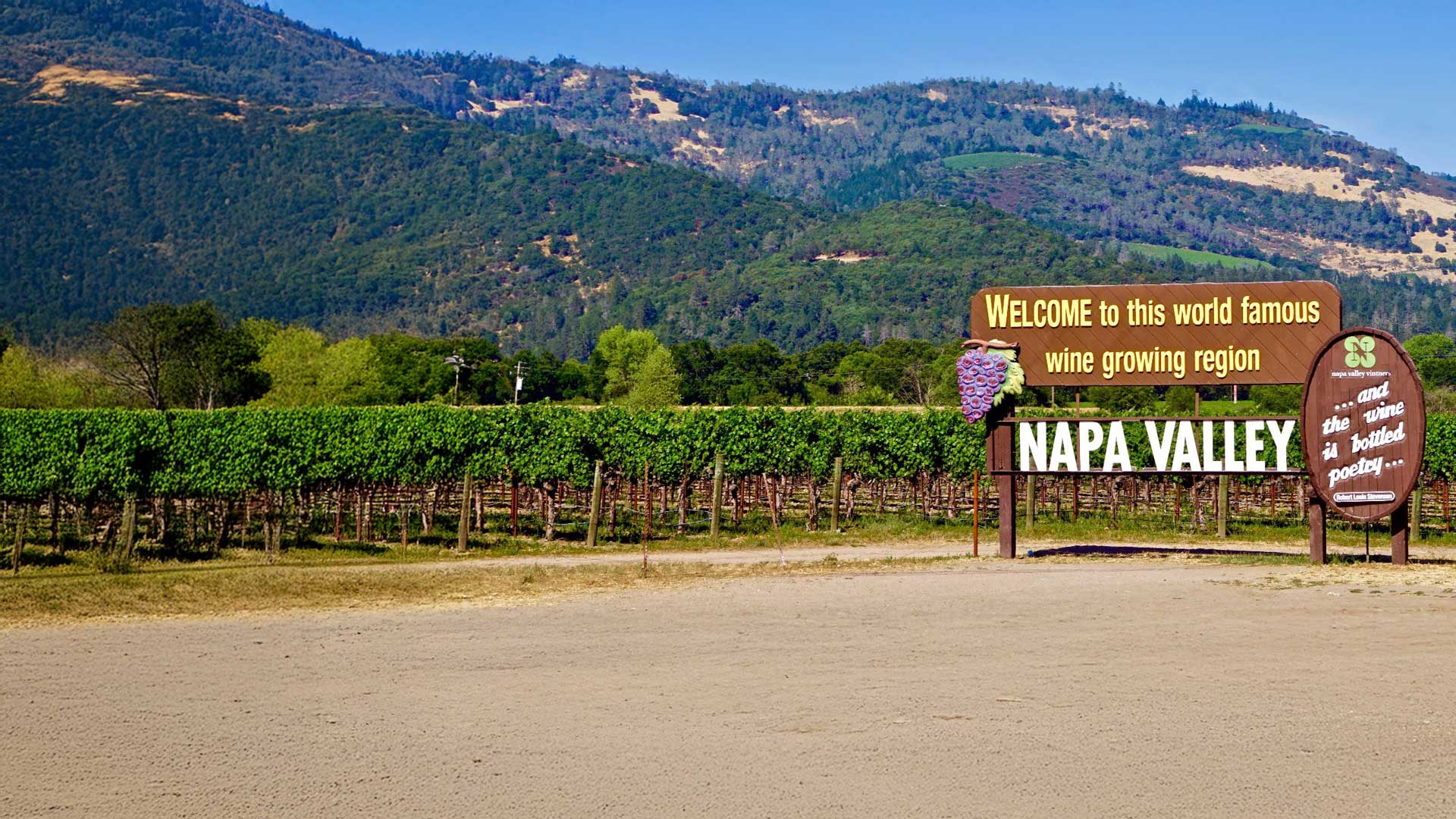
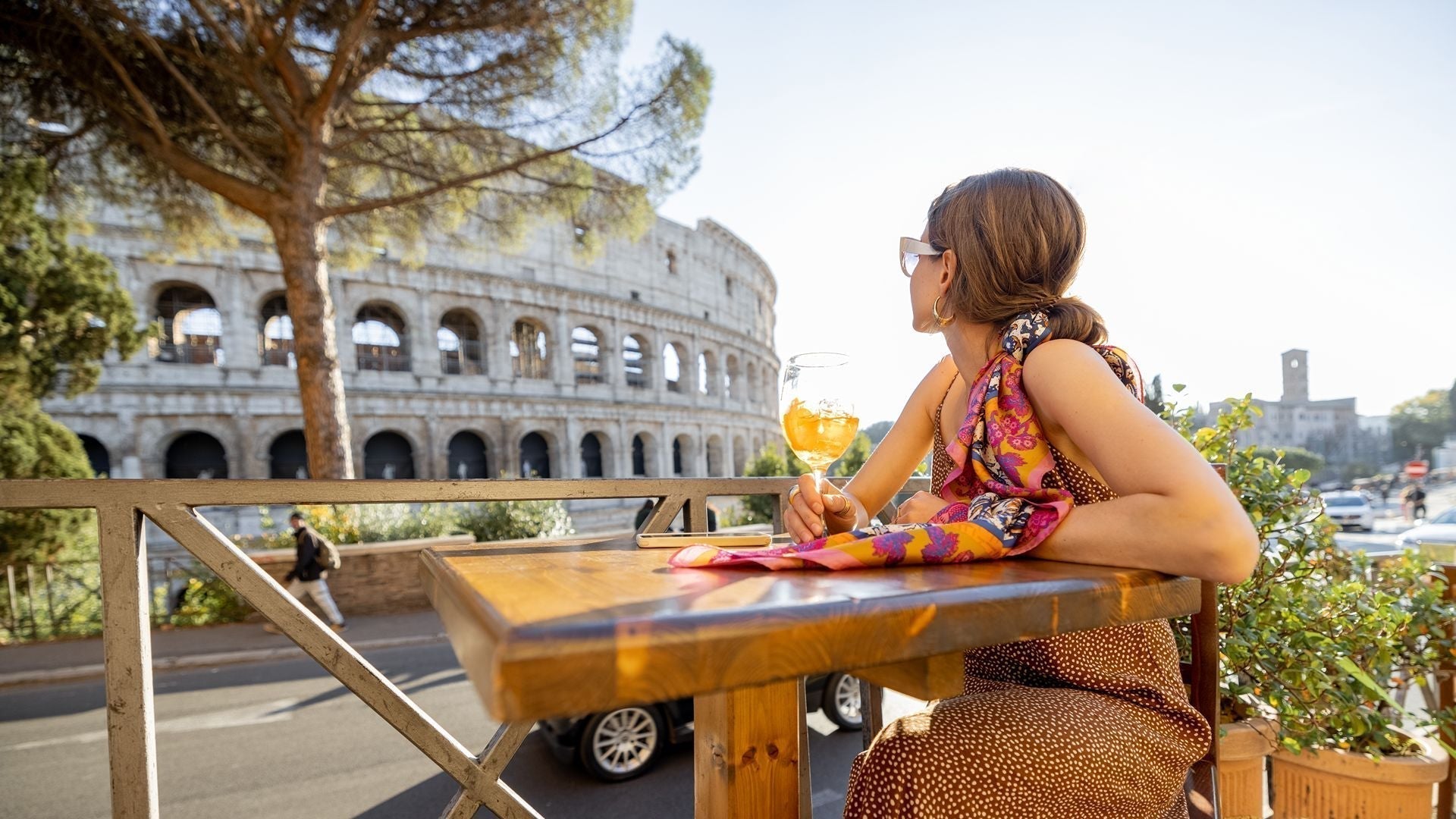
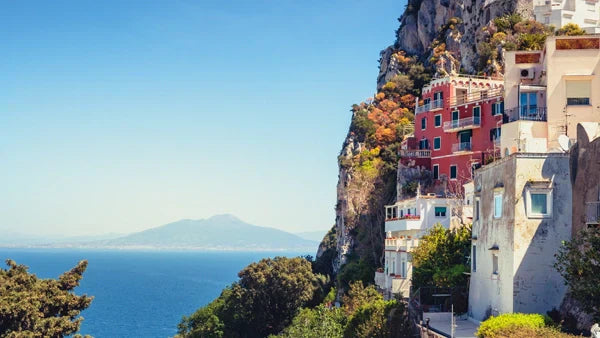
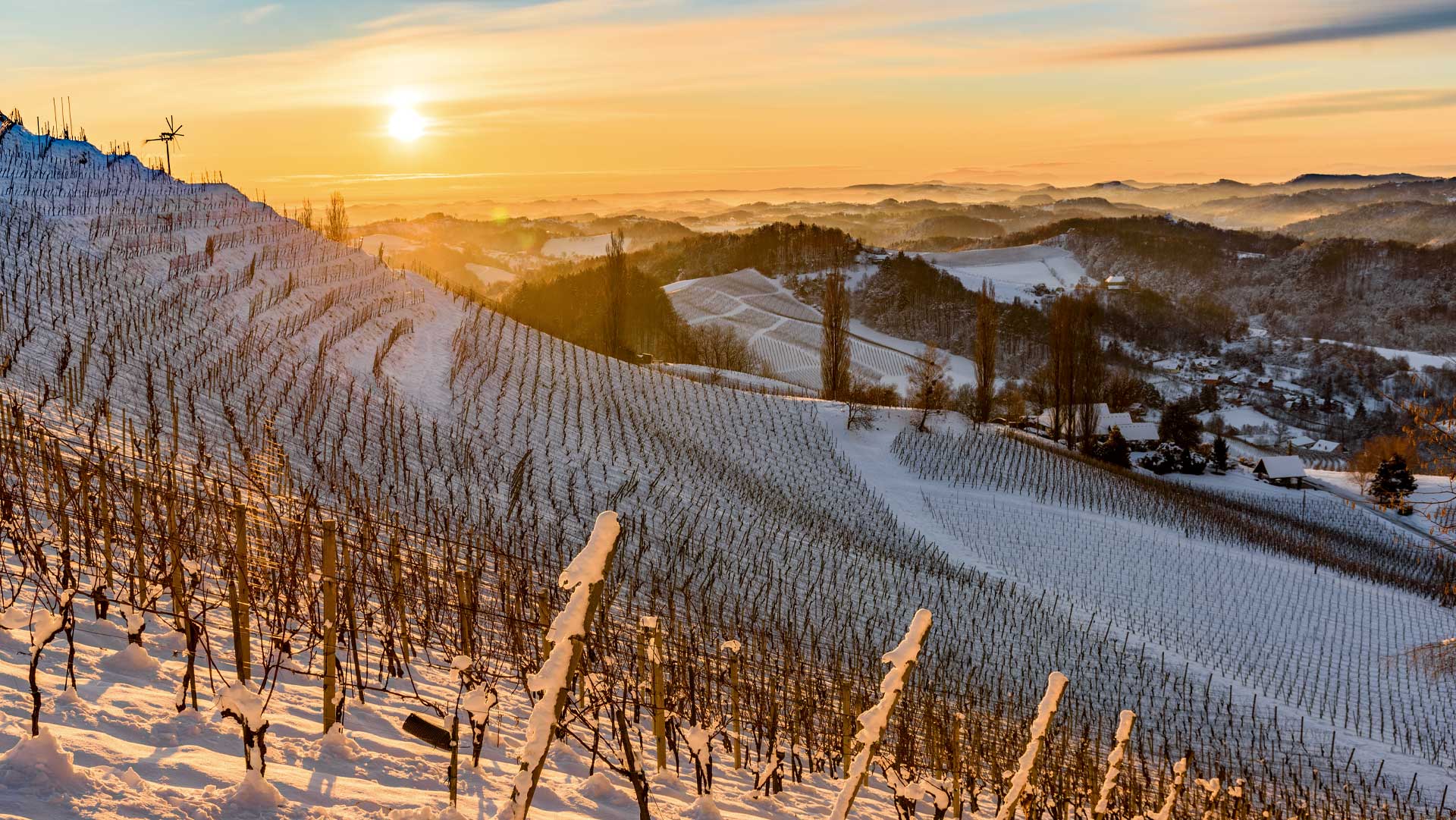
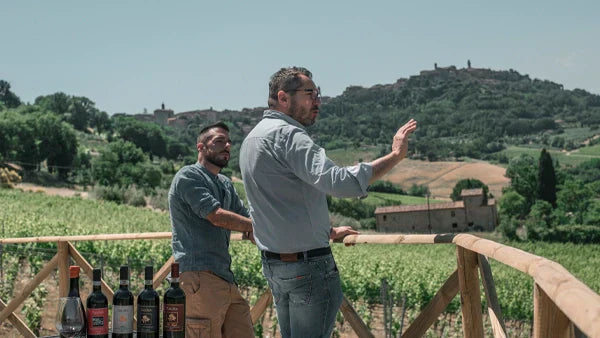

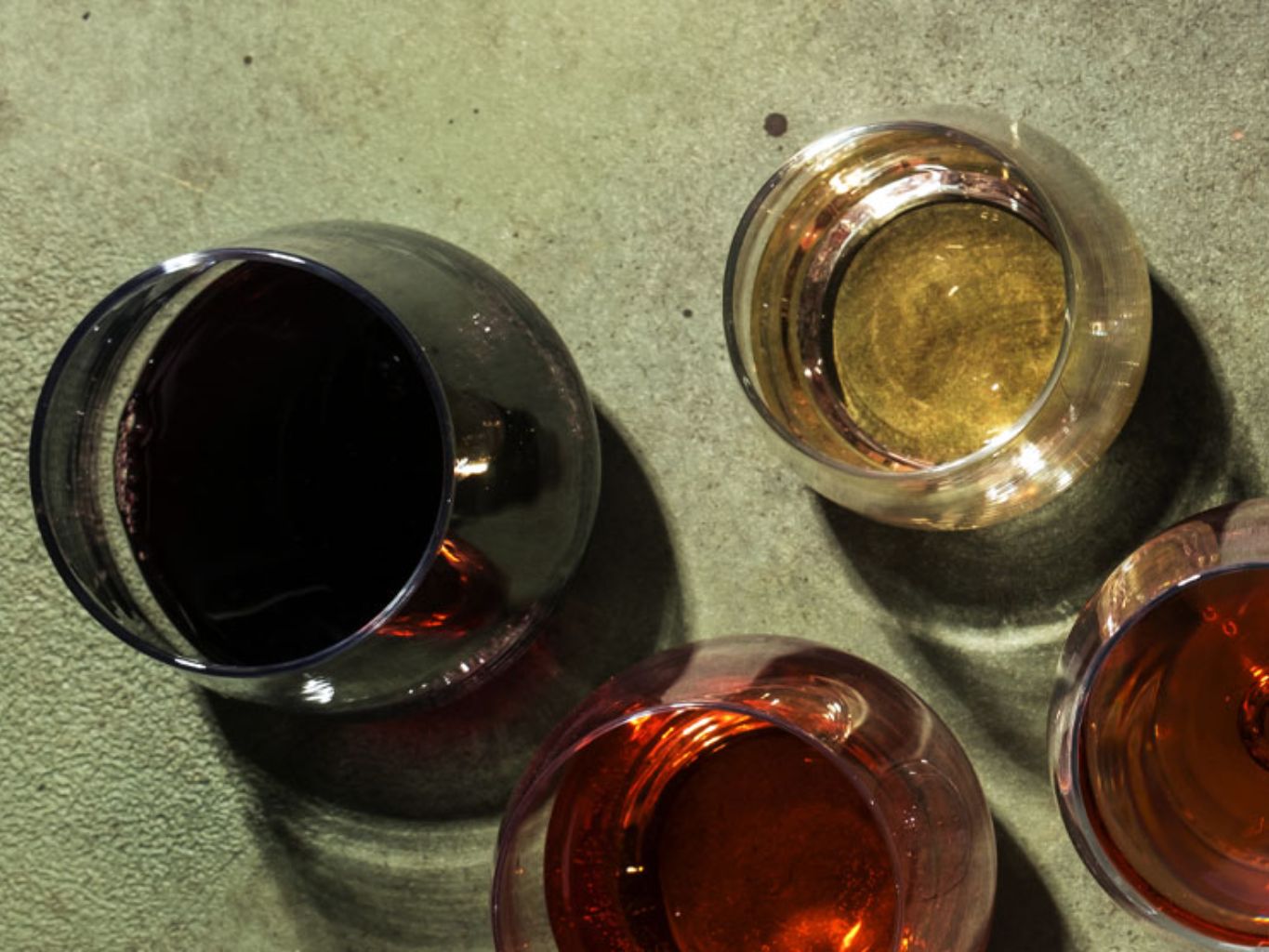
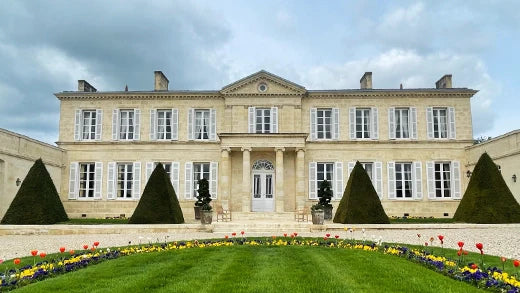
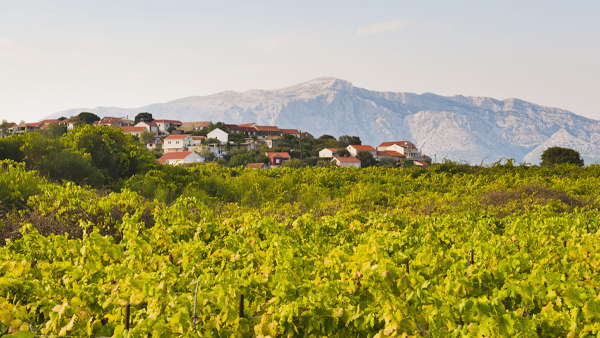
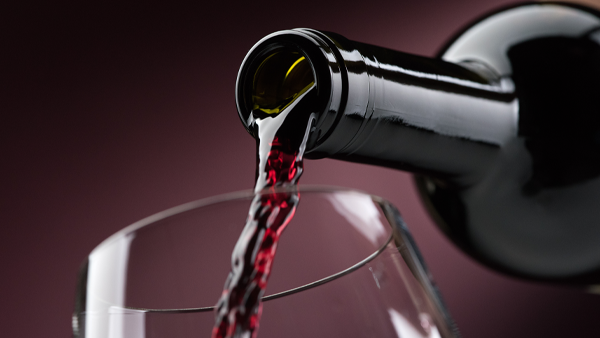
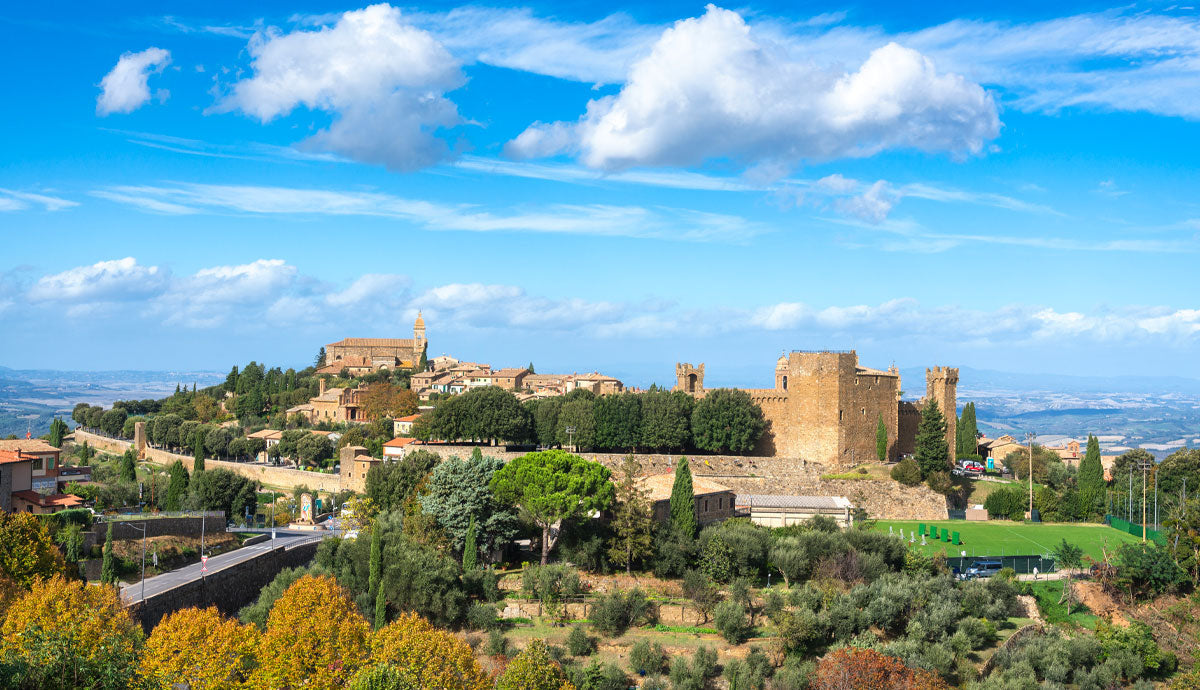
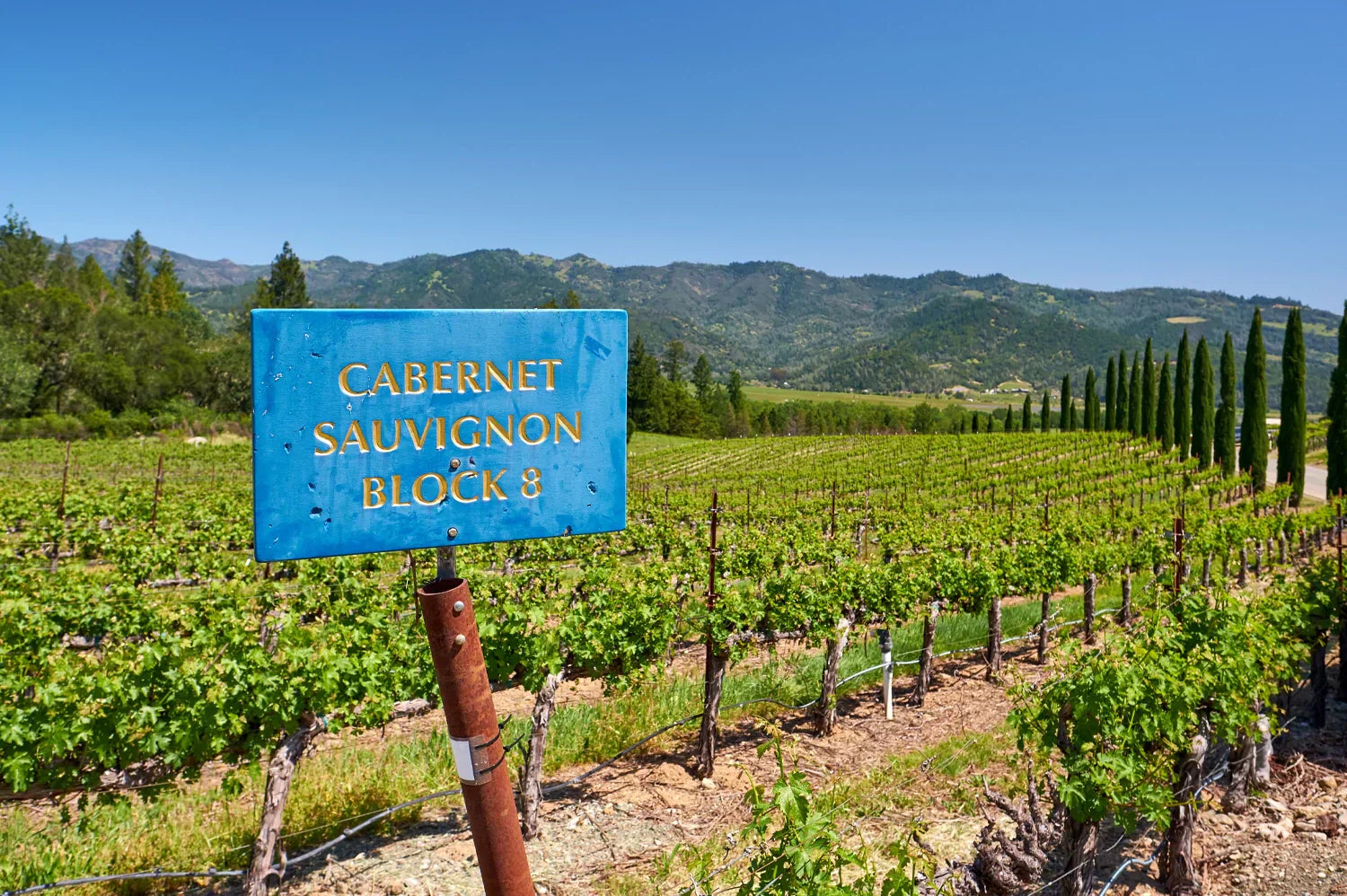
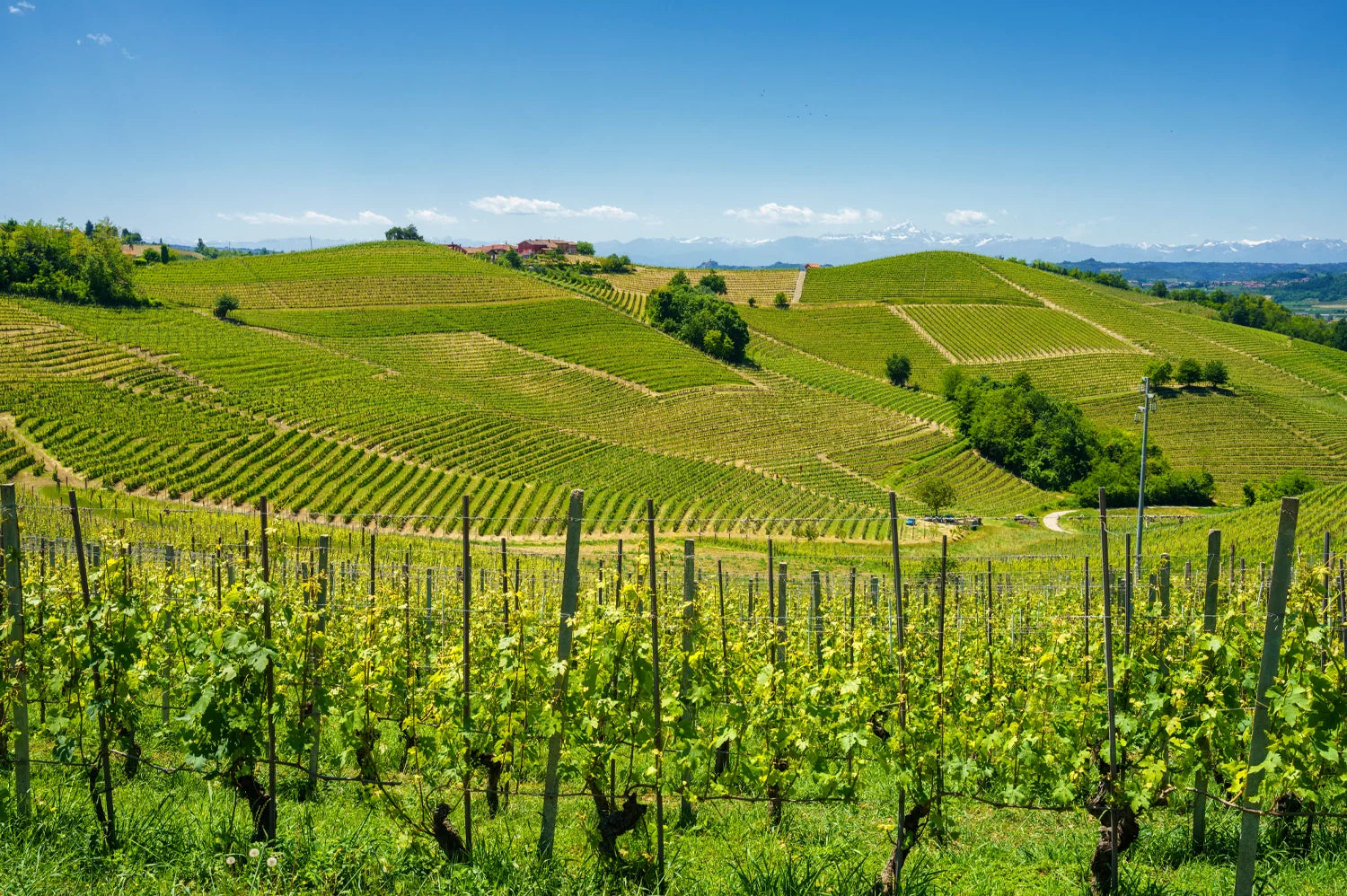
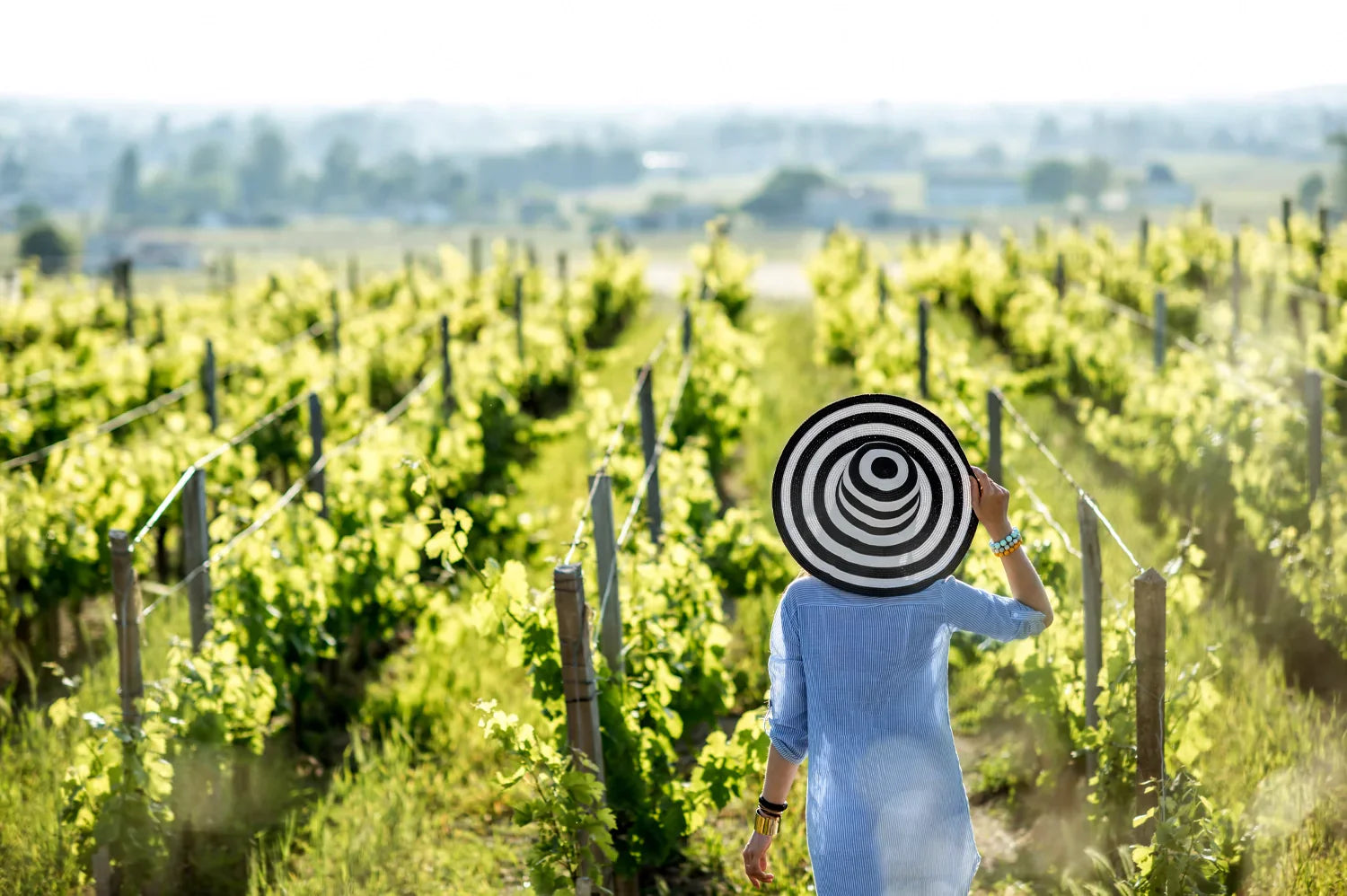
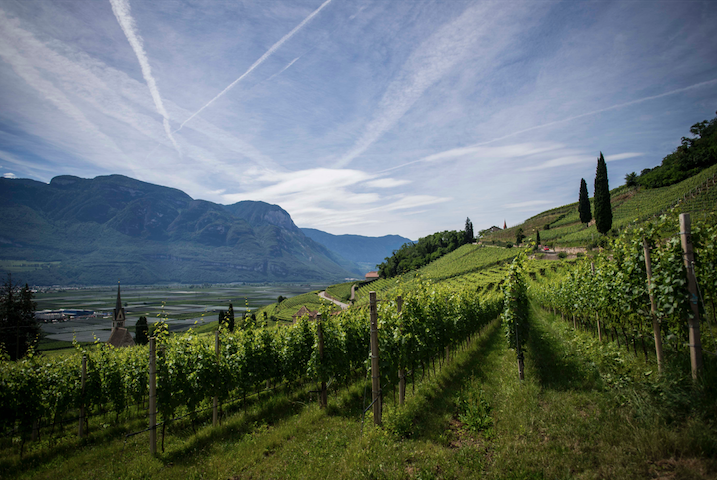
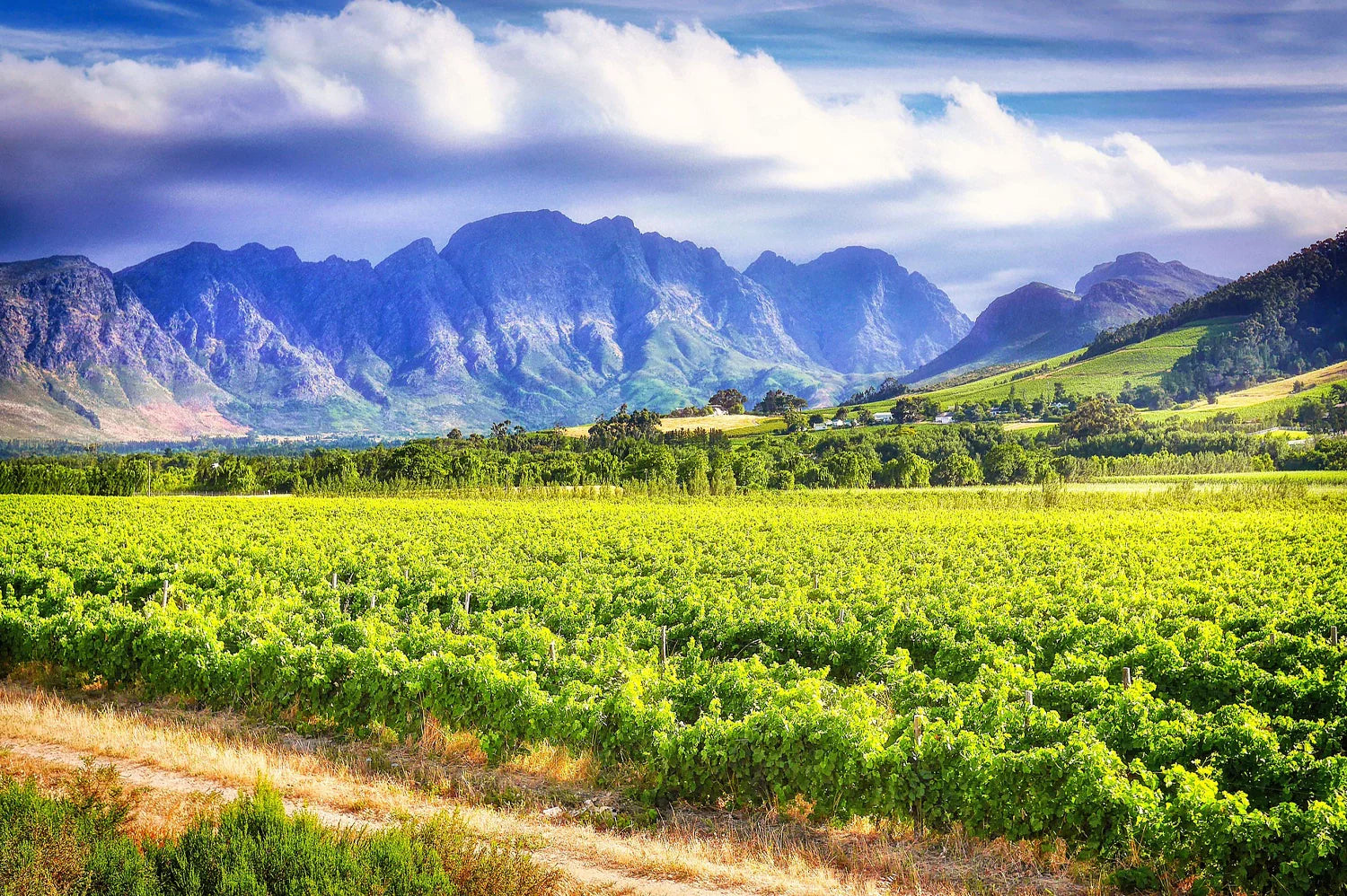
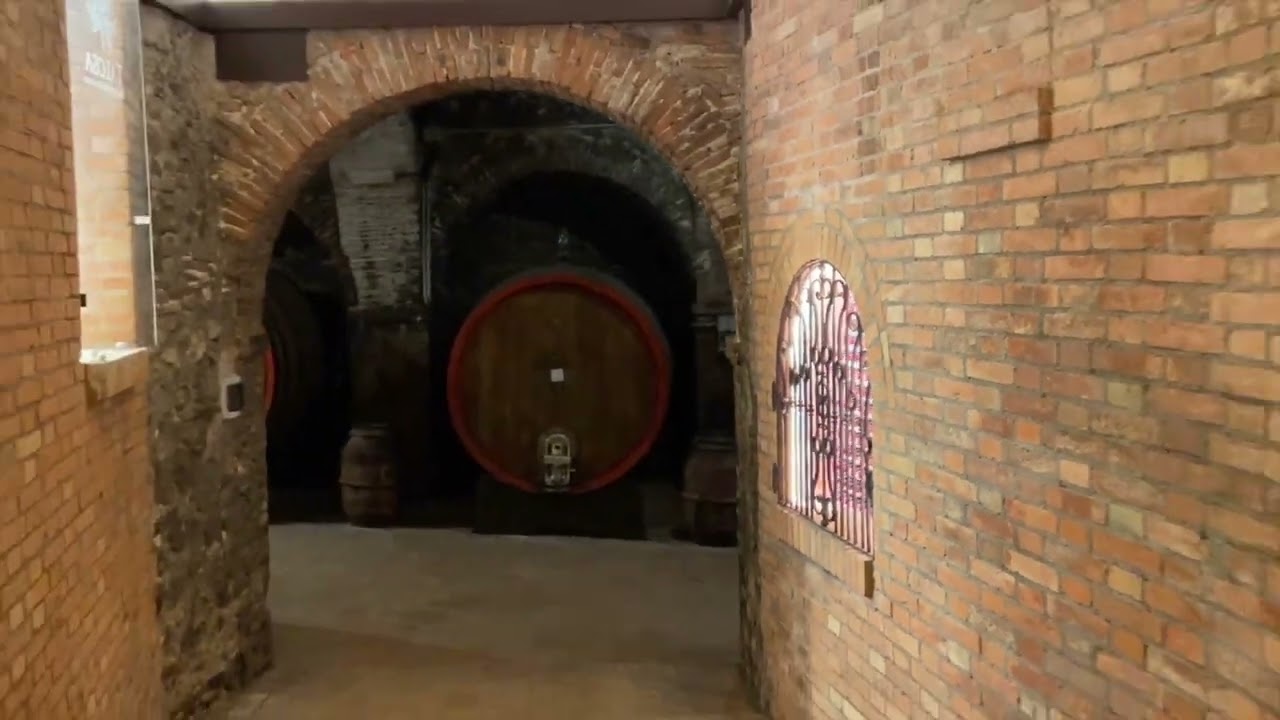
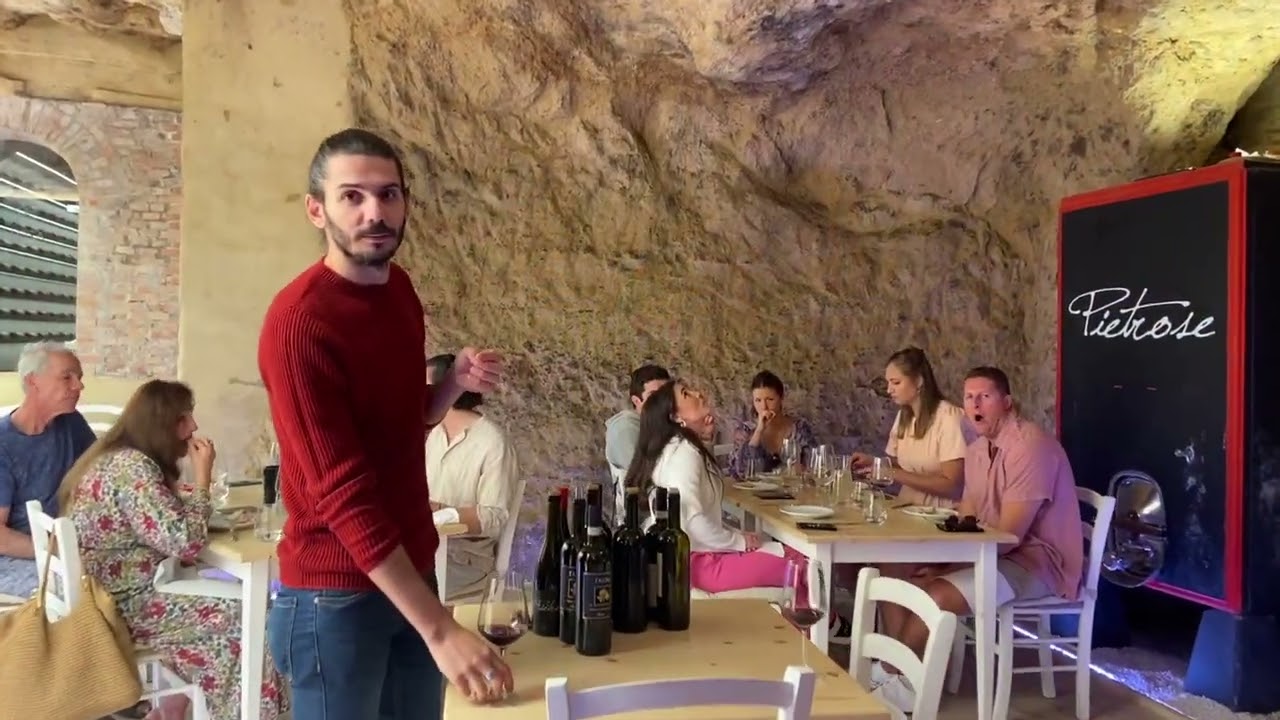
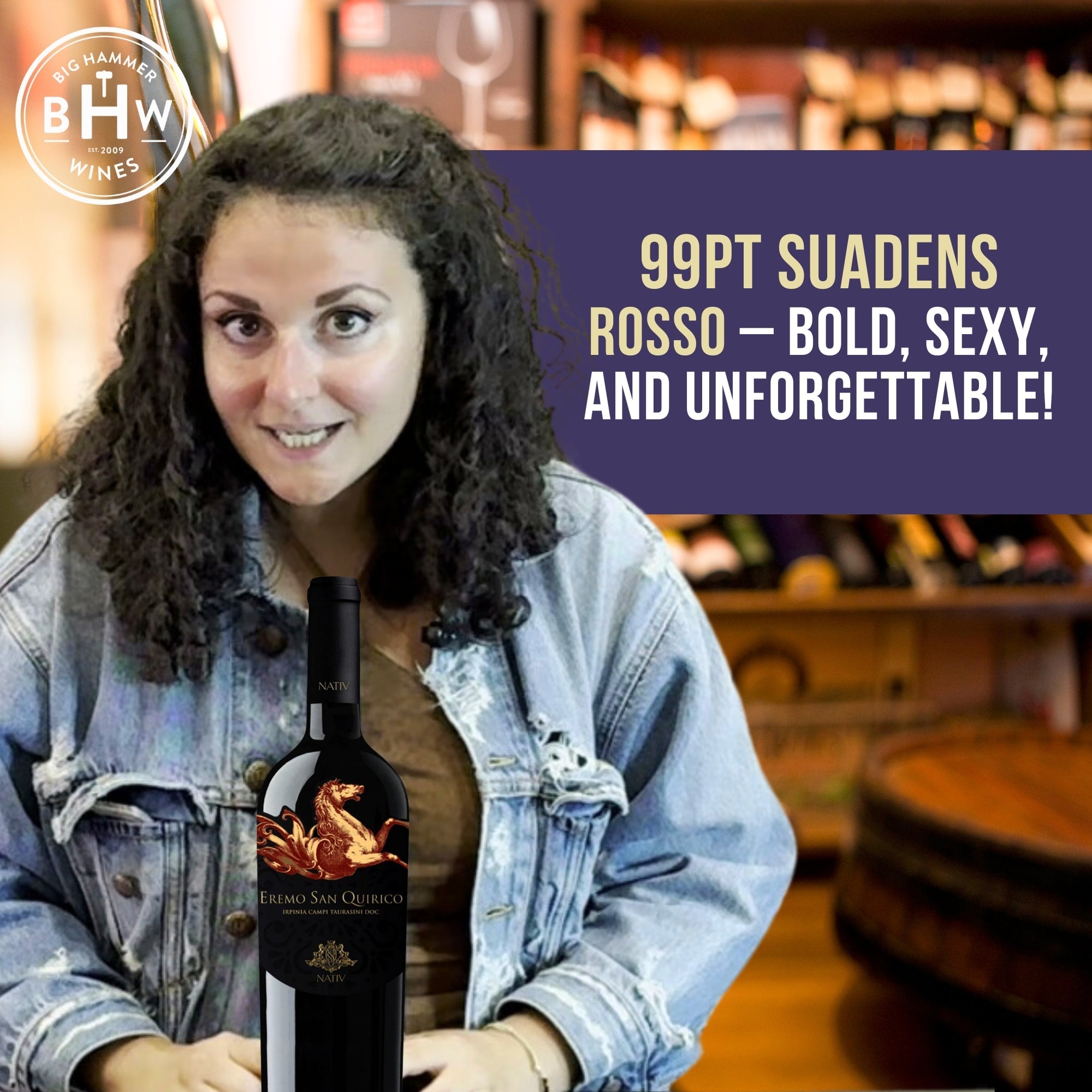
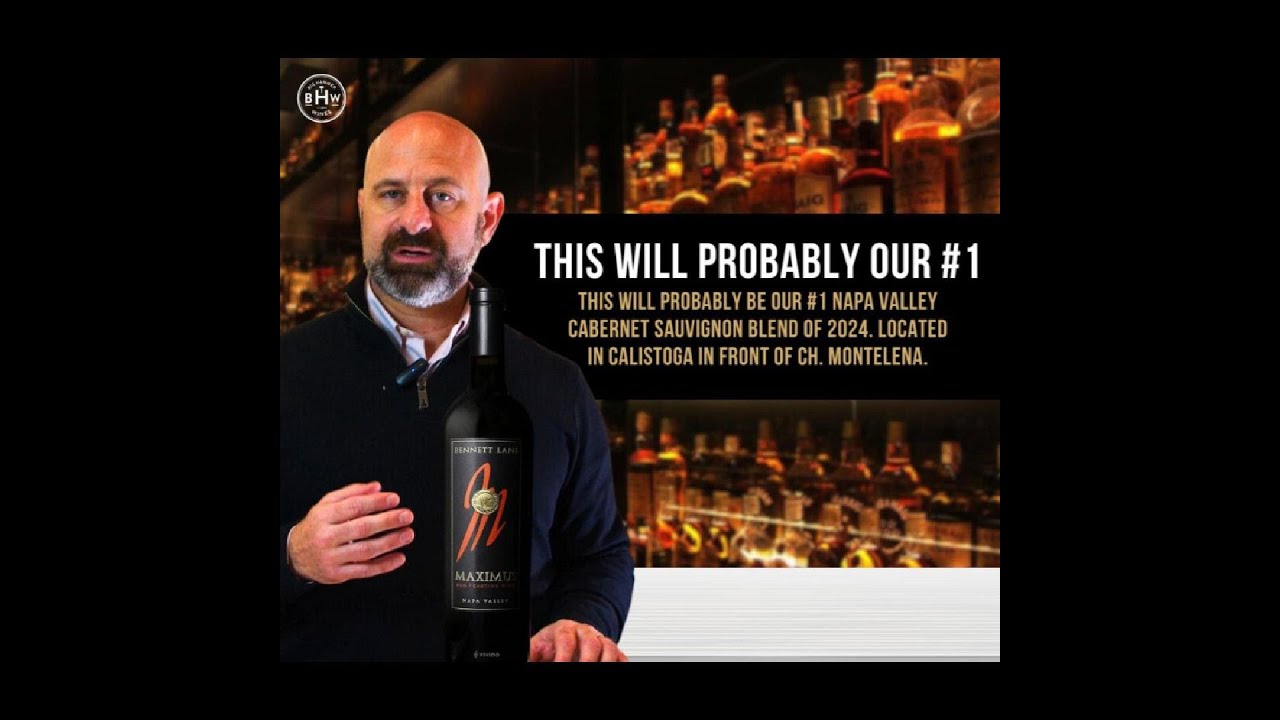
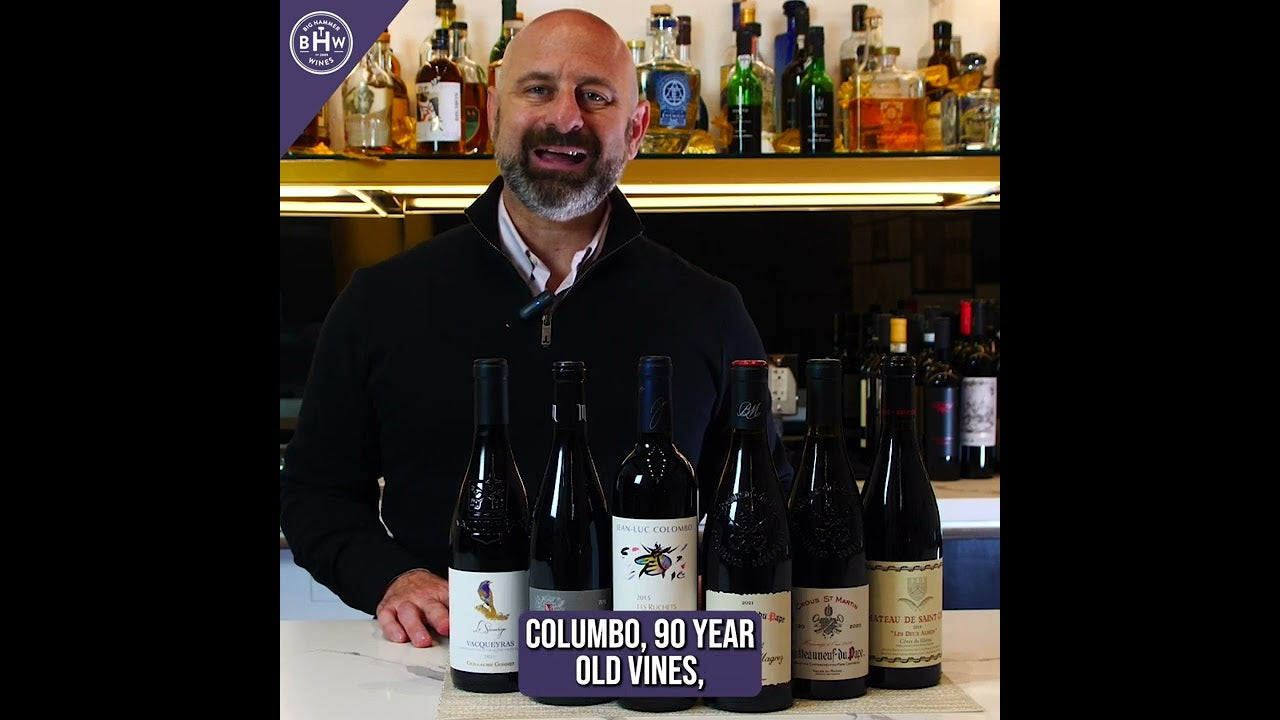
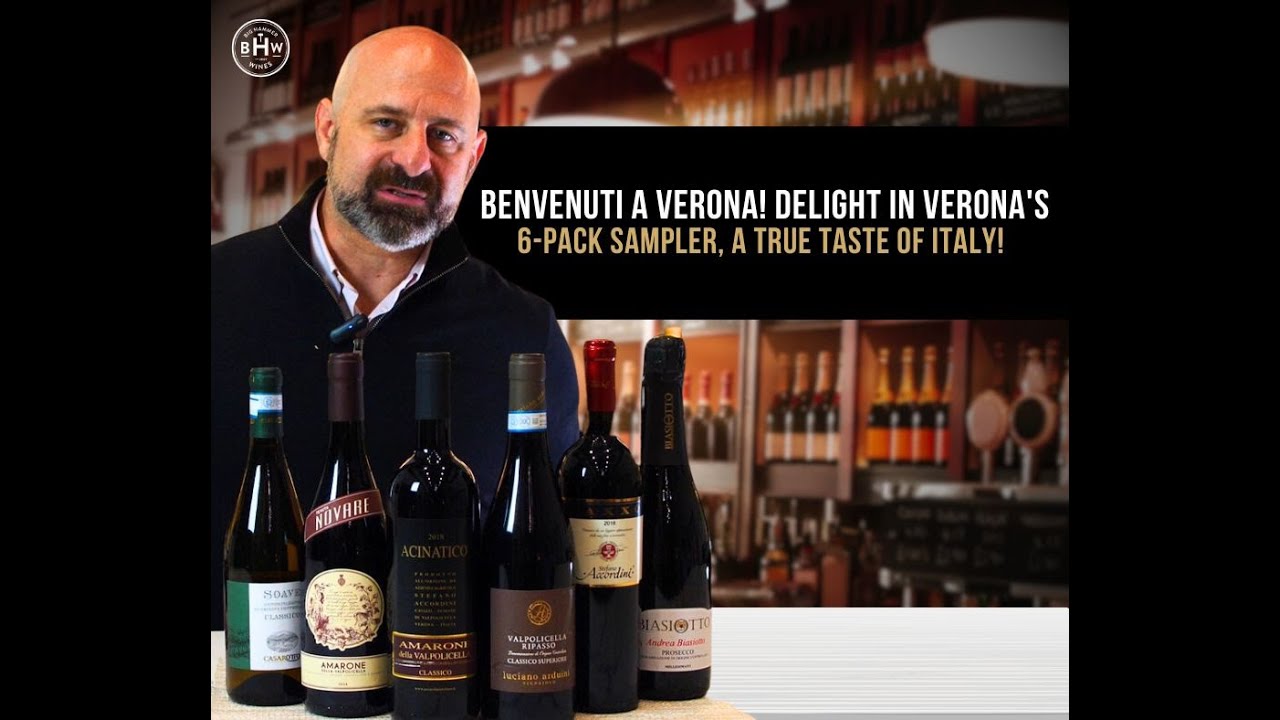
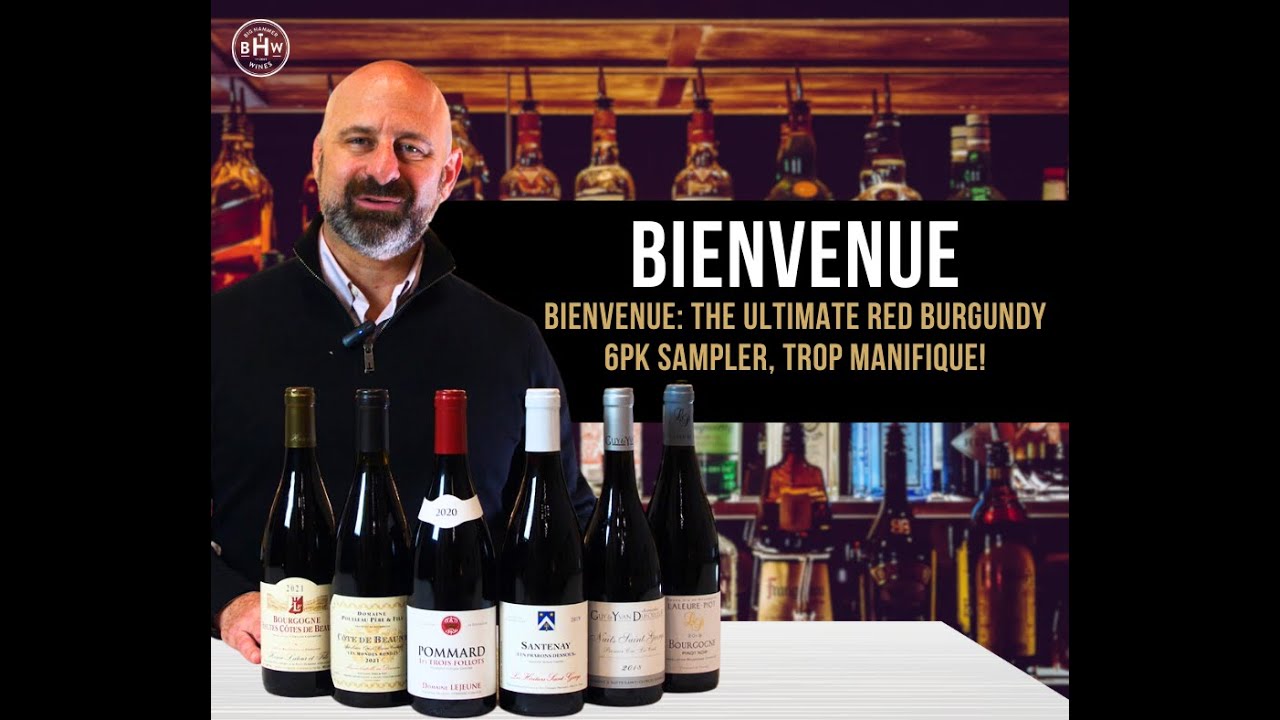
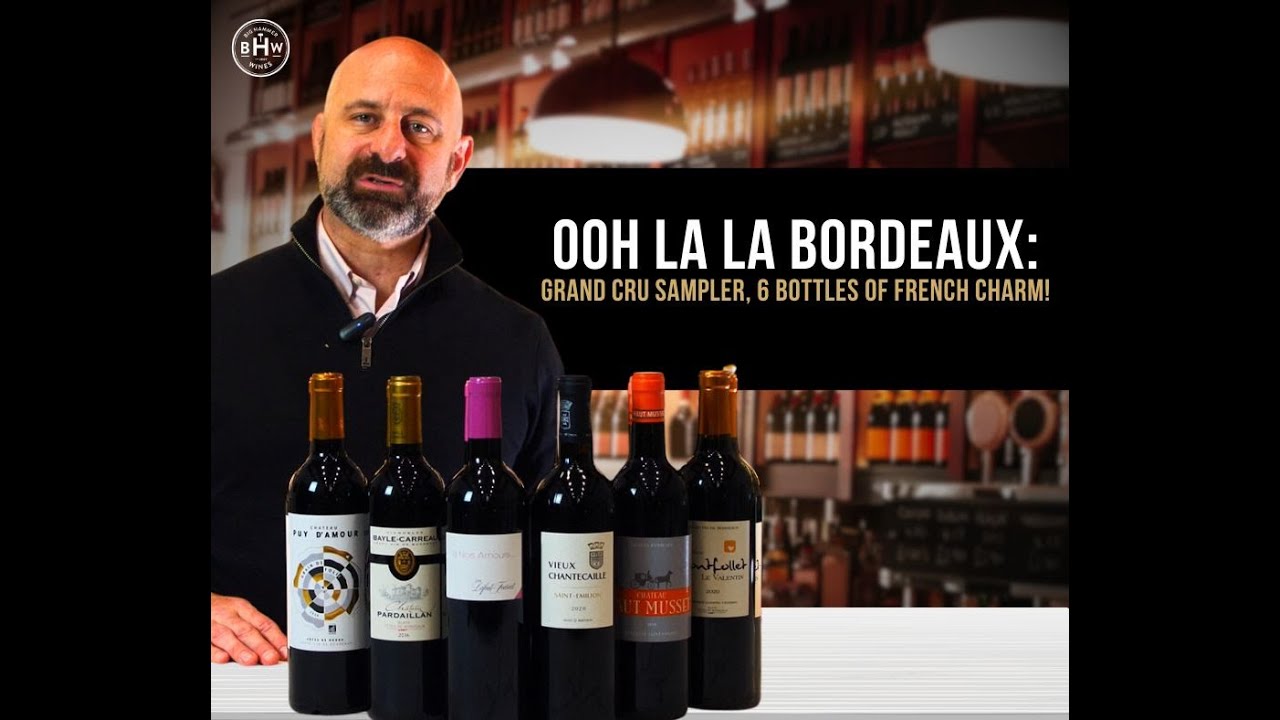
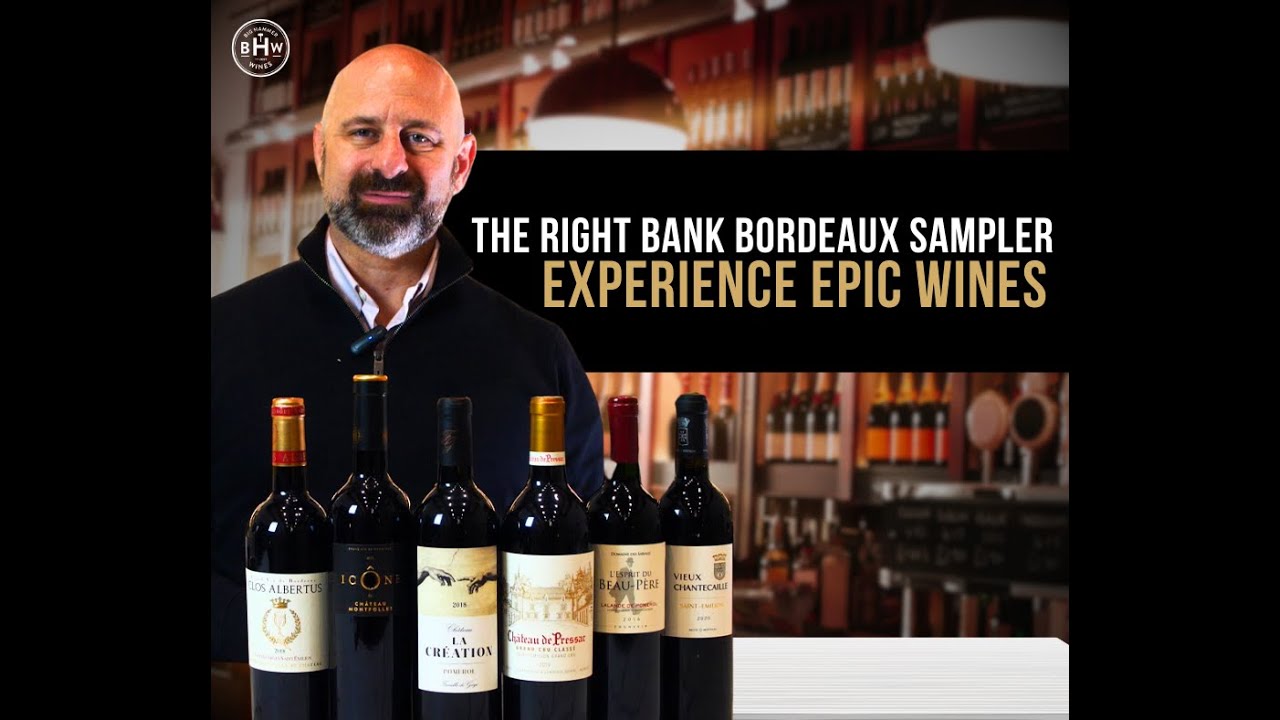
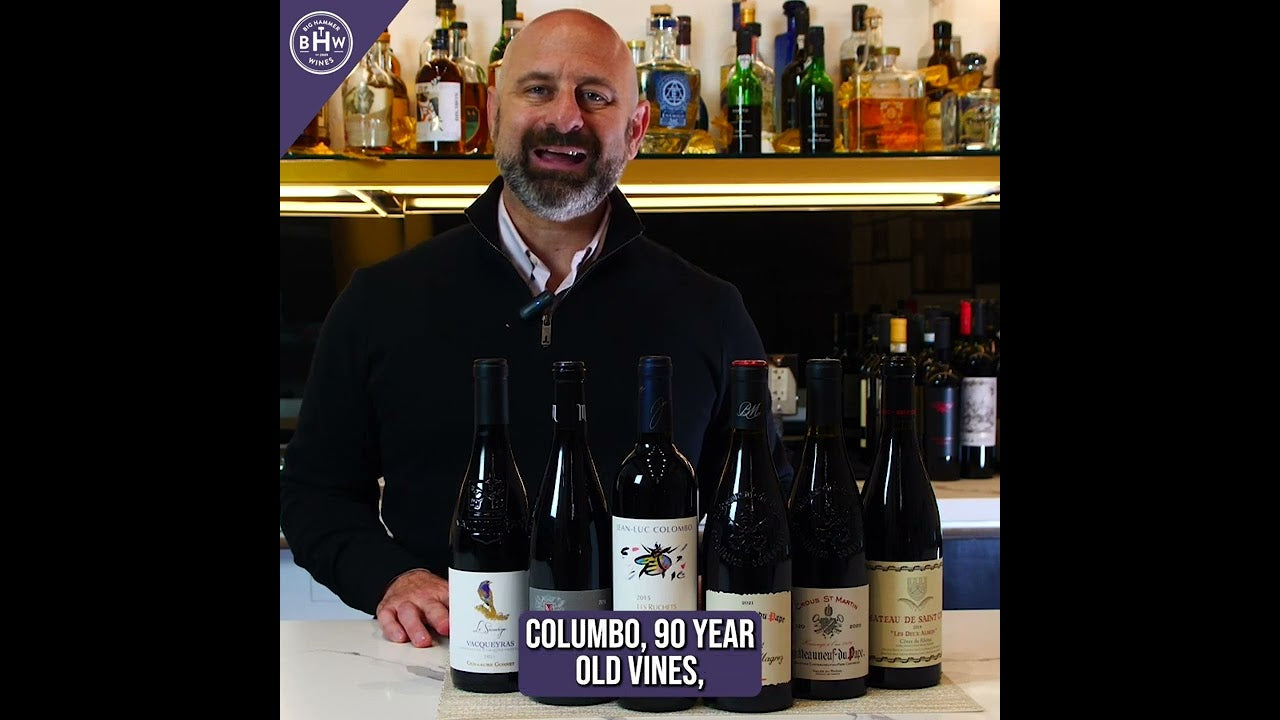
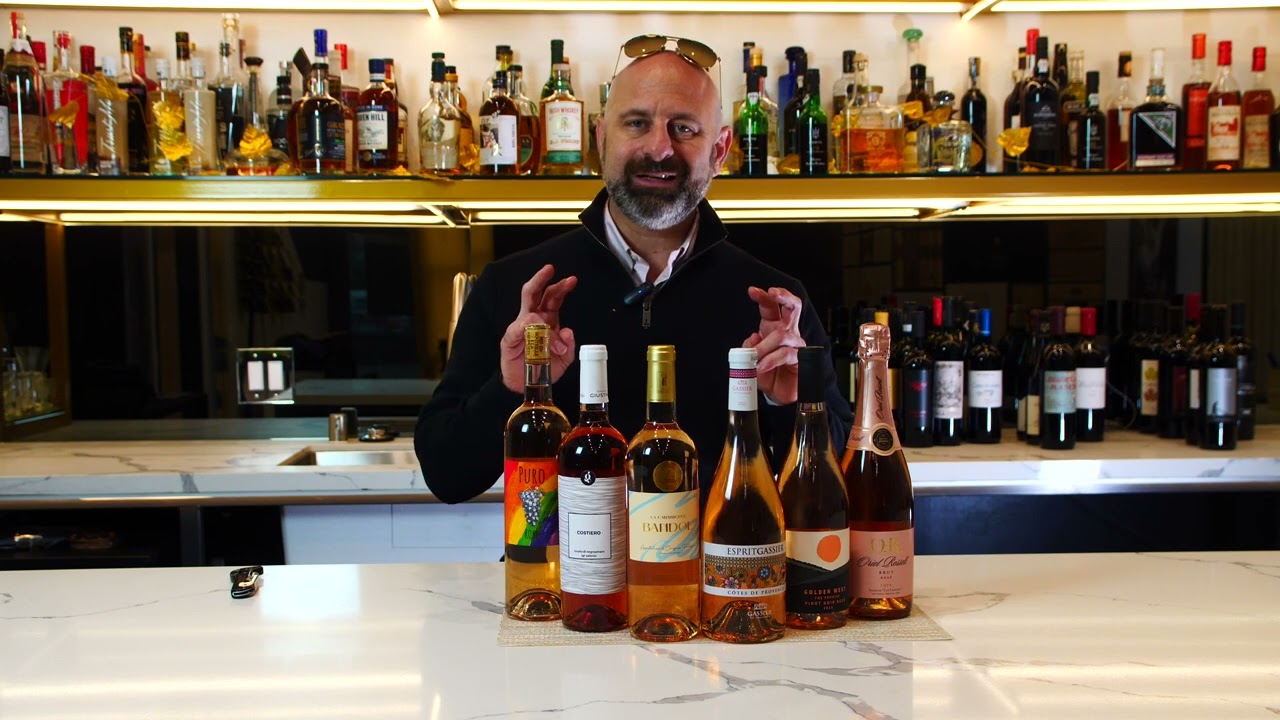
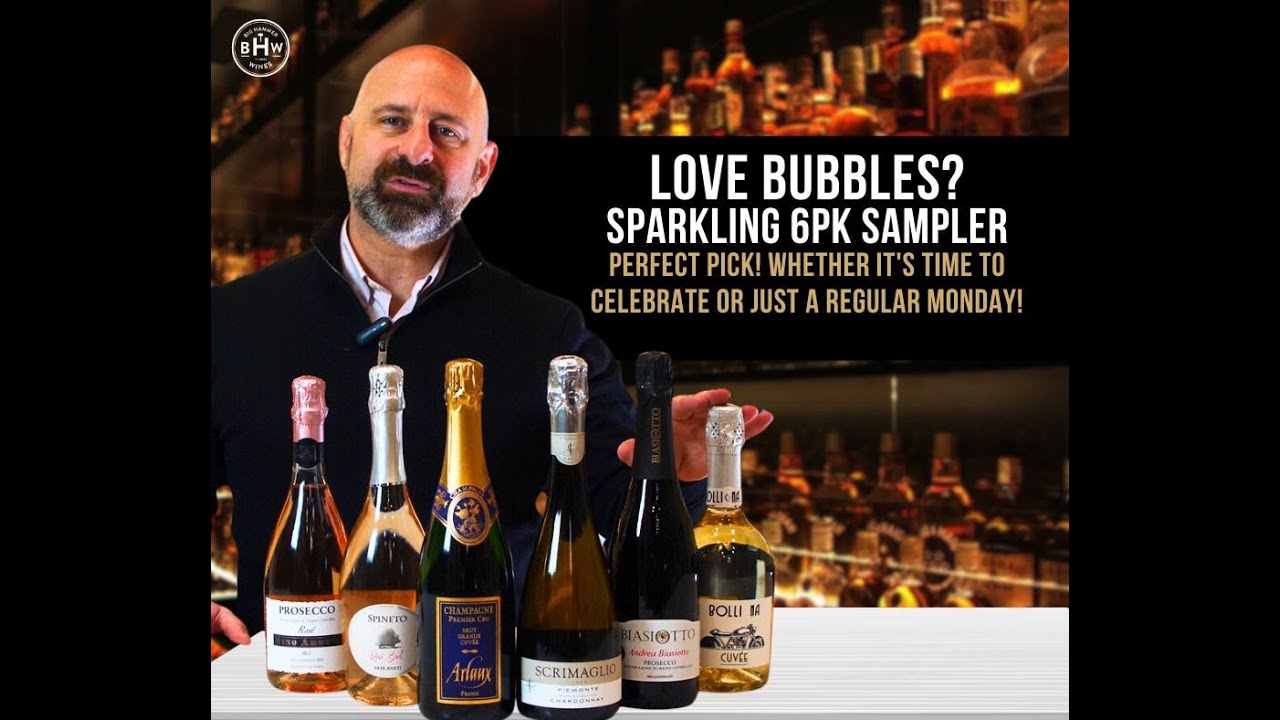
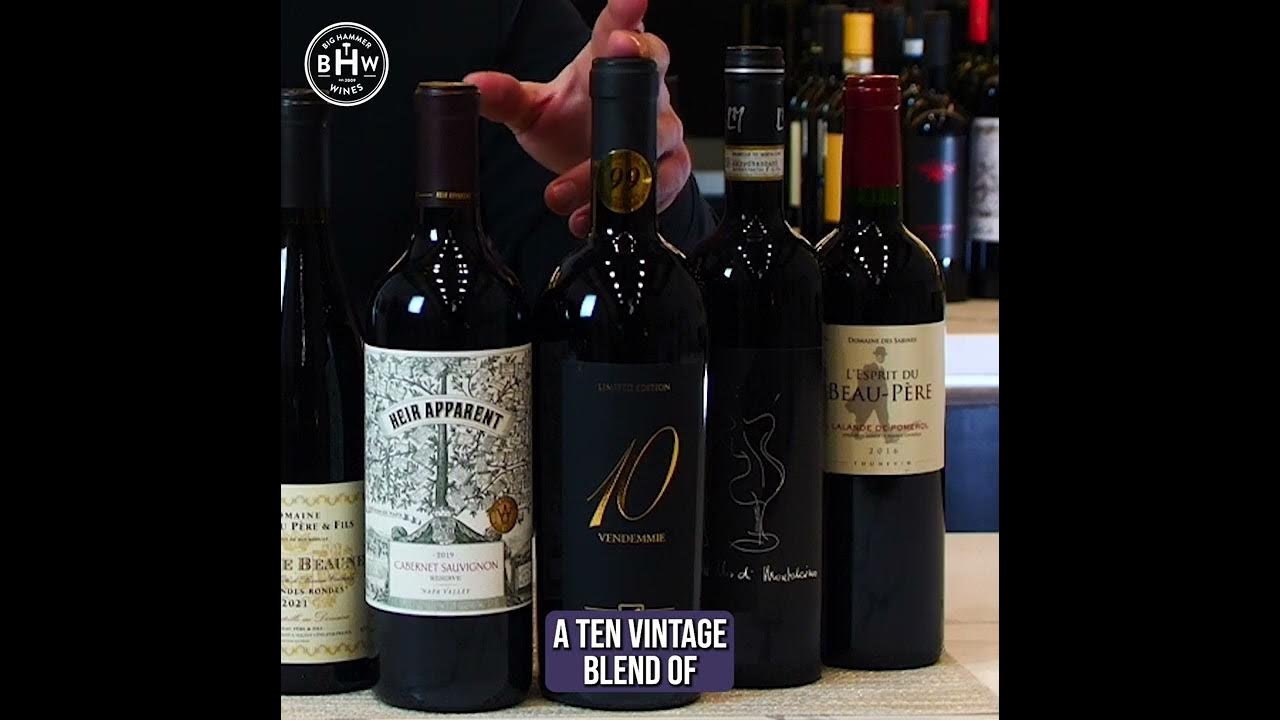
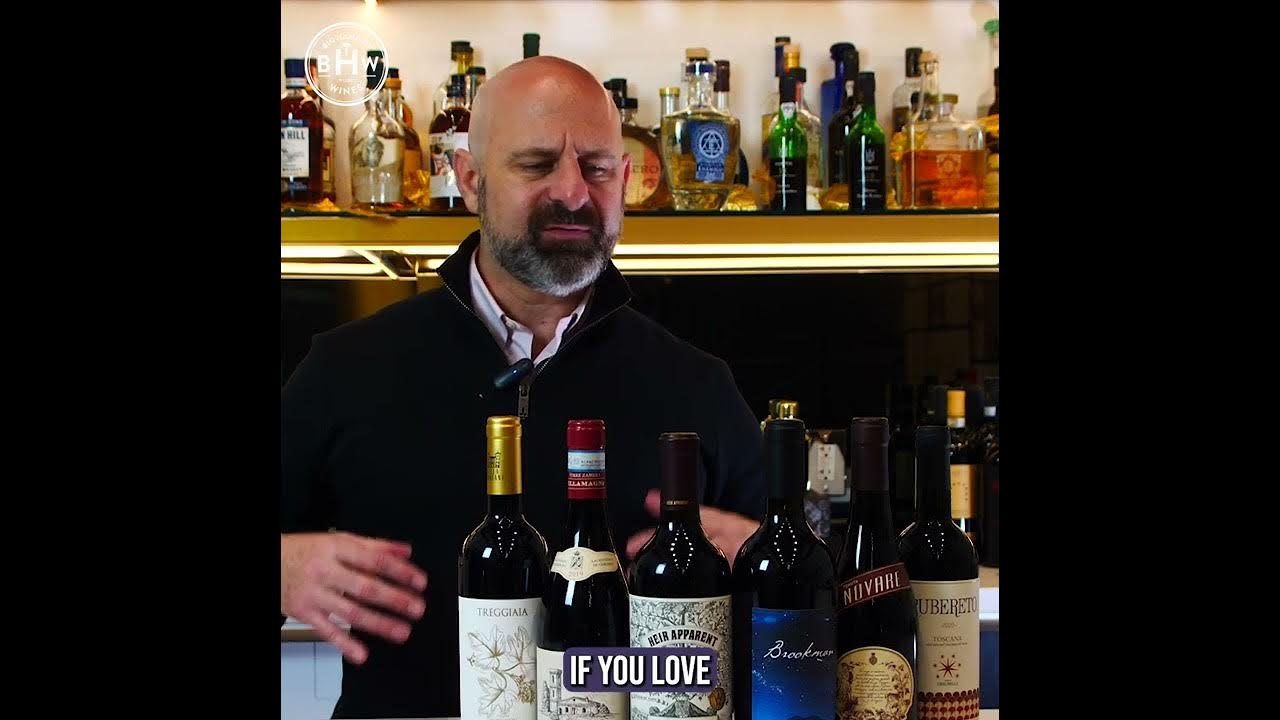
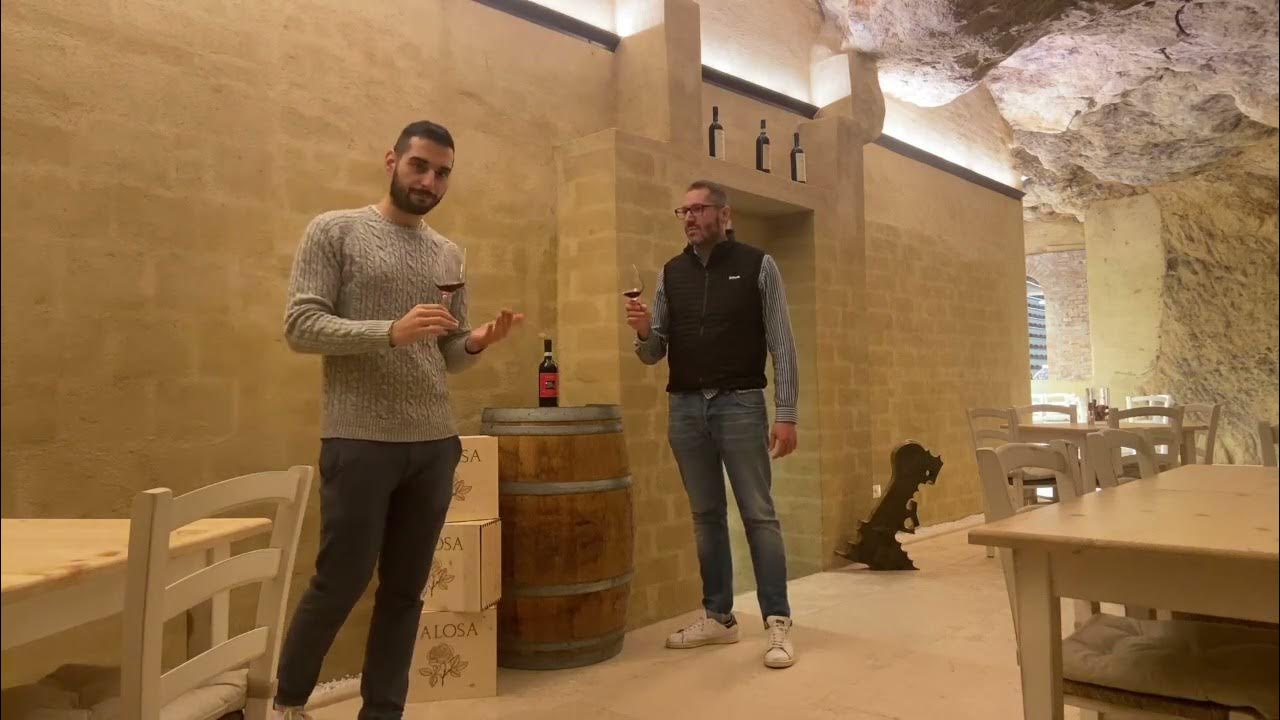
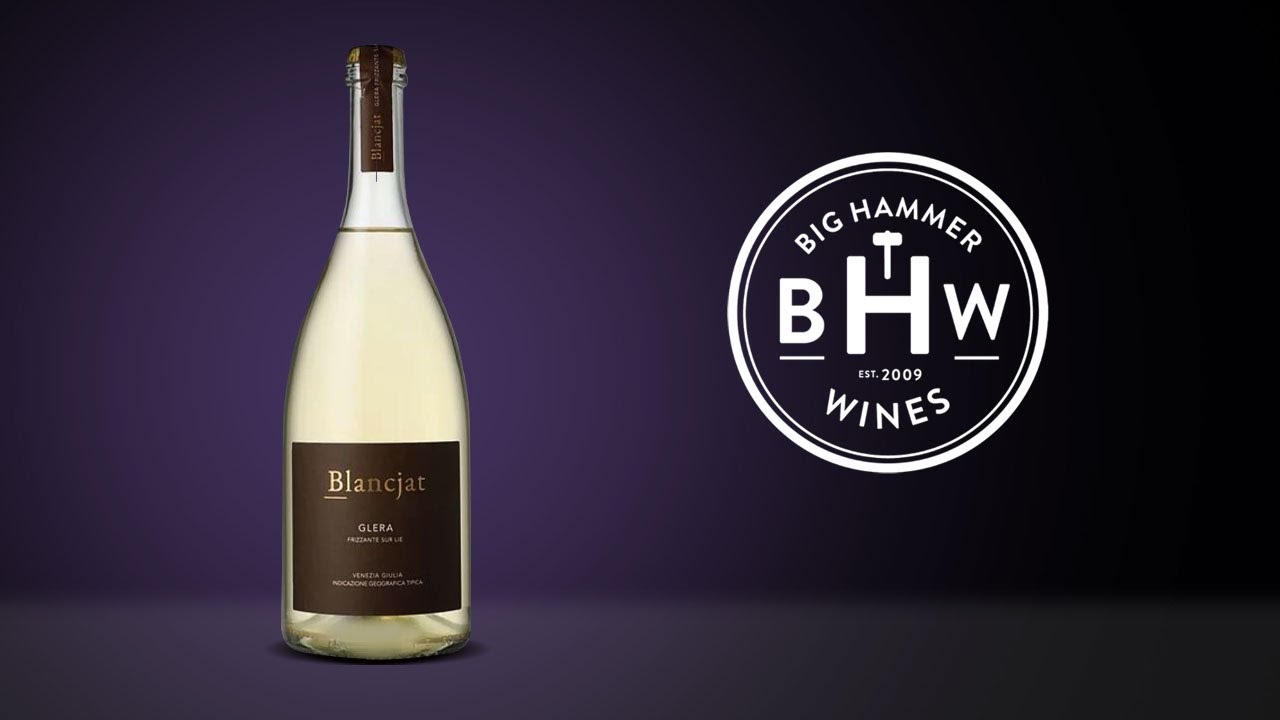
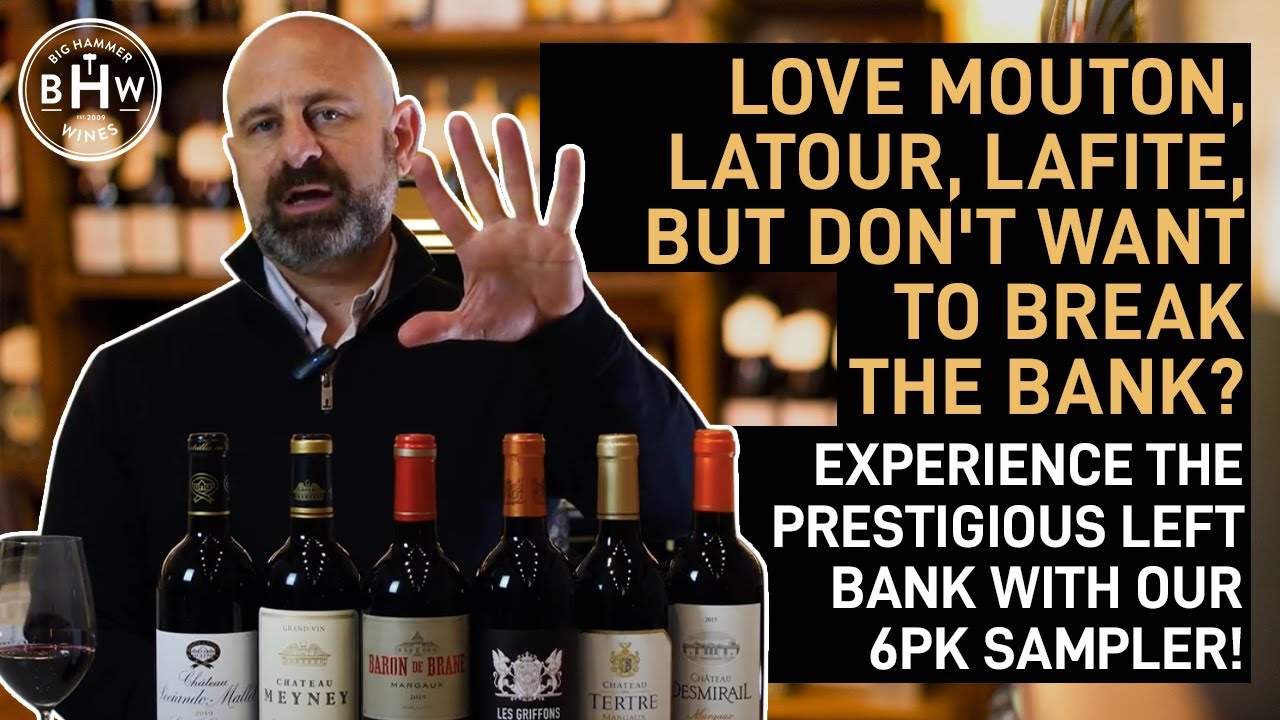
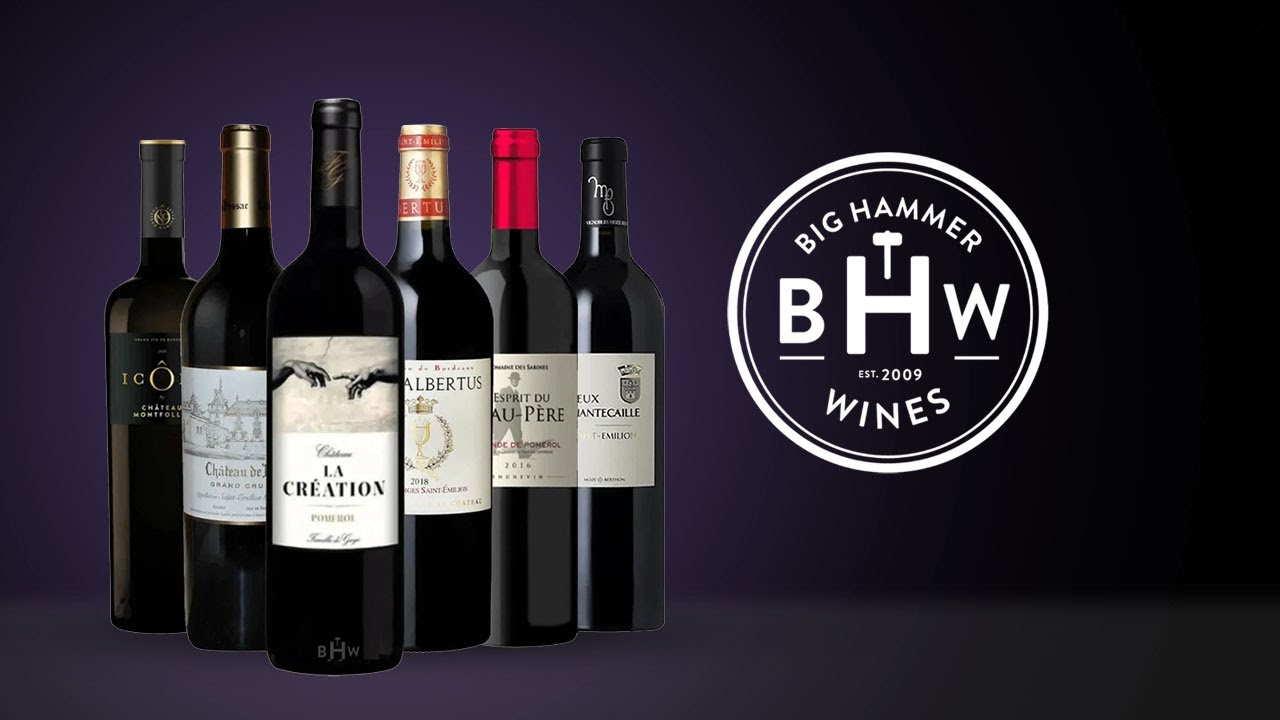
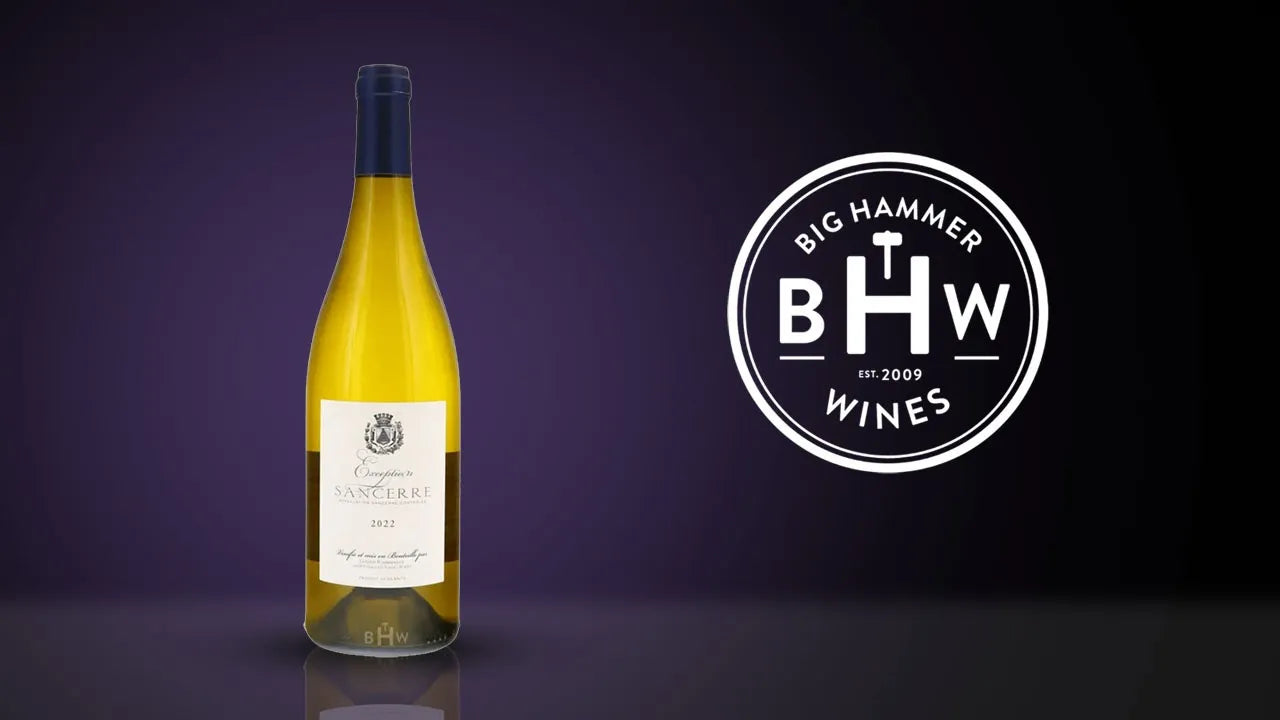
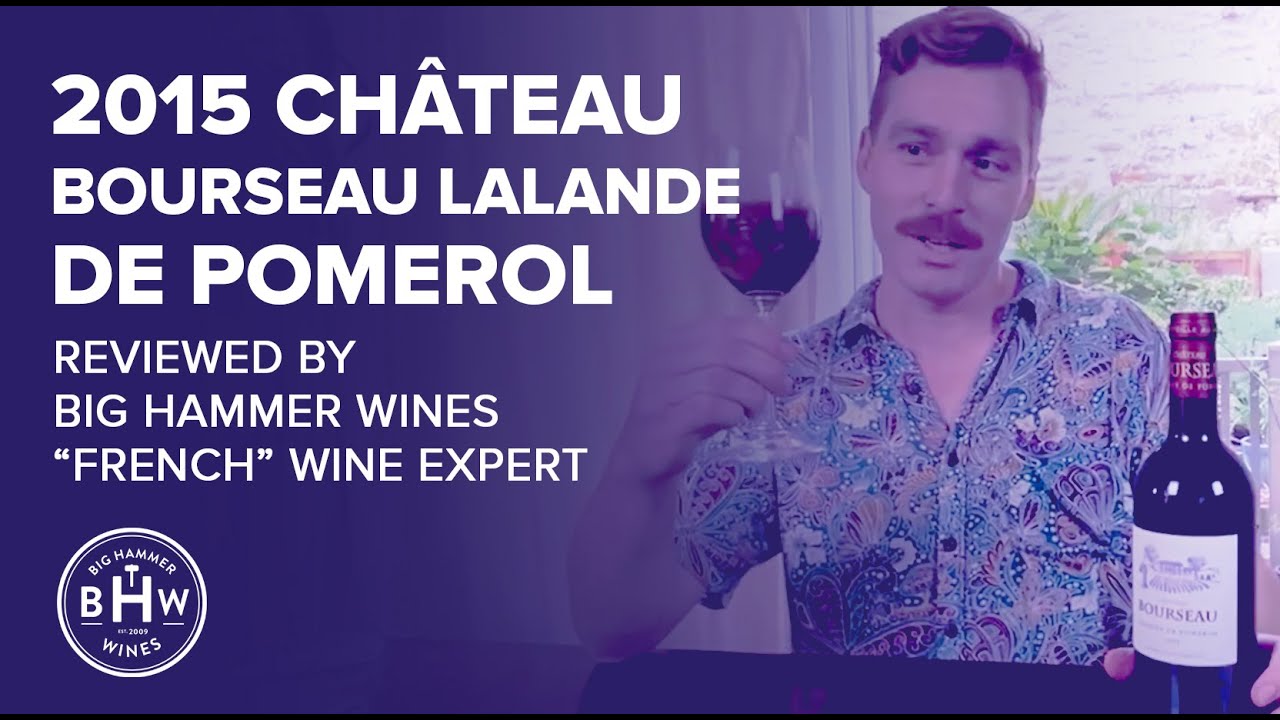
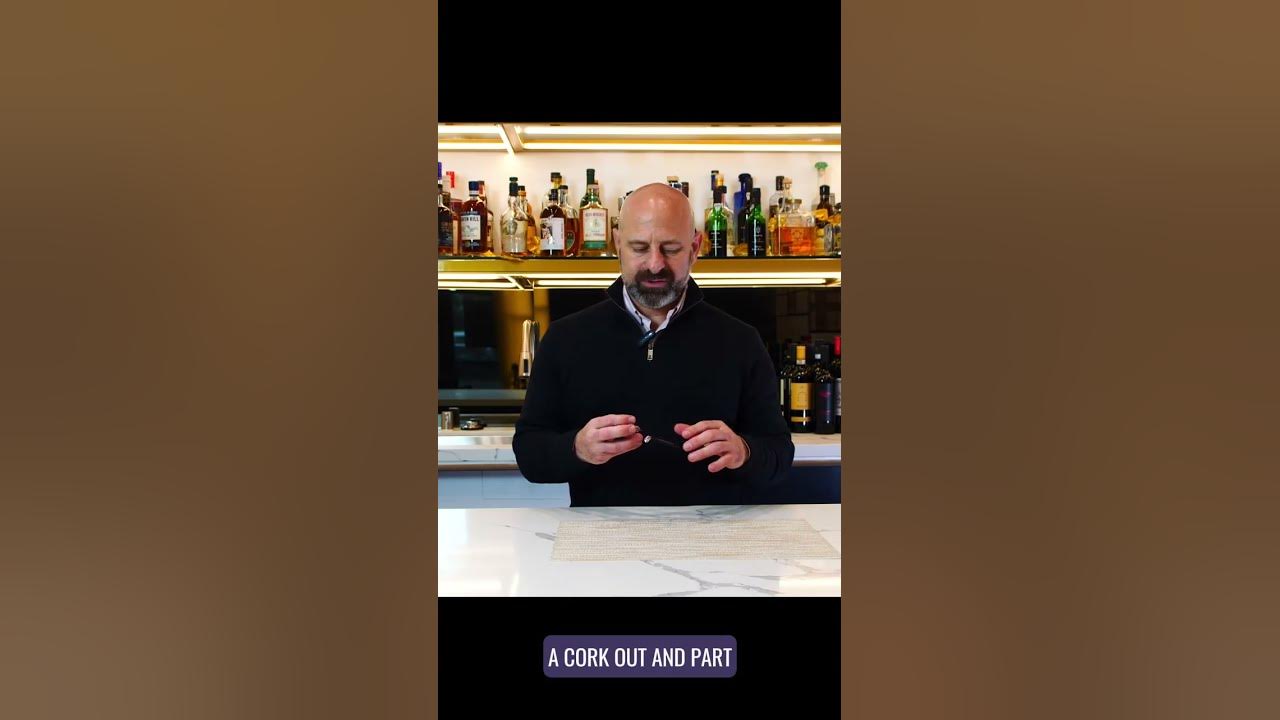
Share:
Clarificación y Filtrado del Vino: ¿Son Malos Estos Procesos? ¿Son Mejores los Vinos "Naturales"?
Guía Turística de Parras, Coahuila México
Comments Section